When you see travel guides to the UK Midlands they often mention the buzzing metropolis of Birmingham or the country towns of Warwickshire such as leafy Leamington Spa, historic Warwick with its castle, and Shakespeare’s Stratford-Upon-Avon. But the city of Coventry is often ignored, which is a shame because it has a lot of history. There are plenty of things to do in Coventry.
Sent To Coventry
Coventry has great transport connections and is easy to reach from all parts of the UK. It’s just an hour away from London on the train.
History of Coventry – From Capital of England to Ghost Town
Coventry has a long and rich history but little is known about its origins. It is thought that a settlement was established around a nunnery to St Osburga in Saxon times. The name is thought to have originated from the phrase ‘cofa tree’ although no one really know what a cofa is.
Coventry’s most famous legend is that of Lady Godiva who was the wife of the Leofric, Earl of Mercia, who had founded a Benedictine monastery in Coventry in 1043. Leofric was one of the most important people in the country and imposed crippling taxes on the citizens of Coventry. Lady Godiva took pity on them and asked her husband to reduce the burden but he refused… unless she agreed to ride through the city naked. Which she did. And, in gratitude, the people of Coventry averted their eyes… except for one person: the Peeping Tom.
There is a statue to Godiva in Broadgate and Peeping Tom can also be found in the vicinity if you look carefully.
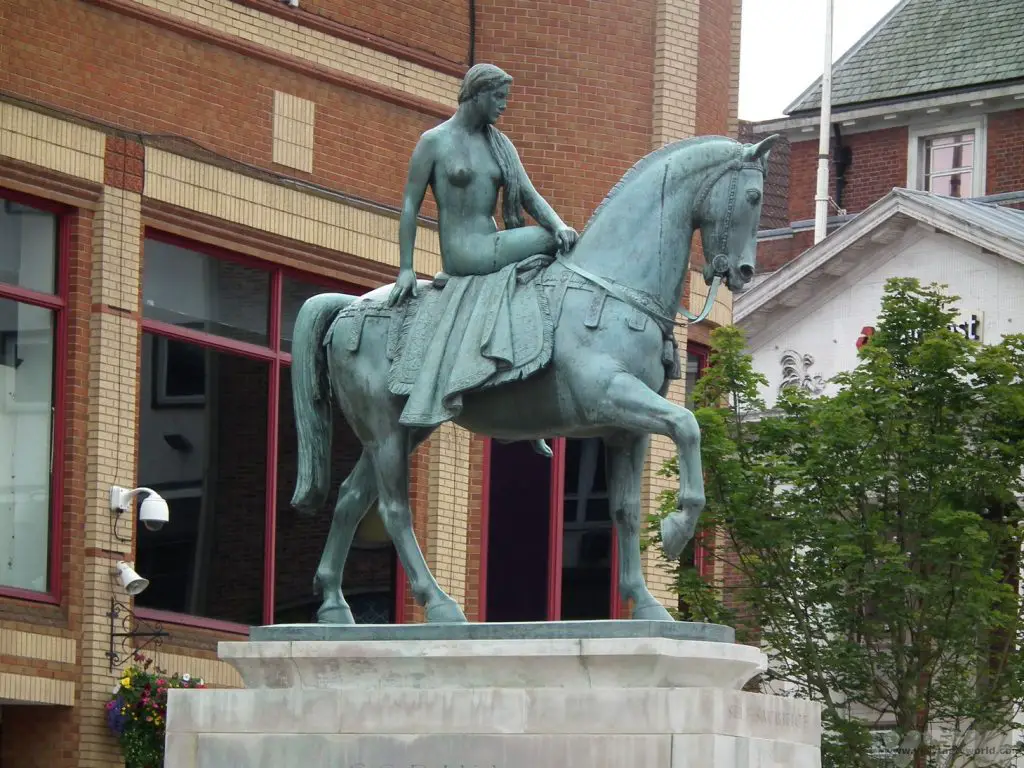
Coventry became an important trading location between 1150 and 1200 when merchants were allowed to visit the city and trade freely. The agricultural land surrounding the city was perfect for sheep grazing and wool production became an important industry. Textiles, weaving and dying in particular were very important and the Coventry’s blue coloured cloth (blue dye being a difficult colour to develop) was considered to be highly prized because of its ability to stay fast, coining the term ‘True Blue.’
Due to its importance as a centre of commerce a wall began to be constructed in the mid-14th century. Sandstone was quarried from the local district of Cheylesmore and a 3.5 km, 3.7m high wall was built around the city centre. It had twelve gatehouses located on the main routes into the city.
By the 15th century Coventry’s main churches had been constructed. St Michael’s Church, Holy Trinity and Greyfriars (Christ Church) all had magnificent spires which could be seen from miles away. The city actually became the capital of England, temporarily, on a few occasions. It was a wealthy city and considered to be hugely important by successive kings and queens of England.
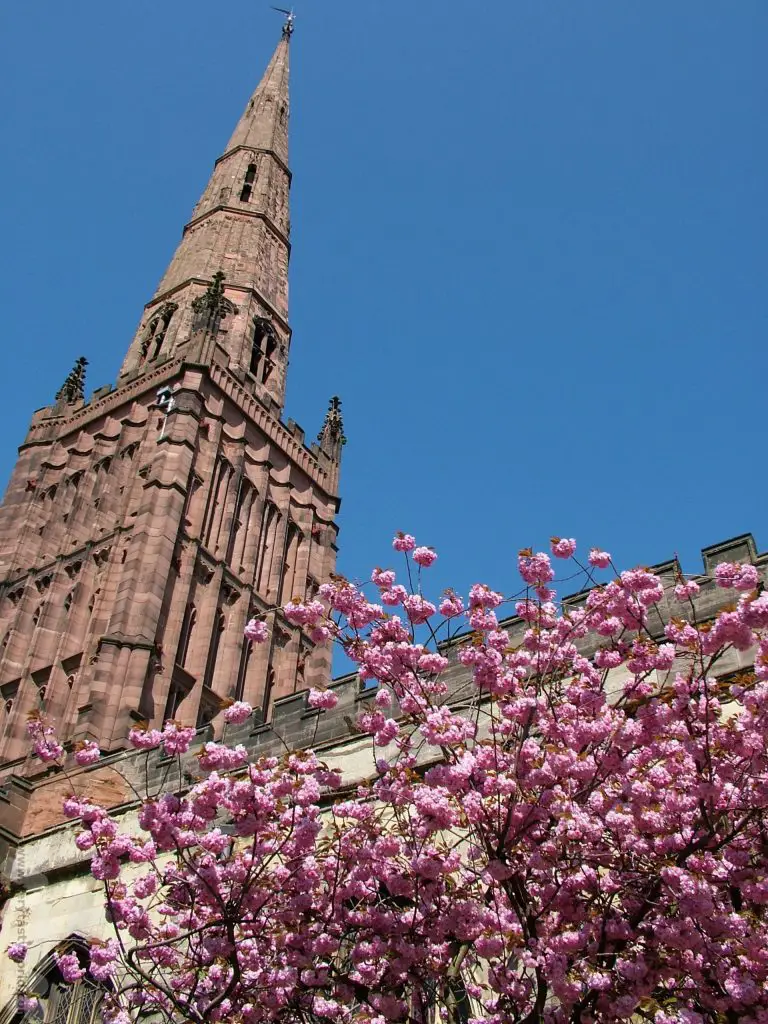
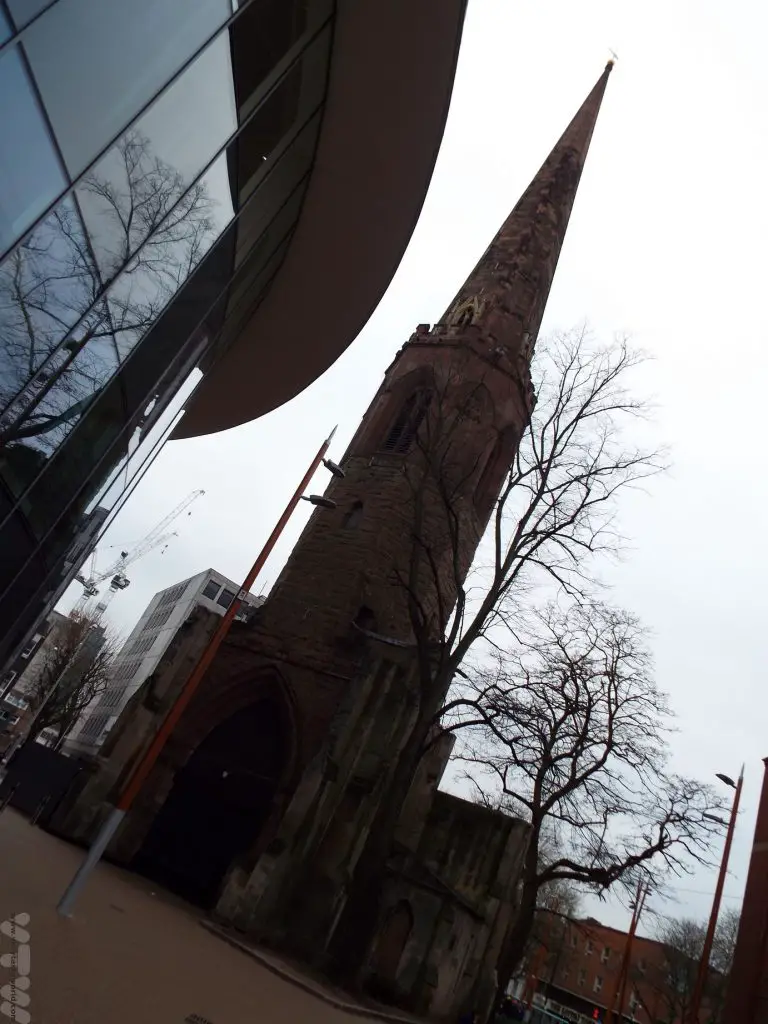
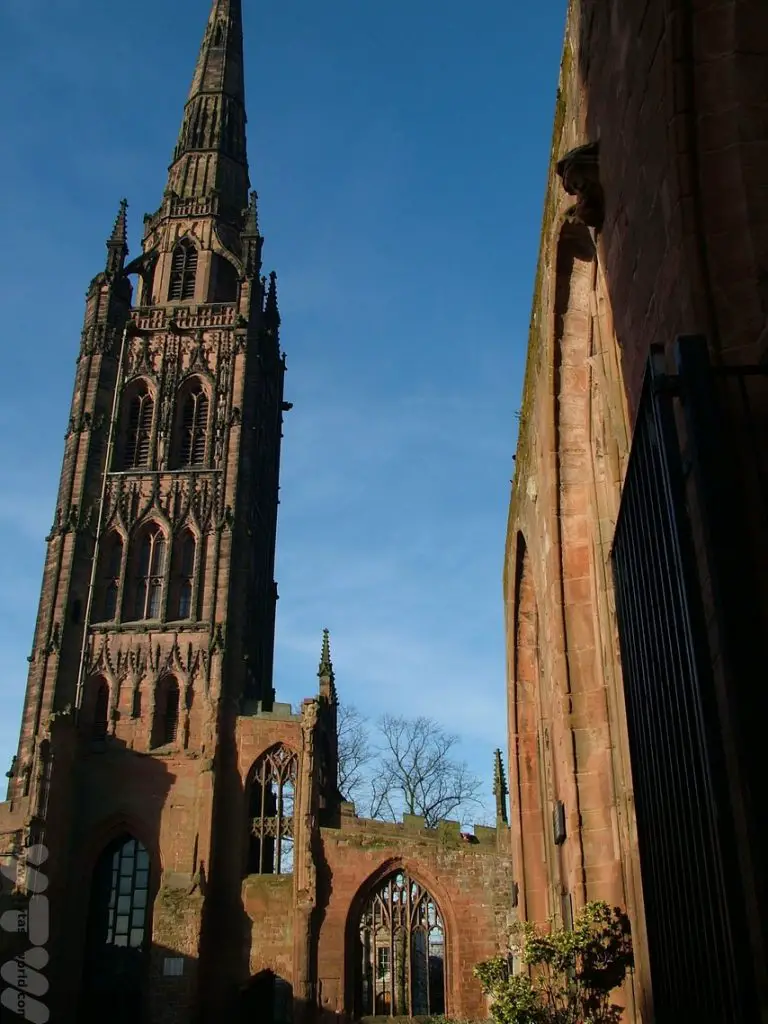
During the English Civil War, Coventry was a stronghold of Parliamentarians and was attacked by Royalists on several occasions but the king’s soldiers failed to conquer the city walls. The city was used as a prison for captured Royalists and those incarcerated were not just treated with disdain – they were ignored completely. It is thought that this is the origin of the term, ‘being sent to Coventry.’
As the industrial revolution started Coventry, with its central location, became an important city of industrialisation. It was renowned for manufacturing textiles and ribbons, watches (many of watchmakers lived in the Chapelfields area of the city), bicycles and cars. The first British series production motor car was made in Coventry, by Daimler, in 1897.
Despite the industrialisation, the city centre retained a lot of its mediaeval buildings. However, because of the industrialisation, the city was a target during World War 2. On the night of 14/15 November 1940 Hitler ordered a bombing raid on the city. Most of the city centre was destroyed, including the interior of St Michael’s cathedral, and over 500 people lost their lives. Coventry has since become a city of peace and reconciliation and has twinned with some 23 cities across the world, including Dresden and Volvograd (formerly Stalingrad), both cities which also suffered devastating attacks during World War 2.
Following the war the city was rebuilt and was designed to be a modern city – it included one of Europe’s first ever pedestrianised precincts. It has recently been refurbished.
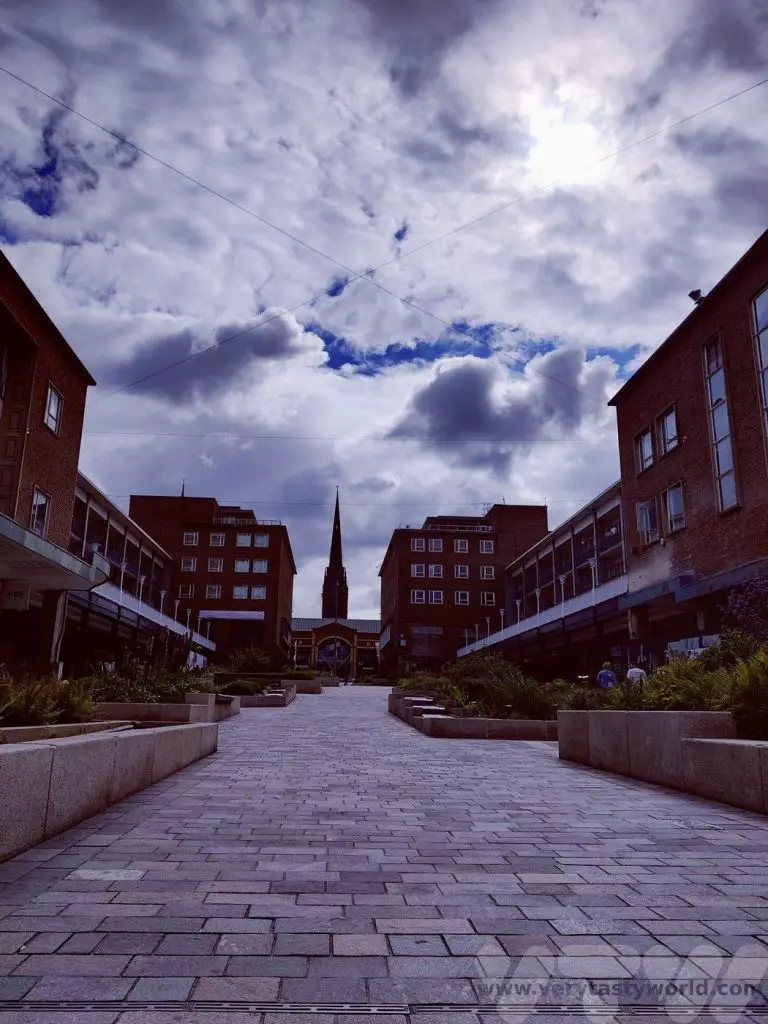
The city thrived thanks to the car manufacturing industries during the 50s and 60s. Famous names include Jaguar, Standard-Triumph, Talbot, Peugot, and Alvis. London taxis – the iconic black cabs – were constructed in the city from the 1950s until 1994. However the industry – and consequently the city – suffered serious decline in the mid-1970s and 1980s due to industrial disputes and competition from other countries.
One by one the car factories closed down. In the early 1980s Coventry band The Specials wrote the song Ghost Town about the decline of the city. Bands such as The Specials, The Selecter and The Beat were part of the 2Tone movement which developed in Coventry and was defined by their members being multi-racial and a musical style that combined punk/new wave music with Jamaican ska.
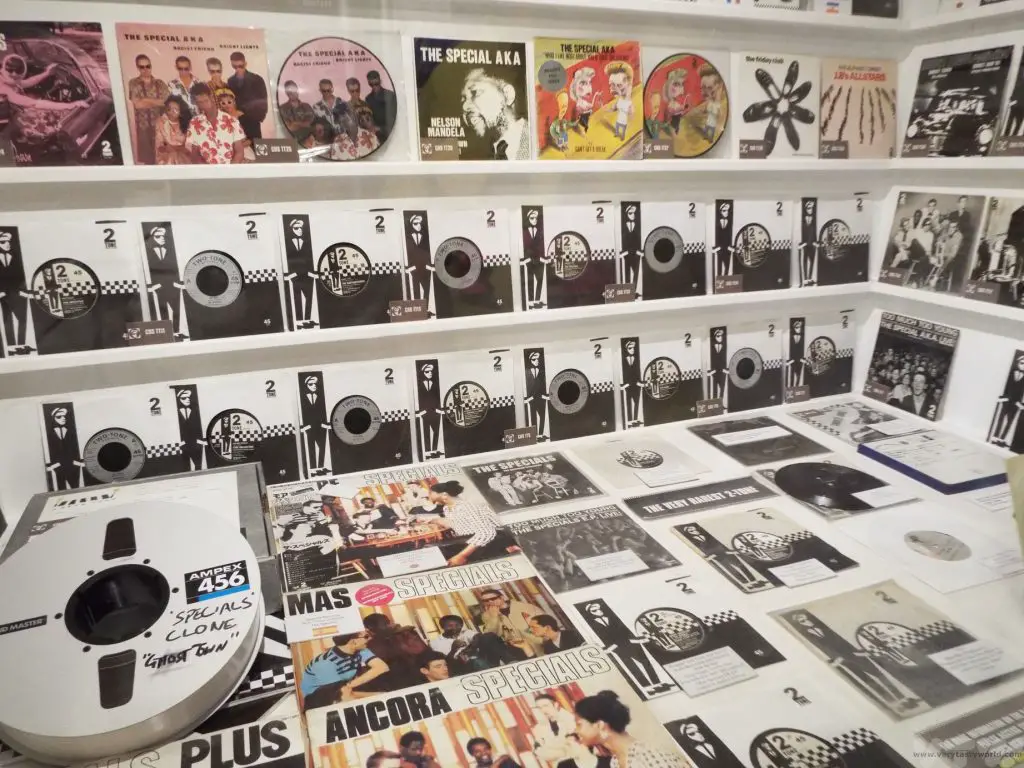
These days, Coventry is a lively city. With two universities, it’s also a young city with a diverse population which has an average age of 33 years. It was also the 2021 UK City of Culture, the start of which was slightly delayed due to the pandemic.
Things to Do In Coventry – Places to Visit
Although much of mediaeval Coventry was destroyed it is possible to see some older buildings in the city. Mediaeval Spon Street is largely comprised of old buildings although not all of these were originally built on the site but were relocated from other parts of the city.
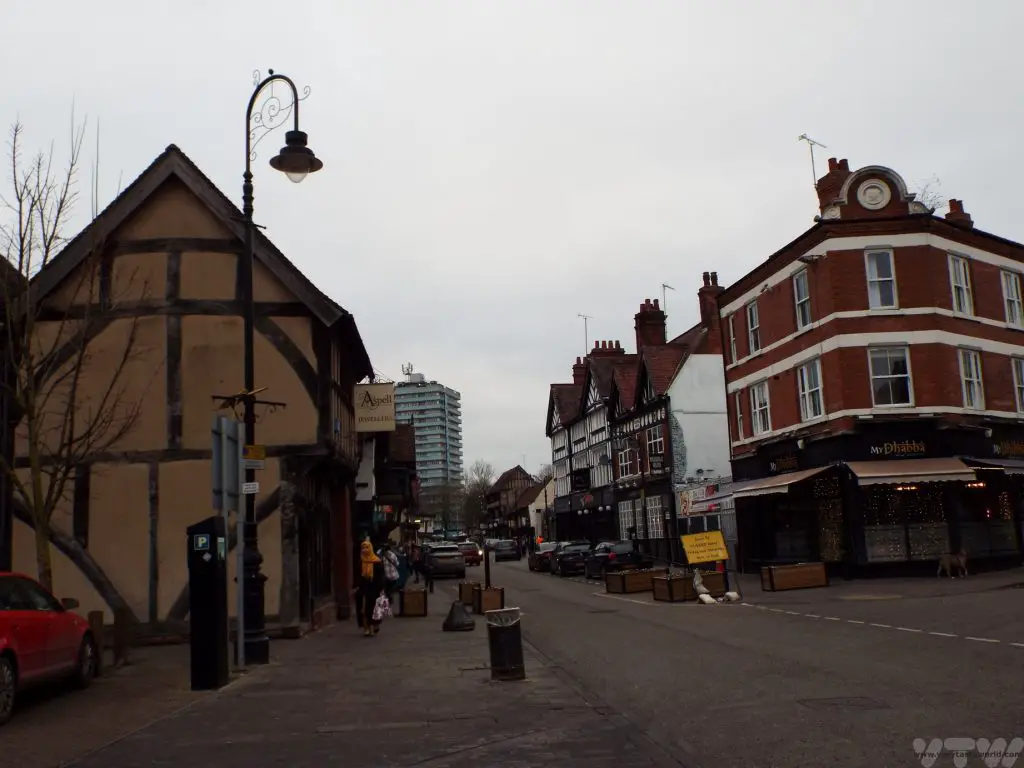
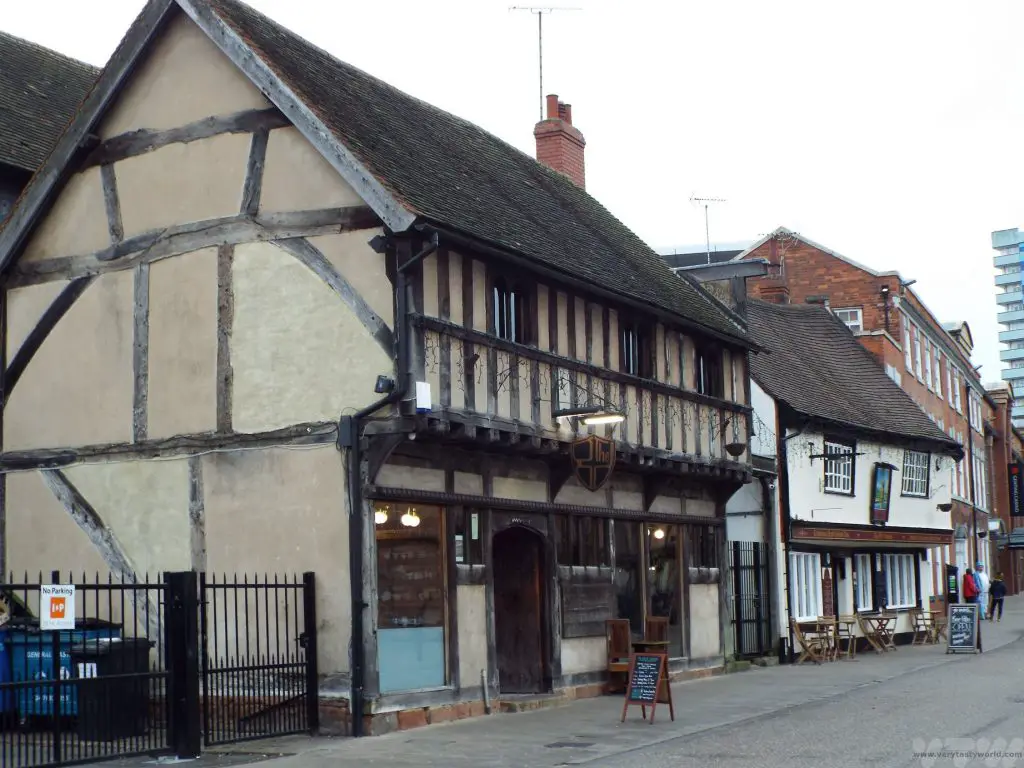
Ford’s Hospital was constructed in 1509, as an almshouse.
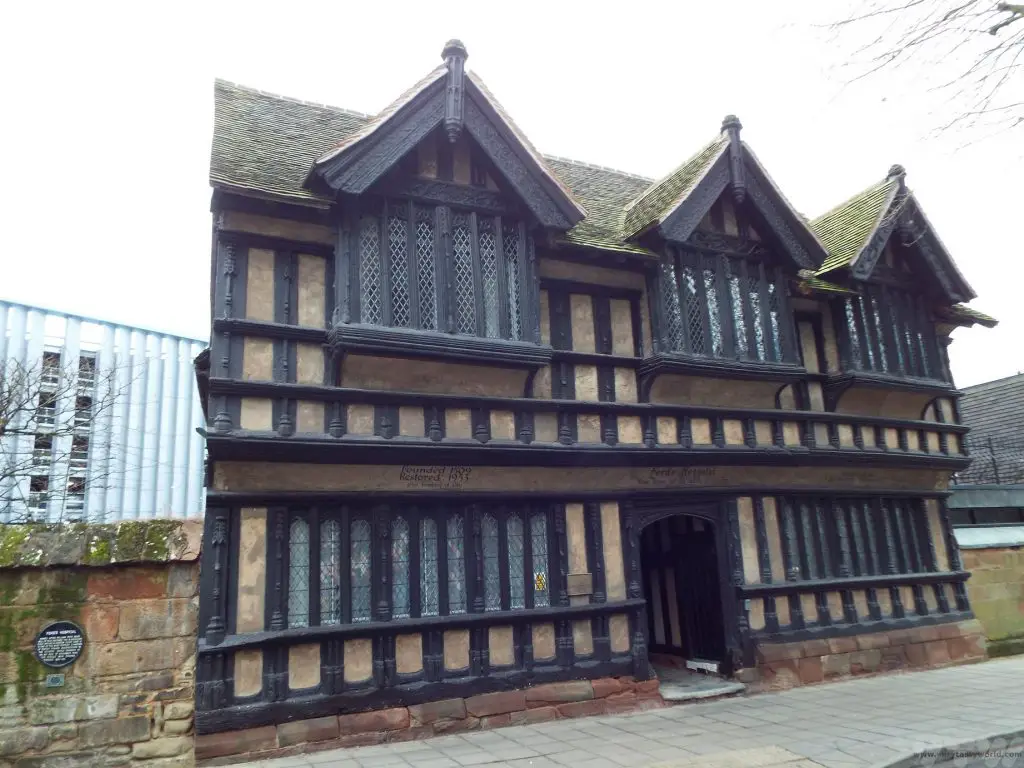
Some parts of the original city wall can still be seen. Swanswell Gate is the best preserved of the city’s gates. It has now been converted into a boutique hotel and it is possible to book it for a stay in the city.
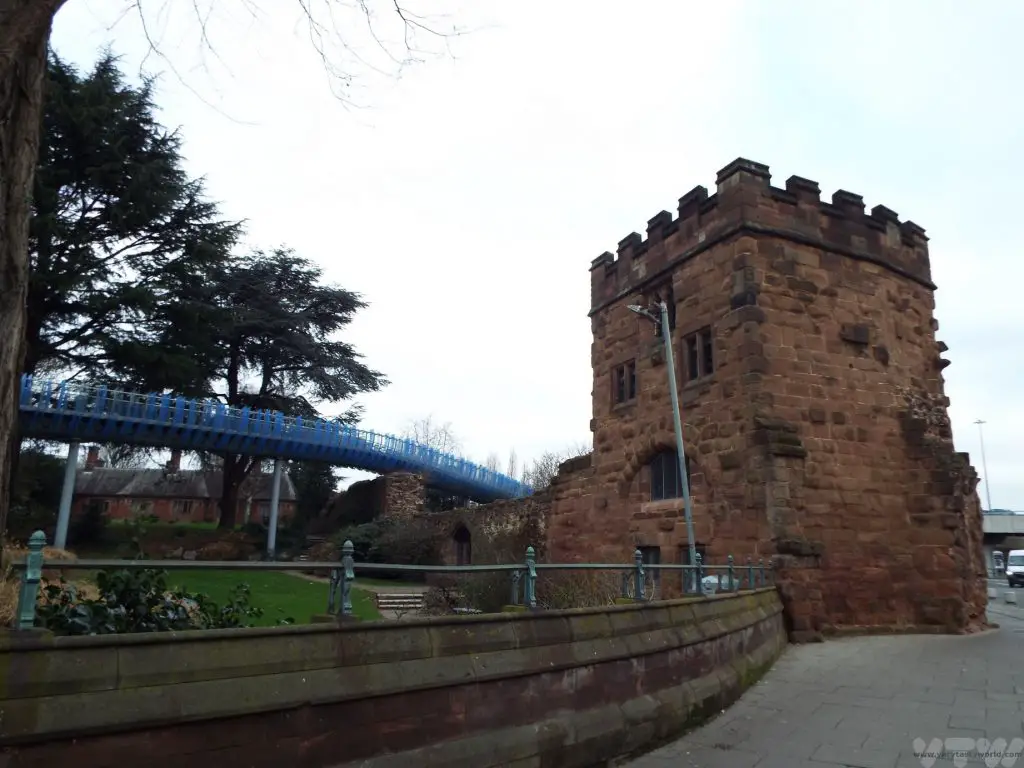
Dating from the 12th century, the old grammar school is now a conference or wedding venue which occasionally opens up for pop-up art events. You can see the original school chairs, carved by their previous occupants centuries ago.
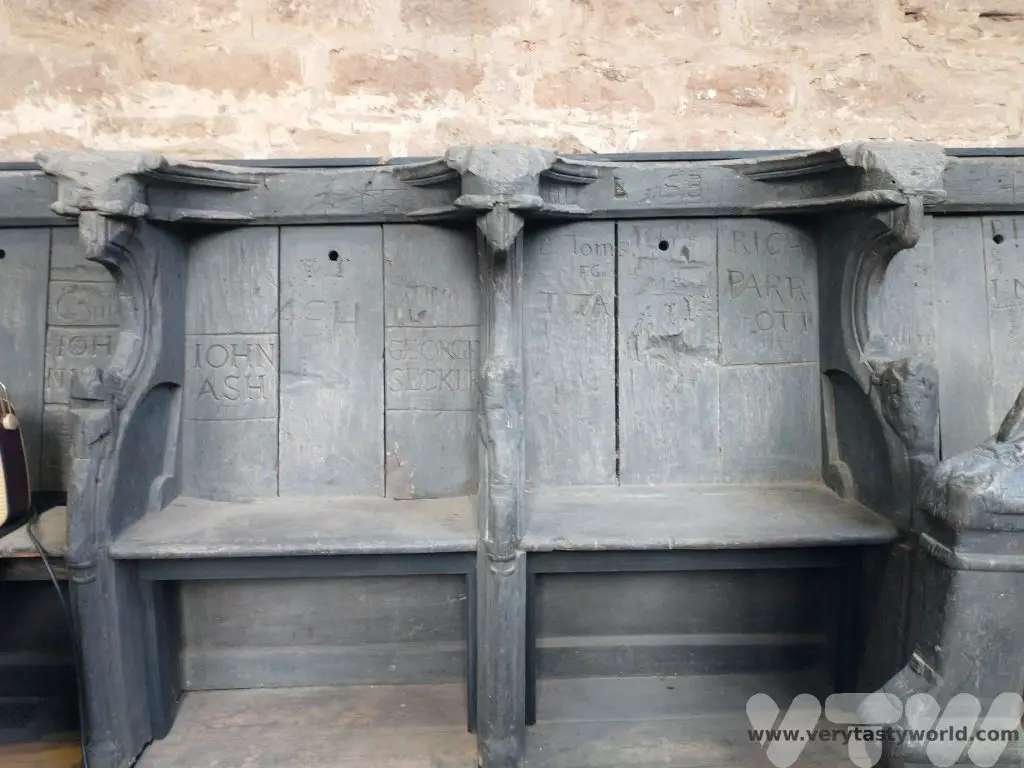
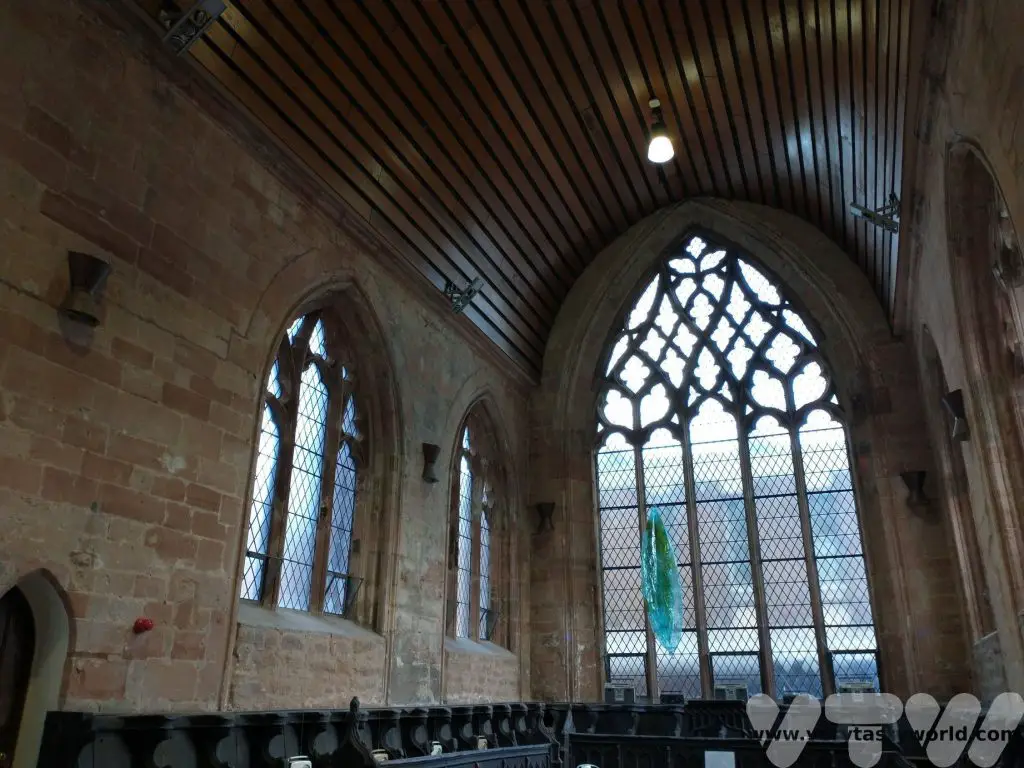
Coventry Cathedral – old and new
St Michael’s Cathedral was largely destroyed during the Blitz raid but its outer walls and spire remain. It was decided that it should remain in situ. It contains a number of symbols of reconciliation, including a charred cross which was constructed from two fallen wooden beams.
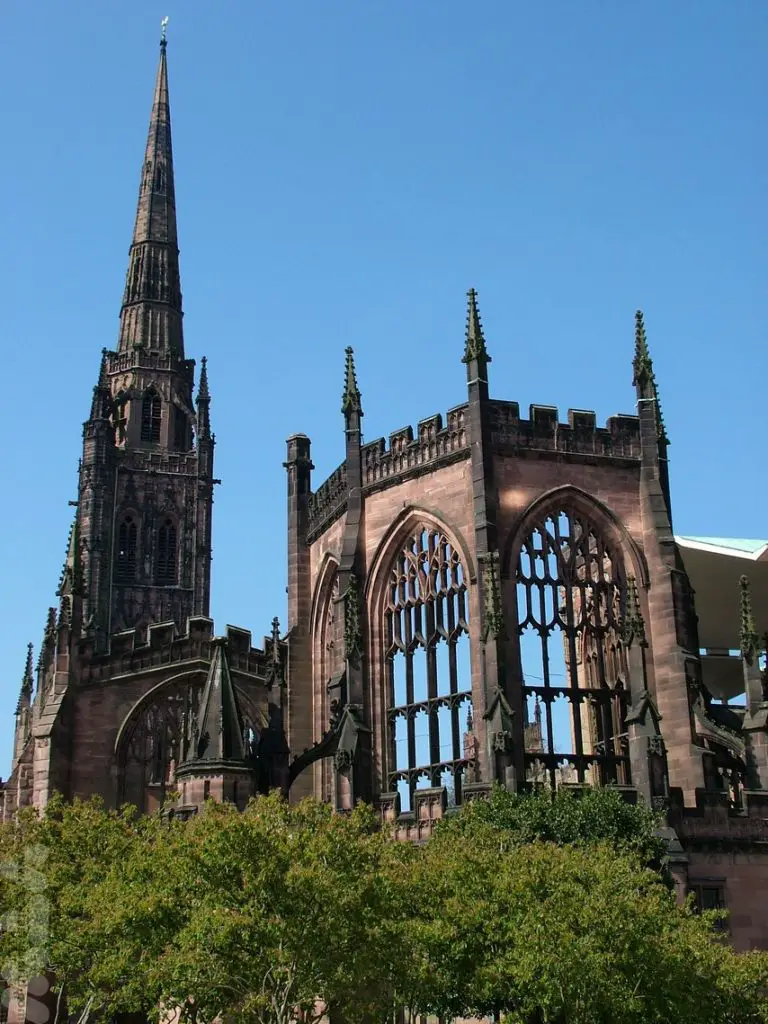
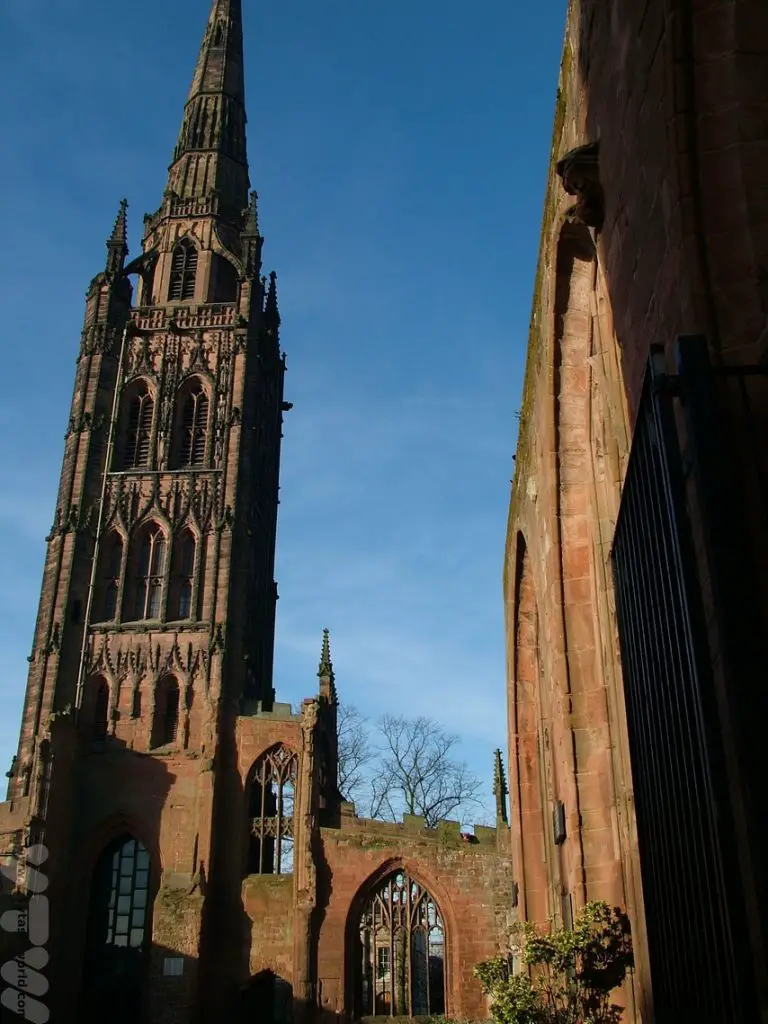
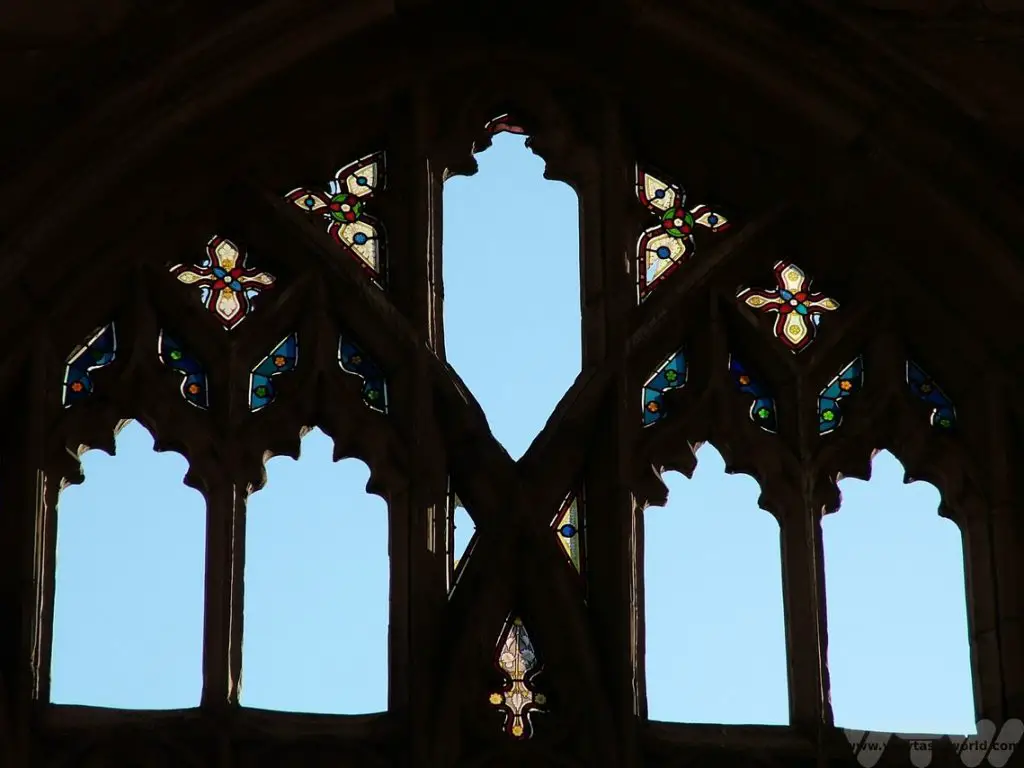
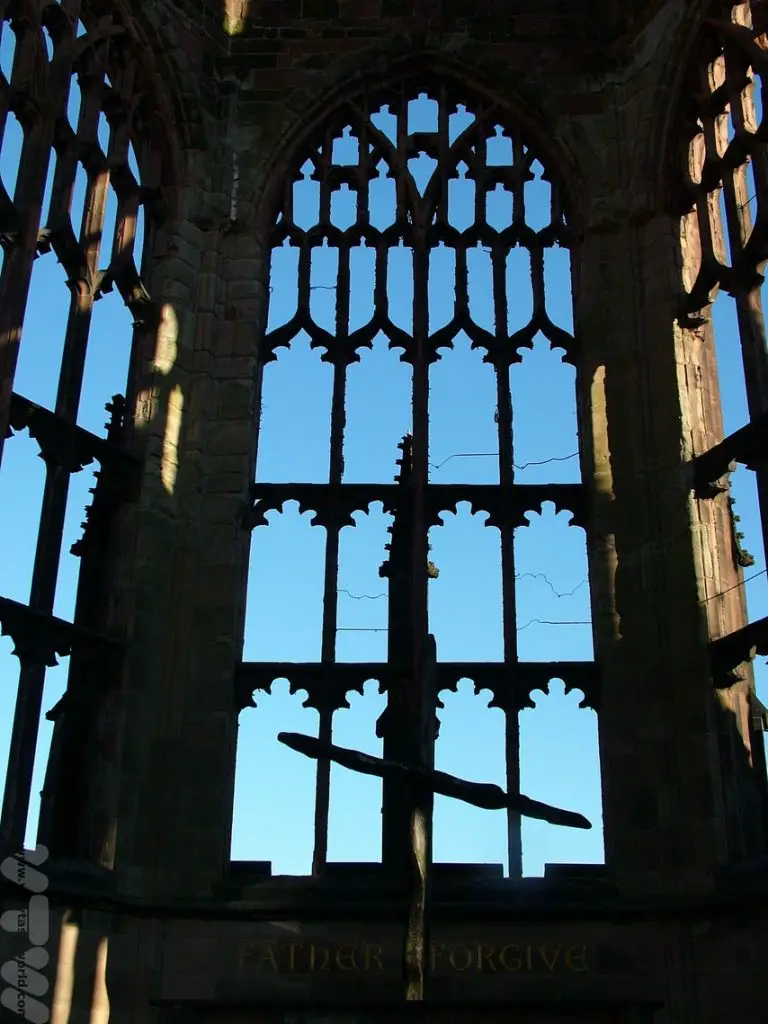
A new cathedral, constructed alongside the ruins of the old, was consecrated in 1962 as a place of worship. Both cathedrals are very much part of the community. They often hold concerts, plays and other events, both indoors and outdoors. The old cathedral even became an ice rink during the winter Christmas season.
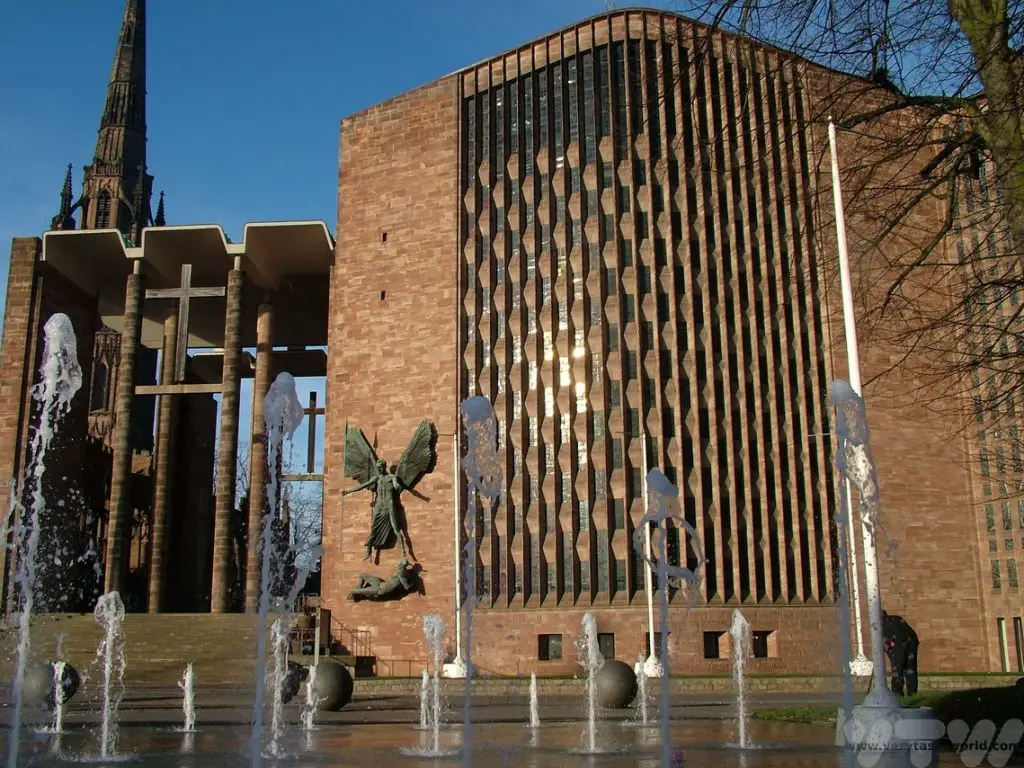
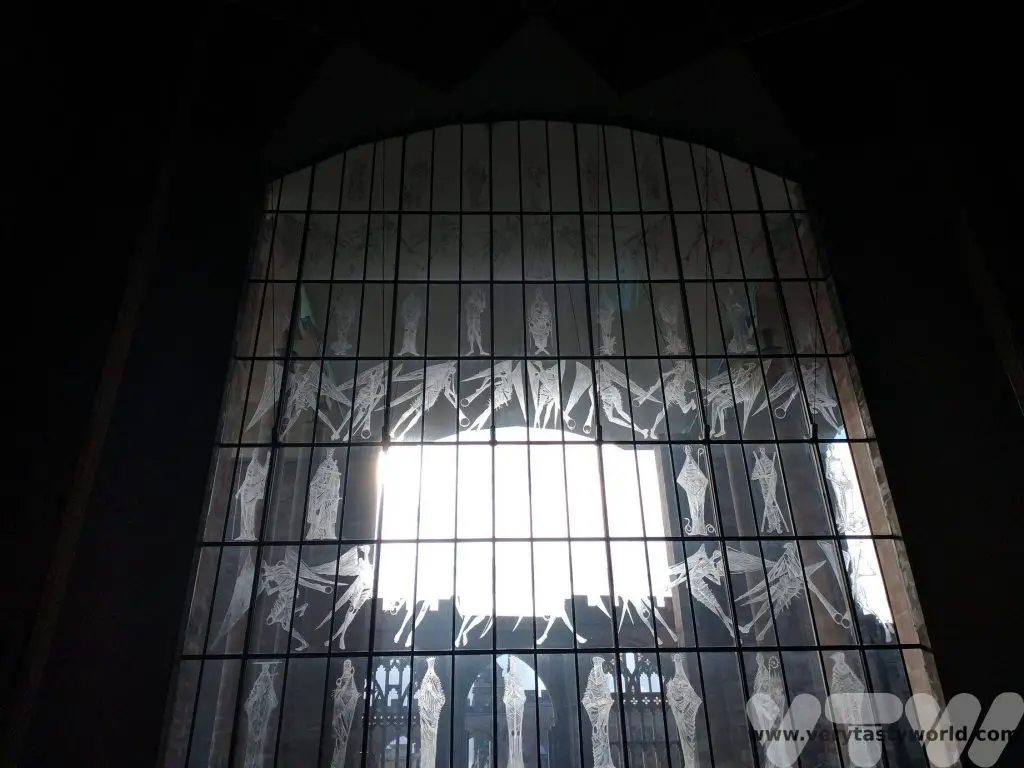
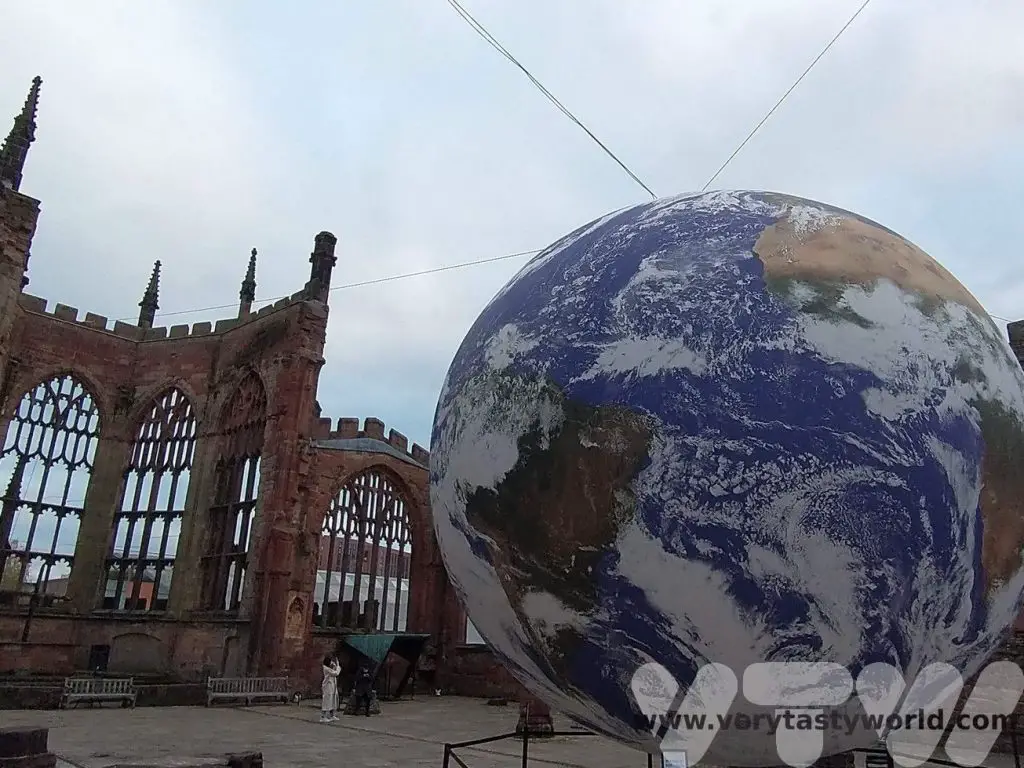
St Mary’s Guildhall
This is one of Coventry’s original mediaeval buildings, a guildhall built in 1342 but then reconstructed in the 15th century.
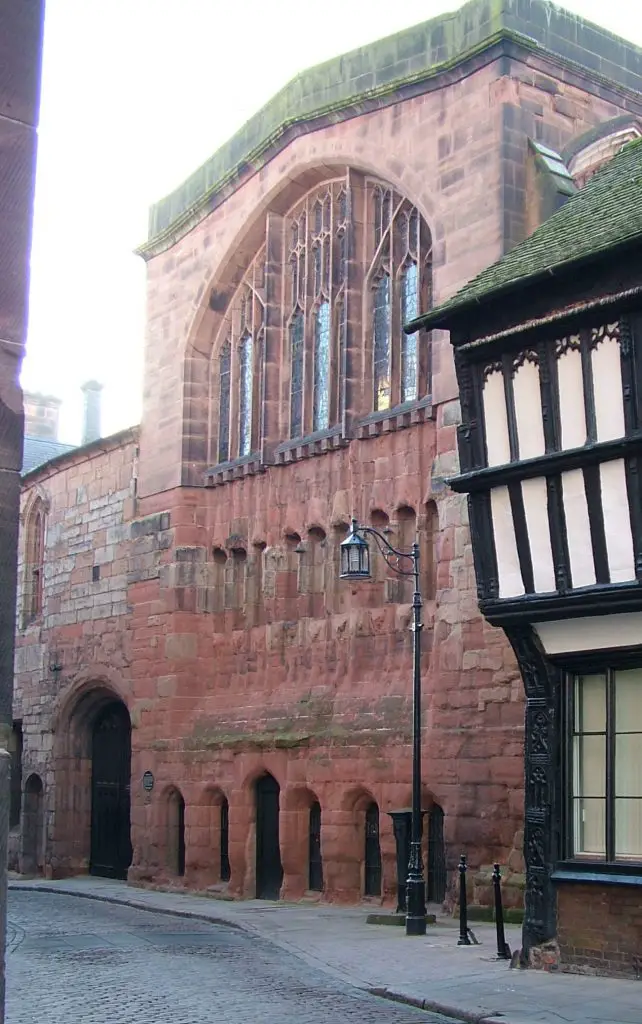
It contains one of the oldest tapestries in the country, almost certainly the oldest that remains in its original setting, known to have been made for the hall itself. The central figure is the Virgin Mary, to whom the hall is dedicated.
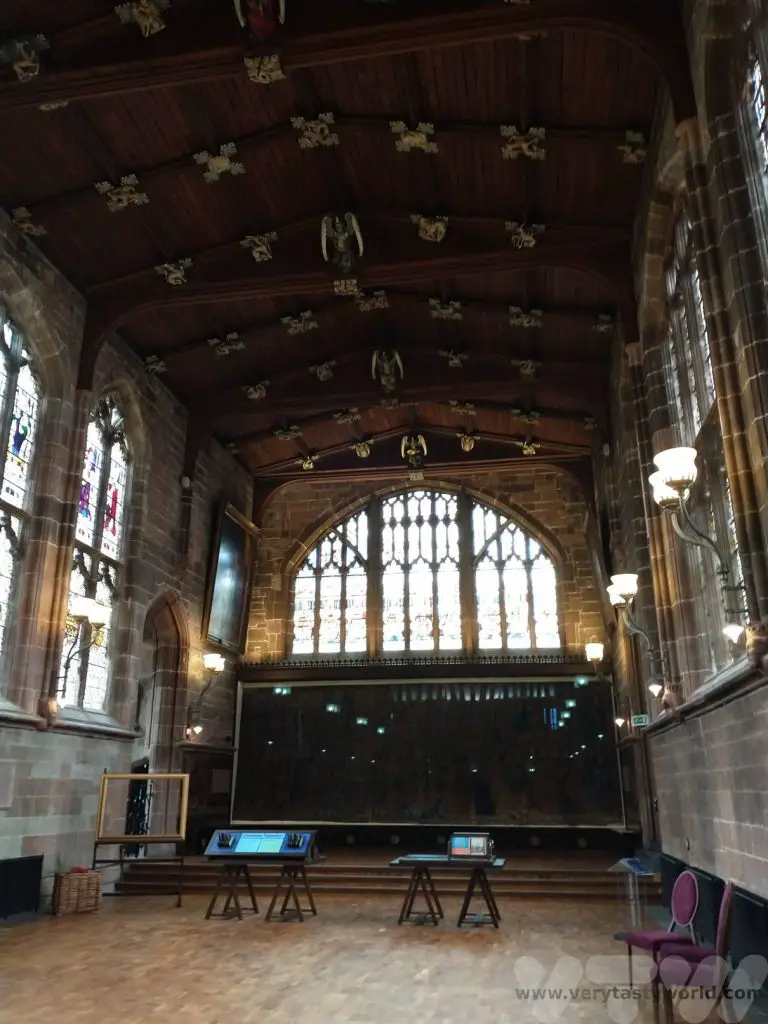
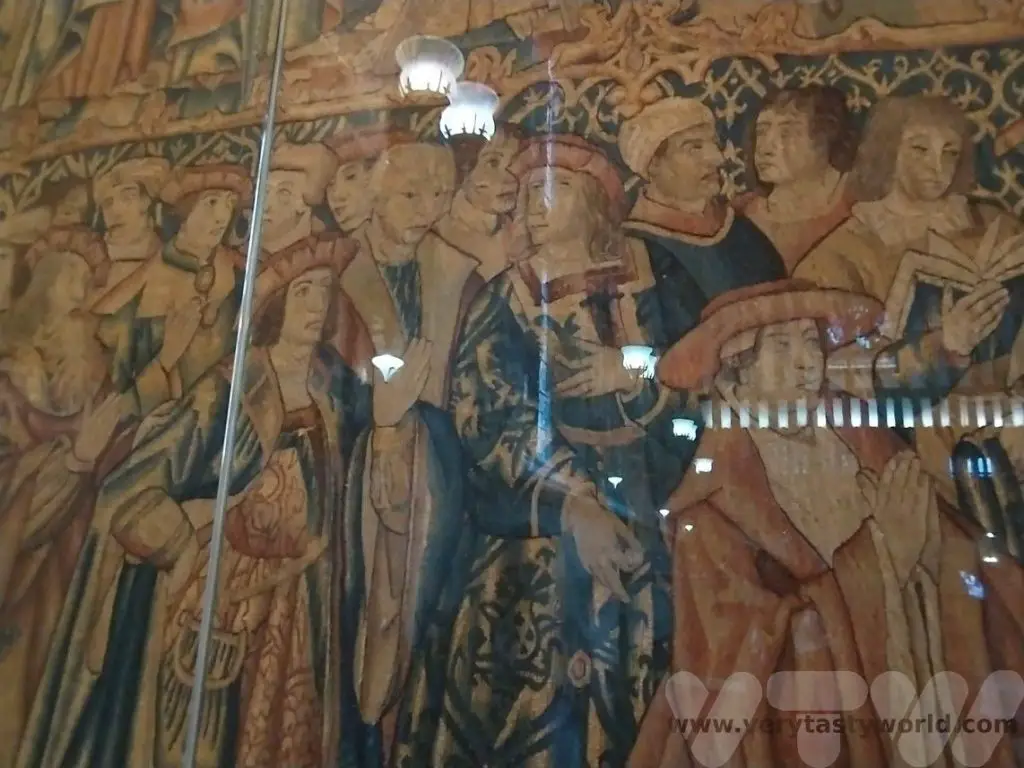
Amazingly, the guildhall, which is located right next door to St Michael’s cathedral which was largely destroyed during the firebombing of Coventry, survived the Blitz.
A recent refurbishment has revealed mediaeval kitchens which have been restored. There are exhibits showing the sort of food that might have been prepared there in centuries gone by. A splendid afternoon tea can be enjoyed in the undercroft.
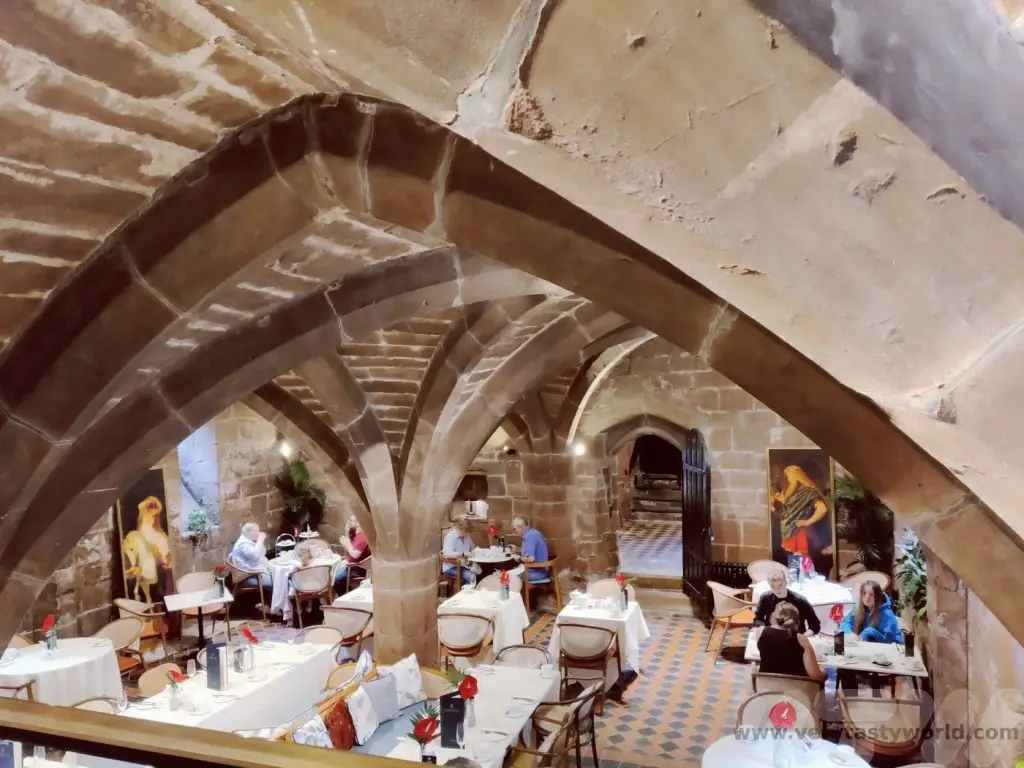
Coventry Music Museum
Located just outside the city in the Ball Hill district, the Coventry Music Museum is a small but perfectly formed museum dedicated to the musical history of the city.
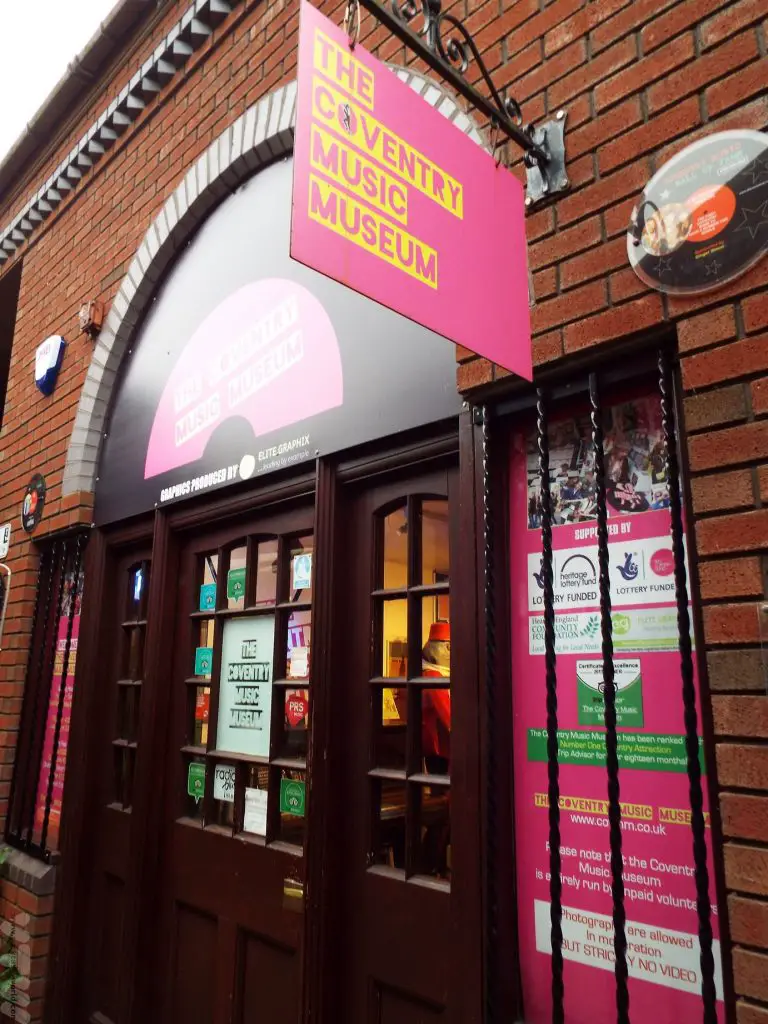
You always receive a friendly welcome. With a plethora of exhibits and memorabilia, including the original Ghost Town organ and a reproduction of a Two-Tone bedroom, it also looks to Coventry’s earlier music history including an exhibit looking at the work of Coventry born Delia Derbyshire, the pioneering electronic musician (who arranged the Dr Who theme tune). Deliaphonic is an annual celebration of her life and work which takes place in venues around the city.
You can also use the music room there – just pick up an instrument and play. Opposite the museum is the Two-Tone café and the excellent Simmer Down Caribbean restaurant.
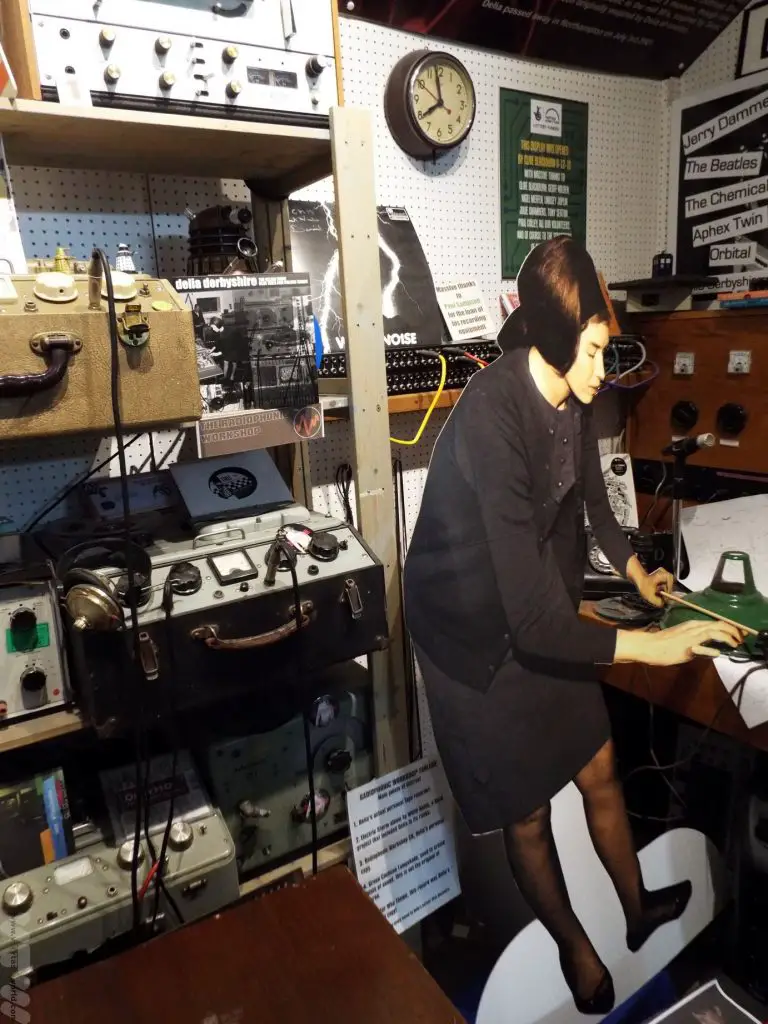
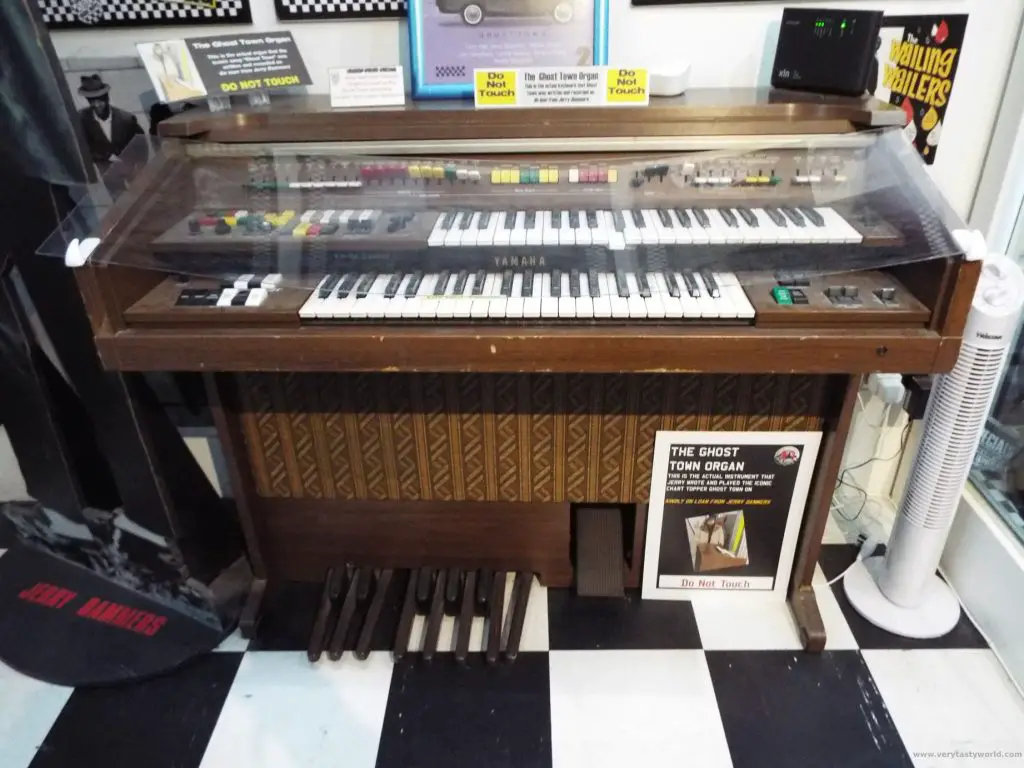

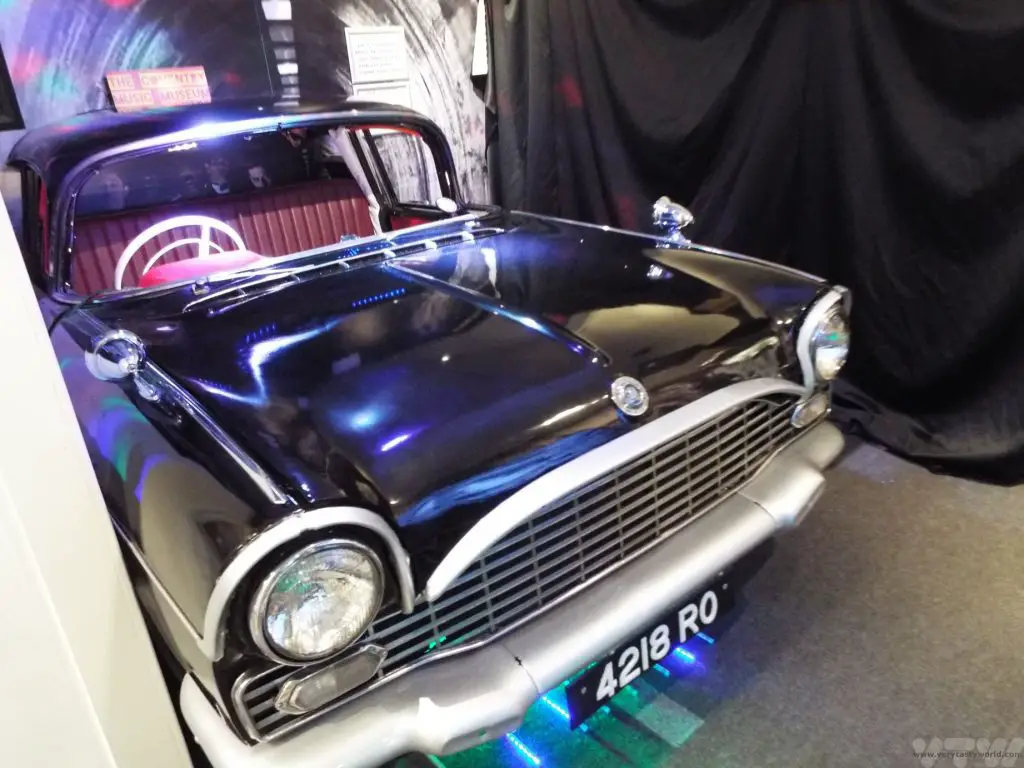
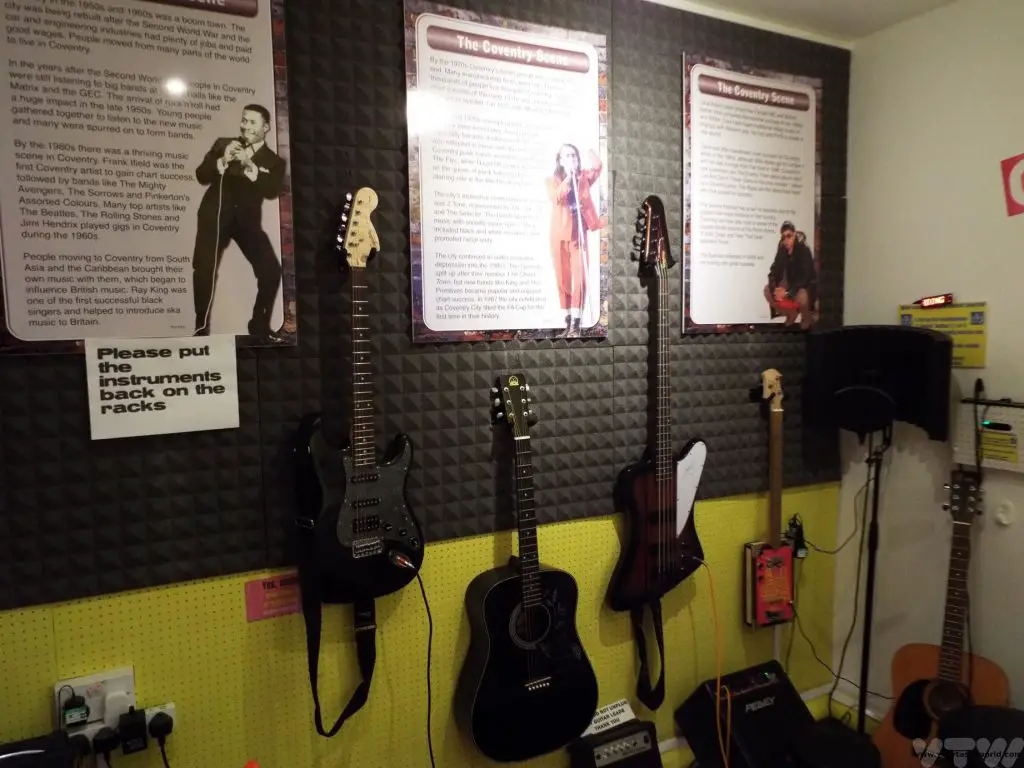
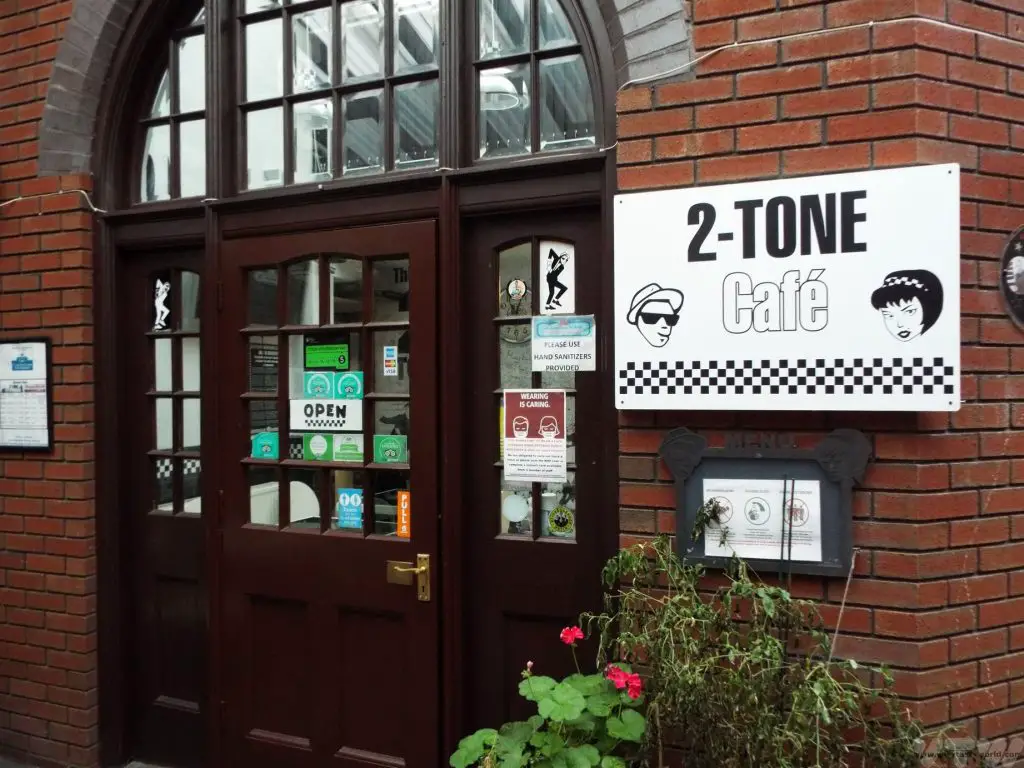
Coventry Transport Museum
Located on Millennium Place, Hales Street and celebrating Coventry’s motor history, this is a fascinating museum which has the largest publicly owned collection of British cars in the world.
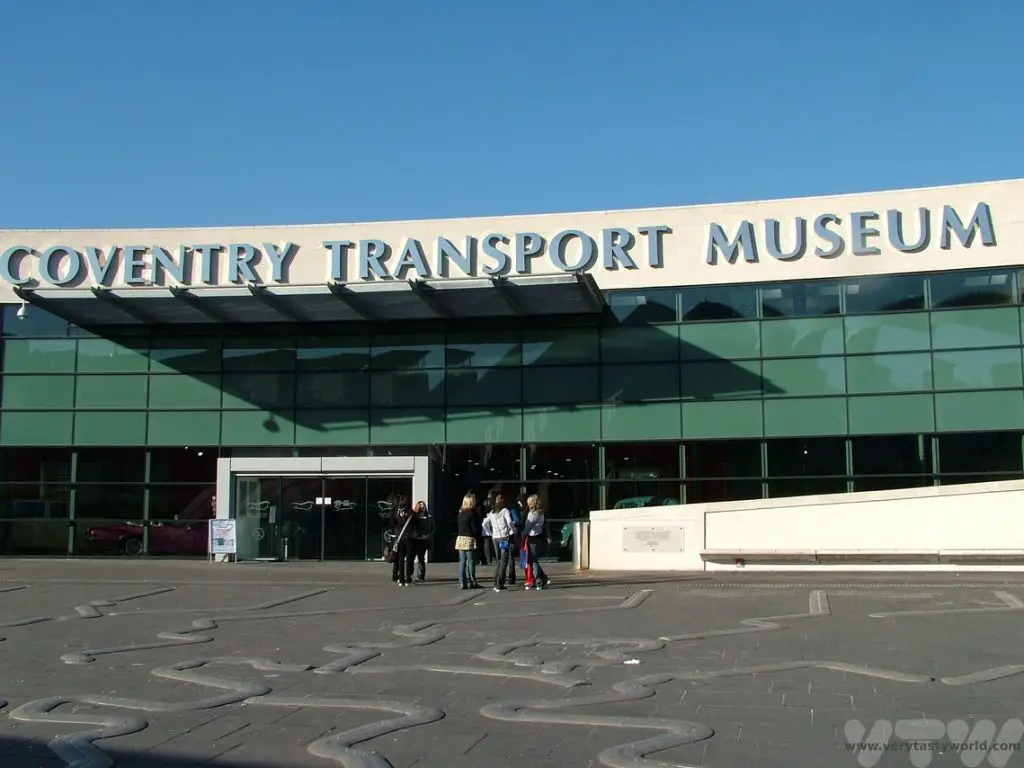
The museum offers a brilliant history of transportation and also of the city. It has lots of interactive exhibits and you can see an extensive variety of vintage vehicles as well as two of the fastest cars in the world: Thrust SSC and Thrust 2. Fun fact: part of the famous car chase from the film The Italian Job was filmed in Coventry. While the Mini Coopers enter and leave the tunnel in Turin, the actual tunnels were Coventry sewers which were being constructed at the time.
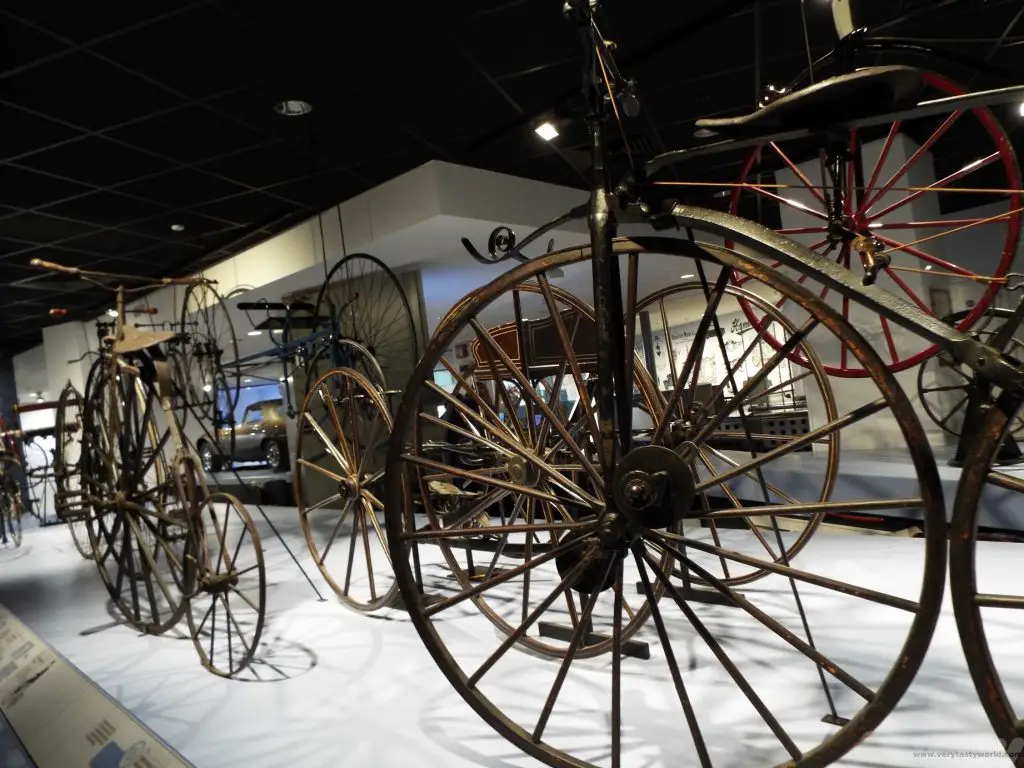
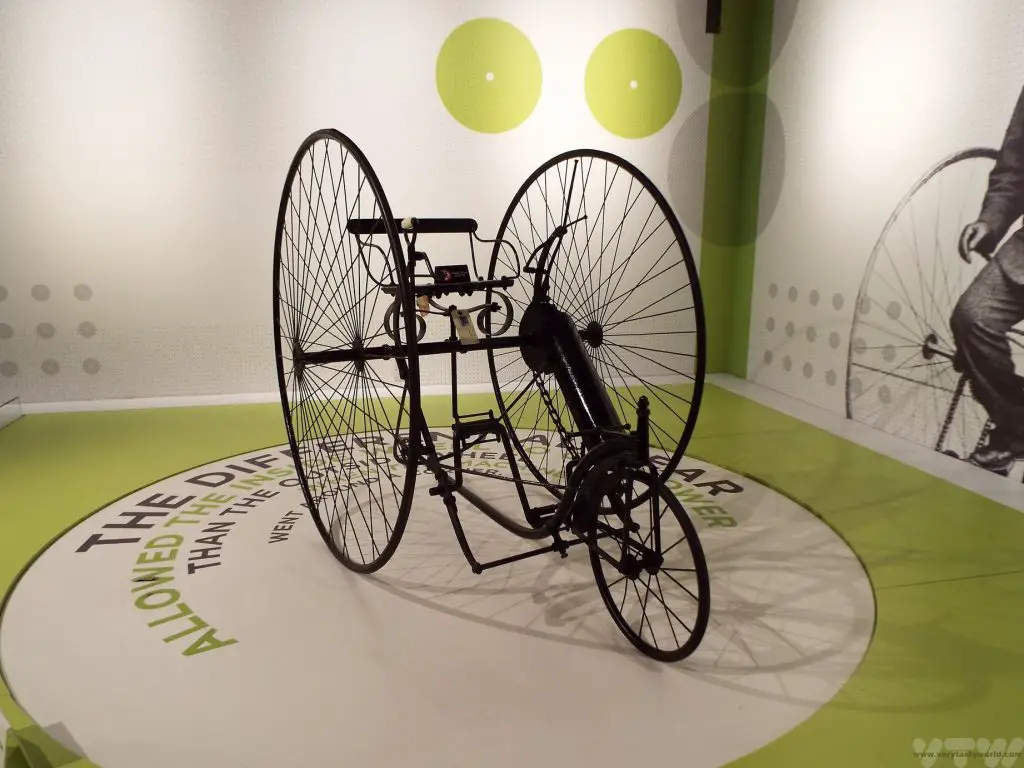
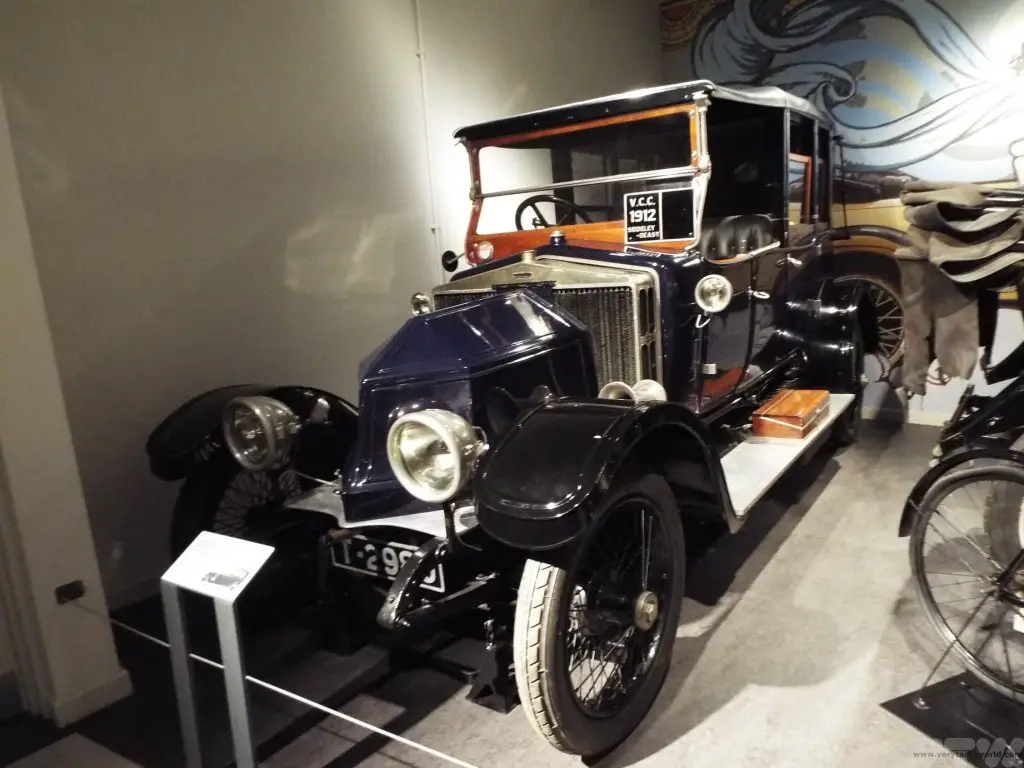
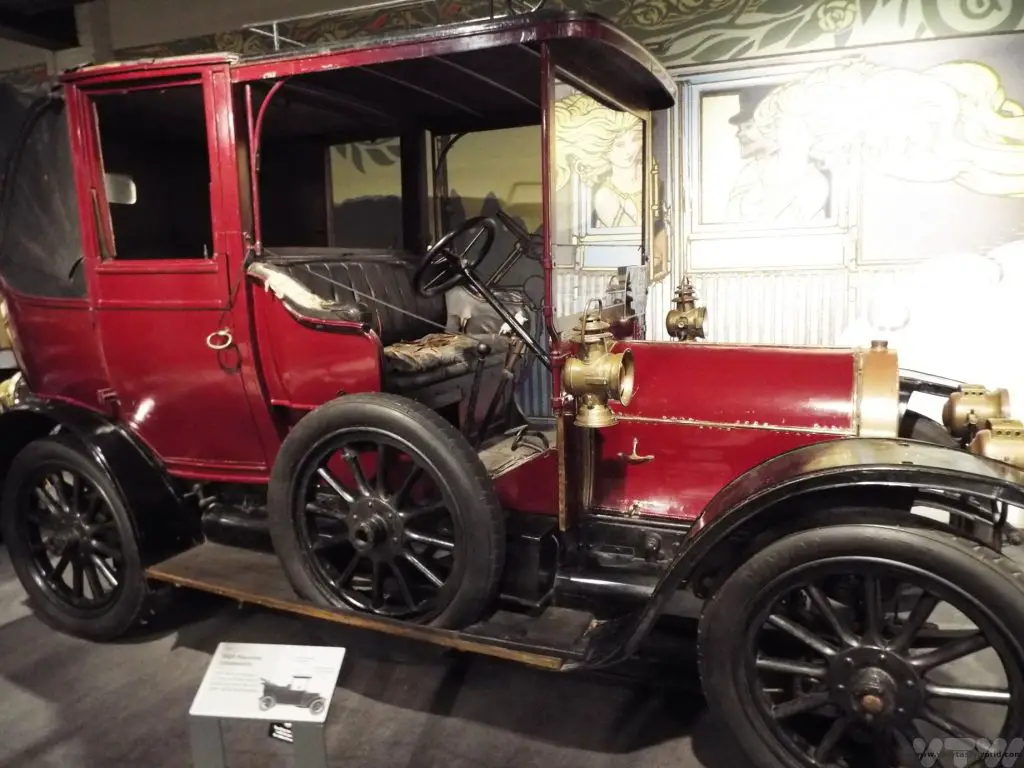
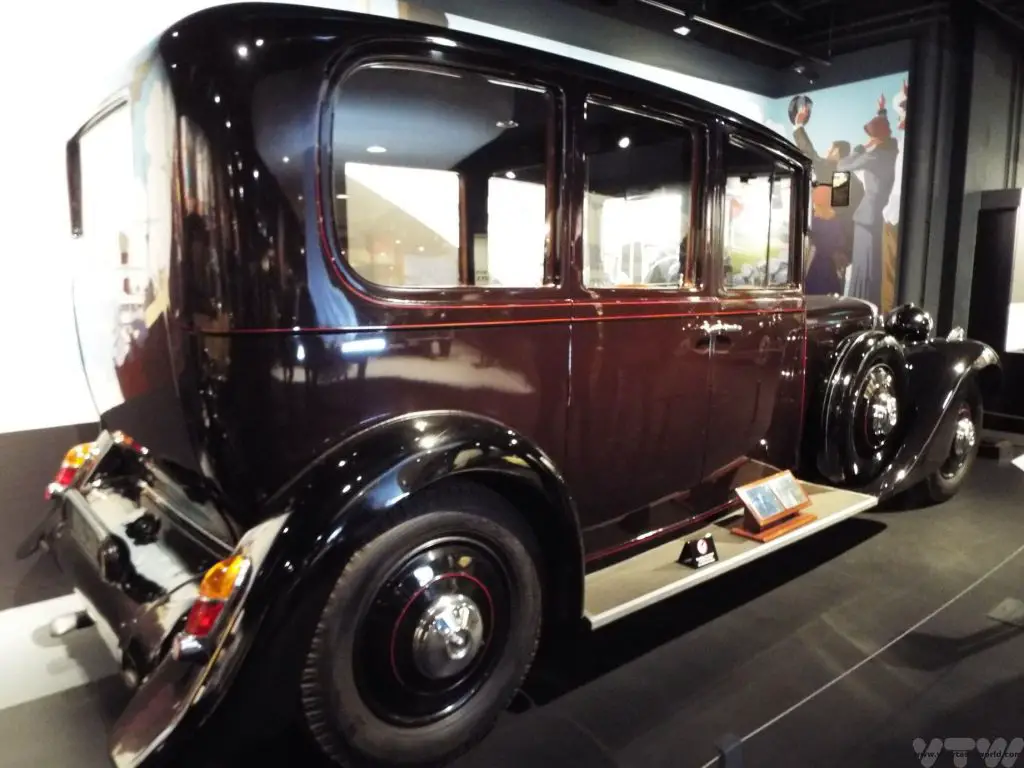
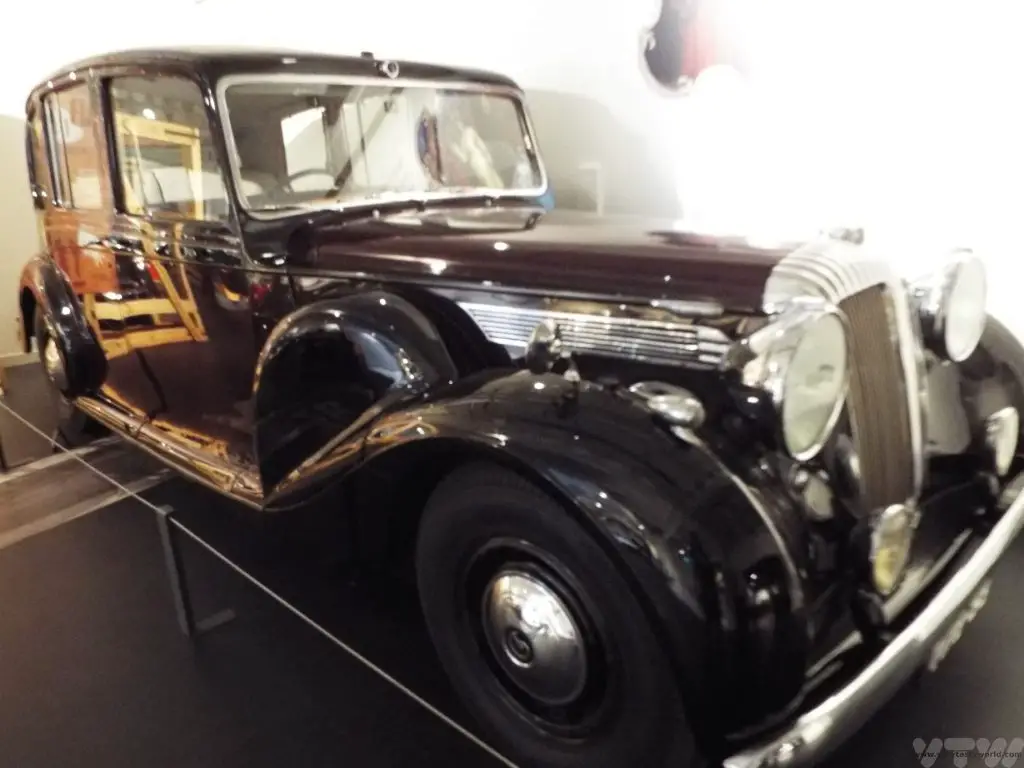
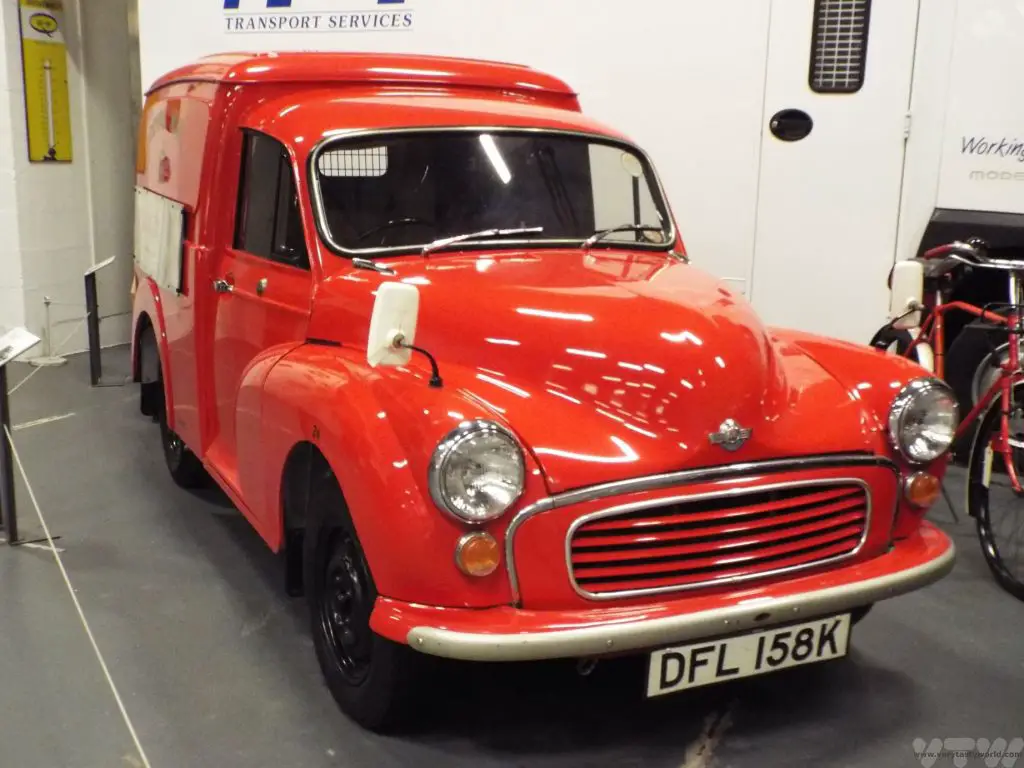
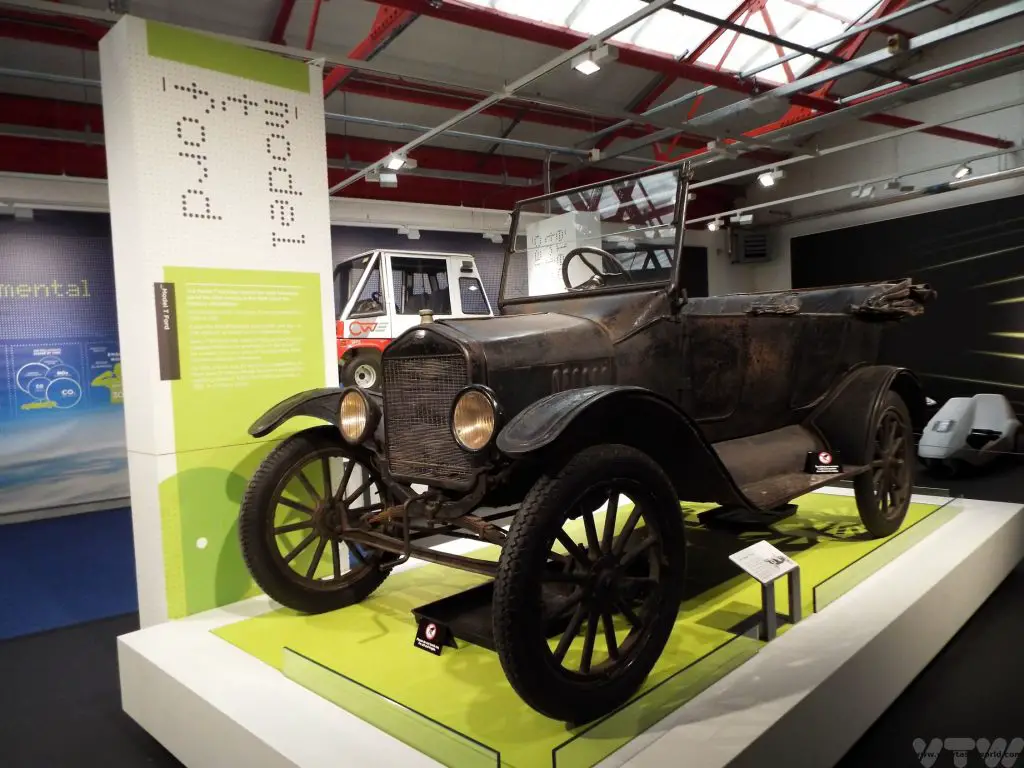
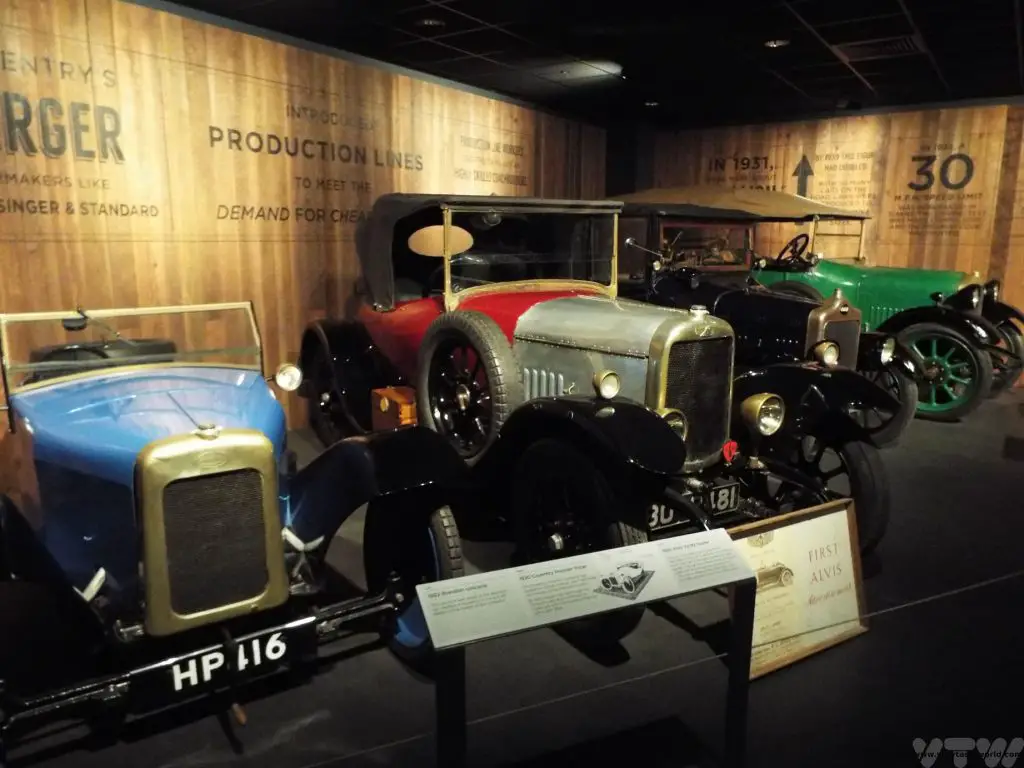
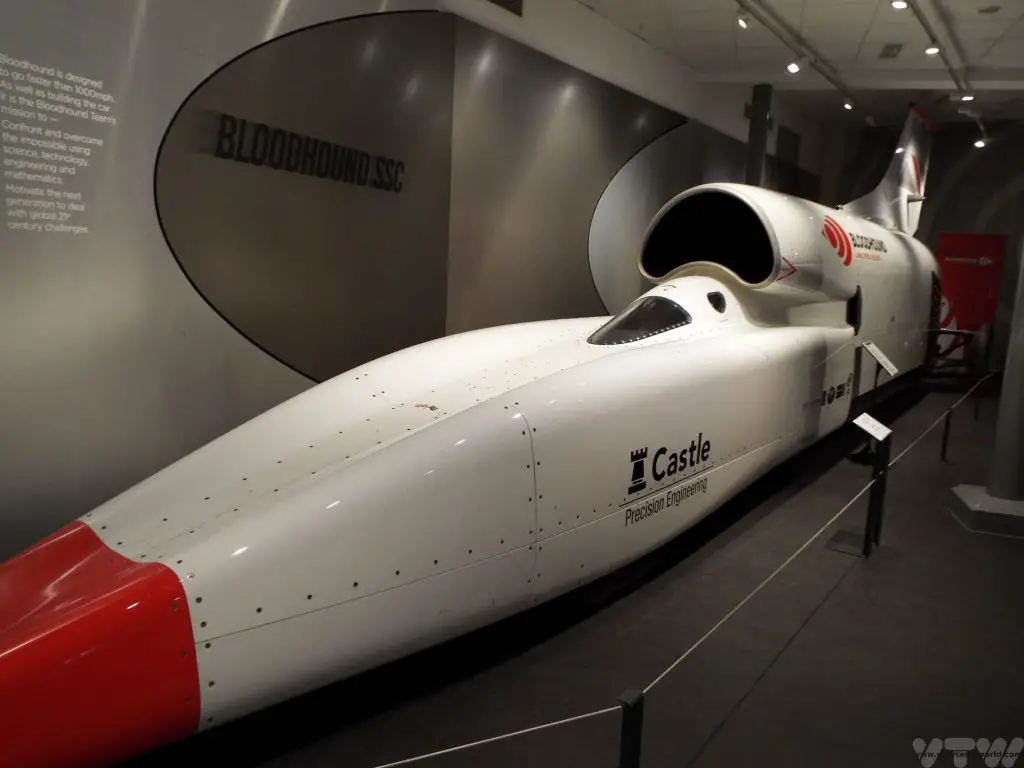
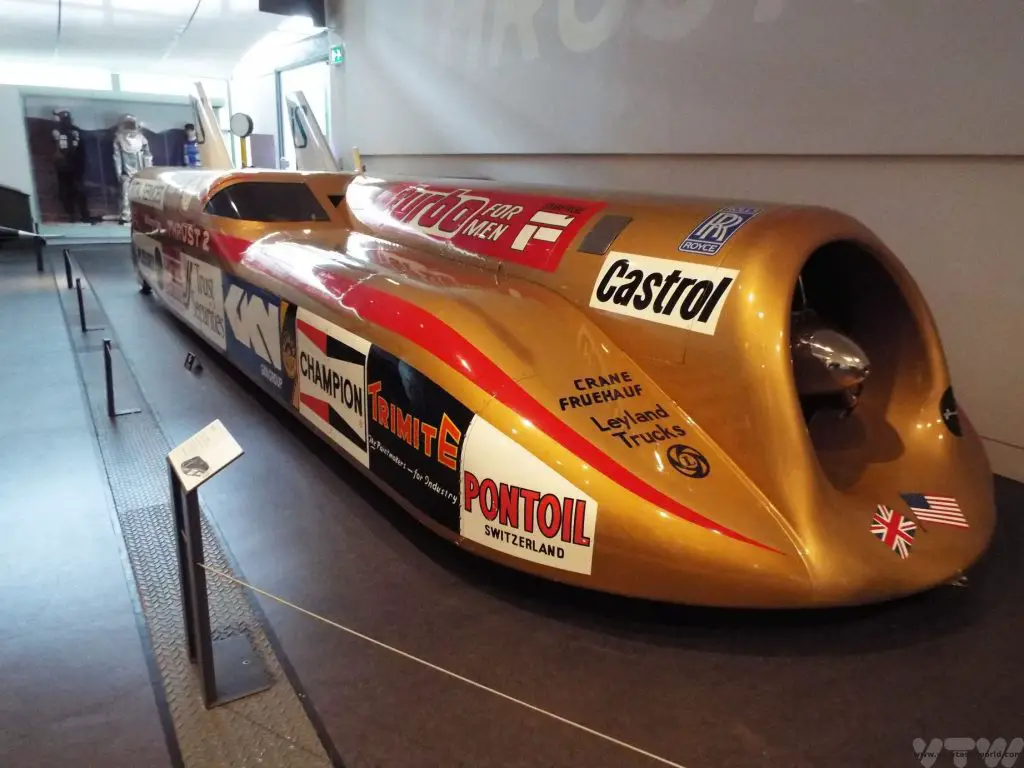
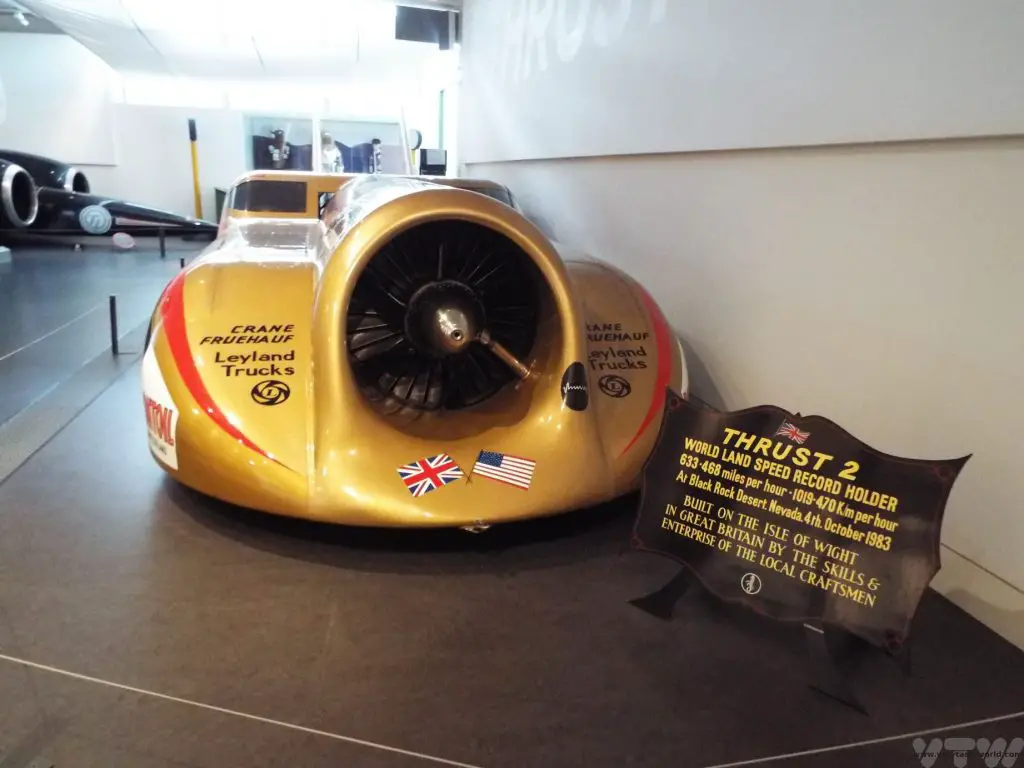
The Weaver’s House (Spon End) is a fascinating listed building which is quite unusual because it was the home of a poor person. Historic buildings are normally preserved because they are great big stately homes owned by important people.
The weaver’s house is a remarkable construction because it has an internal jetty for the weaver’s loom, which is very rare. The weaver’s house is located close to the river Sherbourne before it enters the city, so the water would have been clean for washing and dyeing the cloth. The house doesn’t have regular opening hours, but check the website for the next open day when you can learn about its history and also visit its mediaeval garden.
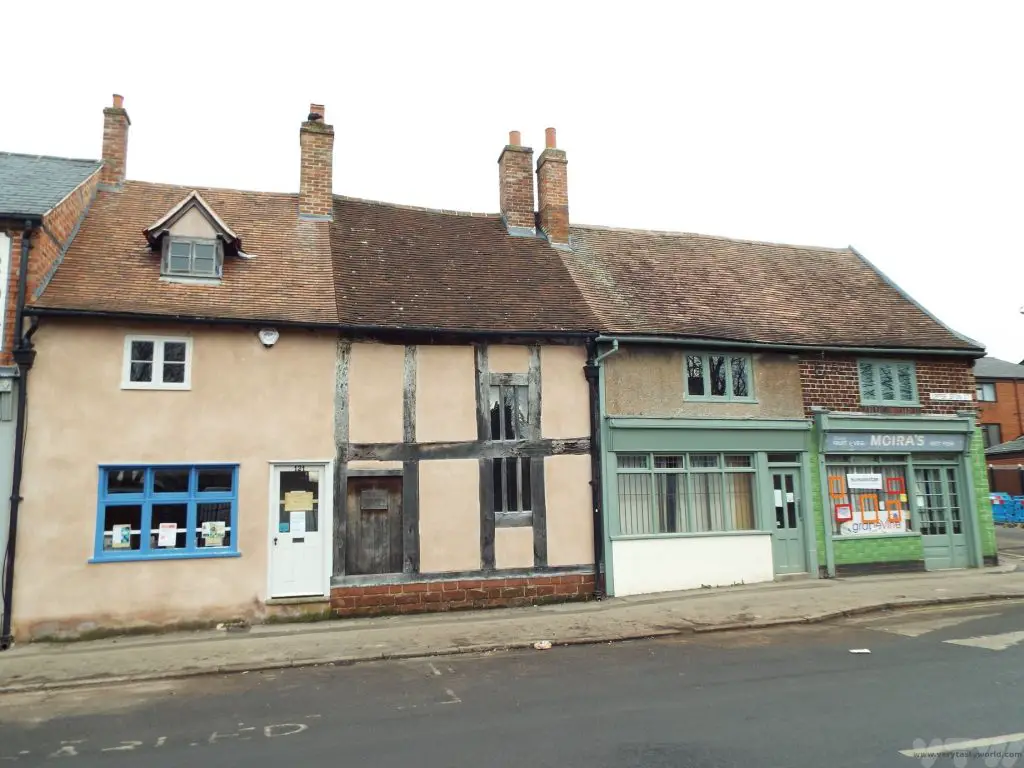
Watch Museum A small but interesting museum dedicated to Coventry’s watchmaking heritage.
Charterhouse
Located on the London Road, just over a kilometre outside the city centre, this former monastery was founded in 1381. It was a Carthusian monastery, home to a silent order of monks who each had their own cells (actually like small houses with walled gardens) in which they would meditate, pray, read and copy books. They would meet in church or at mealtimes – and meals were eaten in the refectory which is the main surviving building.
After Henry VIII’s dissolution of the monasteries the building became a private home and was modified over the years. The adjoining church and monks’ cells were lost. Its most famous resident was Robert Dudley, first Earl of Leicester who was a close friend and suitor to Queen Elizabeth I.
Eventually the building was passed to the people of Coventry and the Coventry Historic Trust set about ensuring its survival and restoring the building. It is now open to visitors.
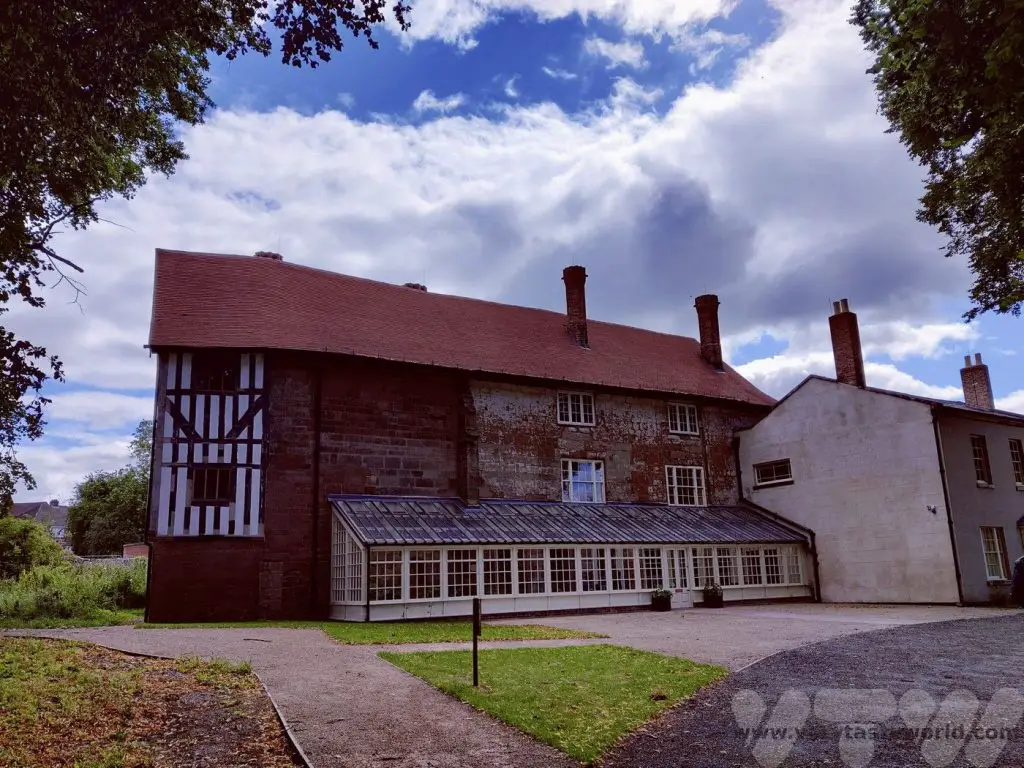
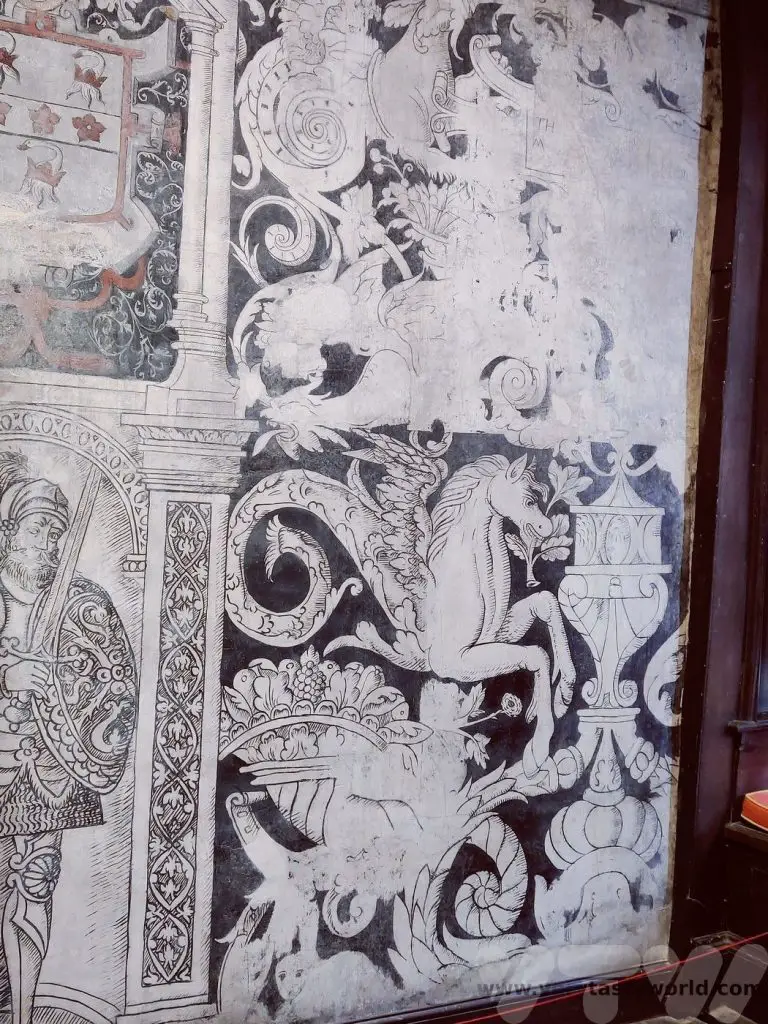
Of particular interest are the mediaeval paintings – a black and white painting dating back to the 15th century, likely to have been commissioned by Dudley.
Sadly when the monastery was converted from a two-floor to a three-floor building the top part of a crucifixion painting was lost. What remains is fascinating.
The grounds also house a kitchen garden. A bistro/café is located on site for light snacks. If you buy a ticket to visit the site, it is valid for a year from issue.
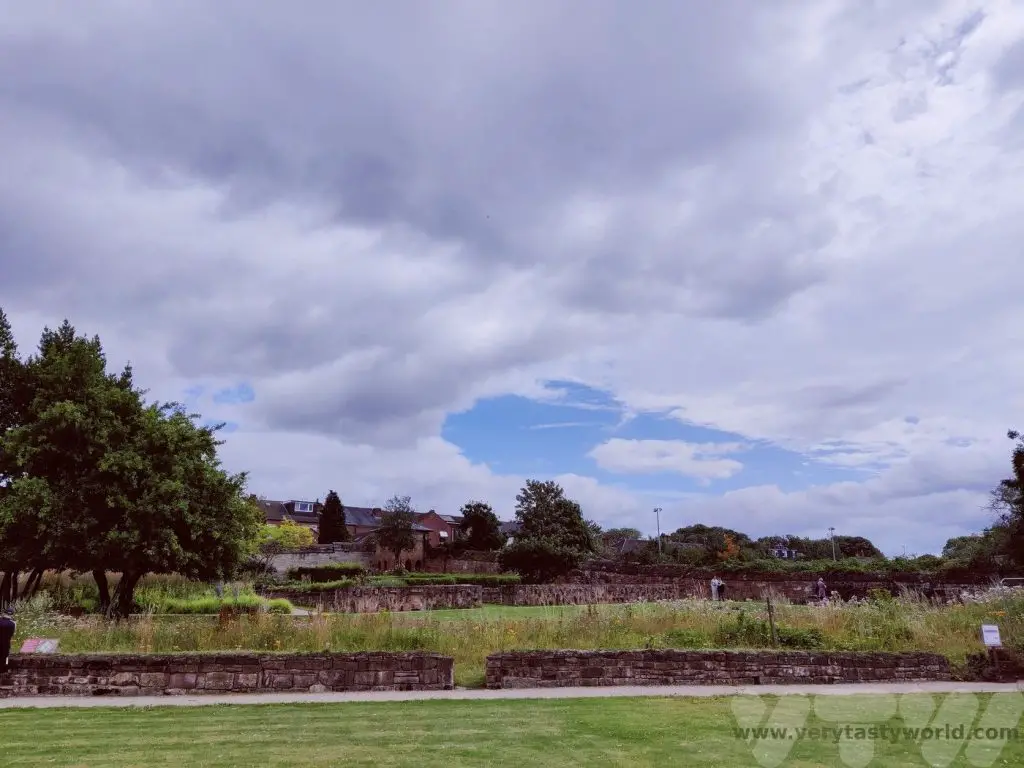
Coventry Culture
Herbert Art Gallery
A fantastic space, the Herbert has a permanent collection and regular temporary exhibitions. It’s located next to the cathedrals. With free entry to most exhibitions, it also hosted the 2021 Turner Prize.
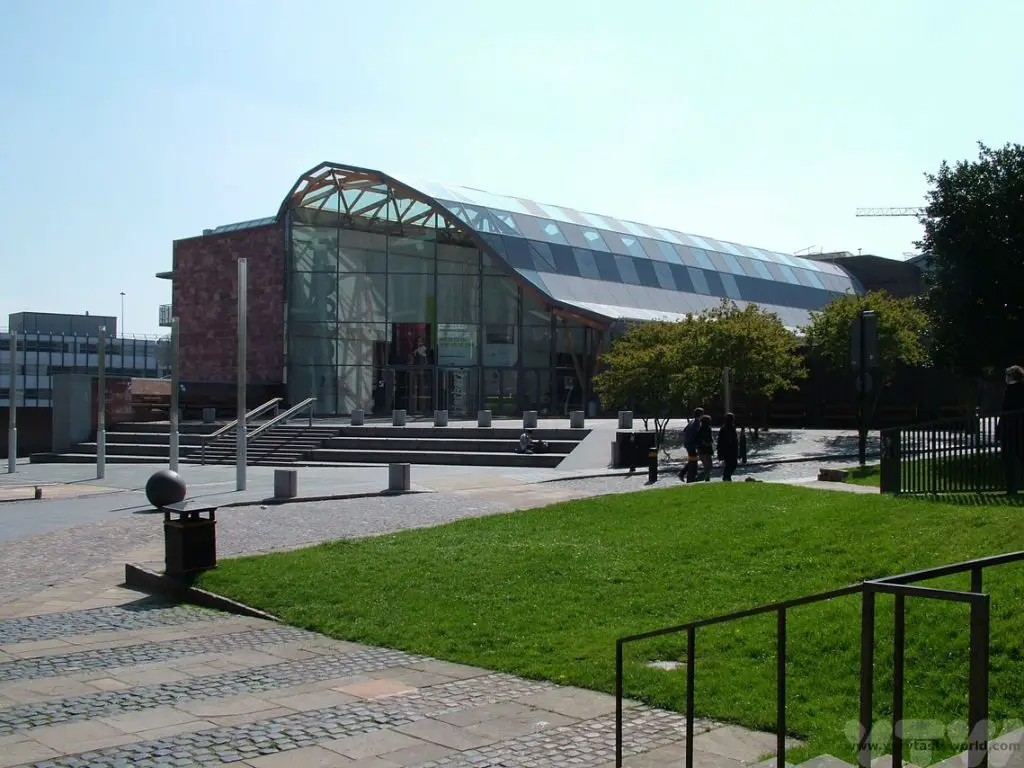
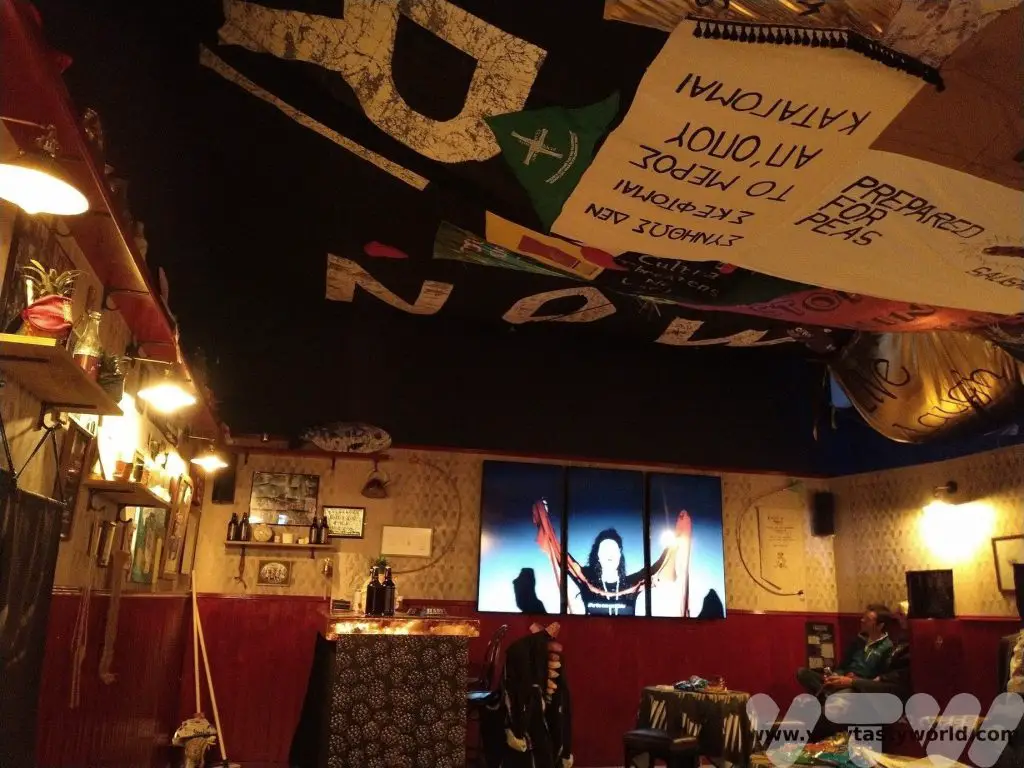
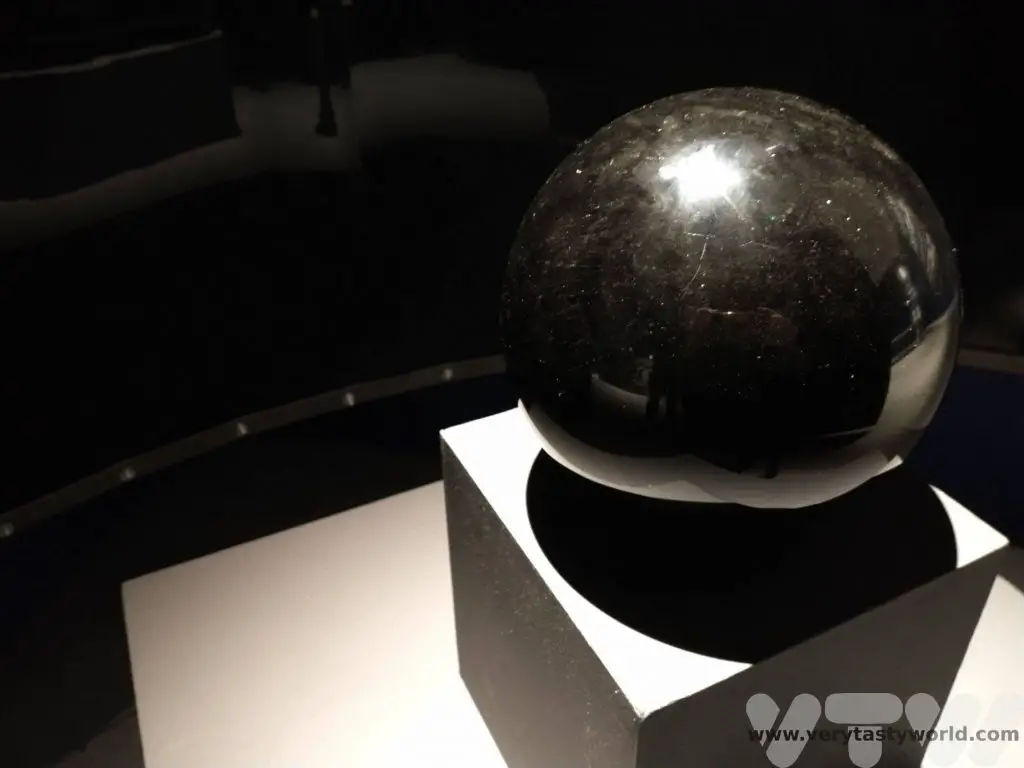
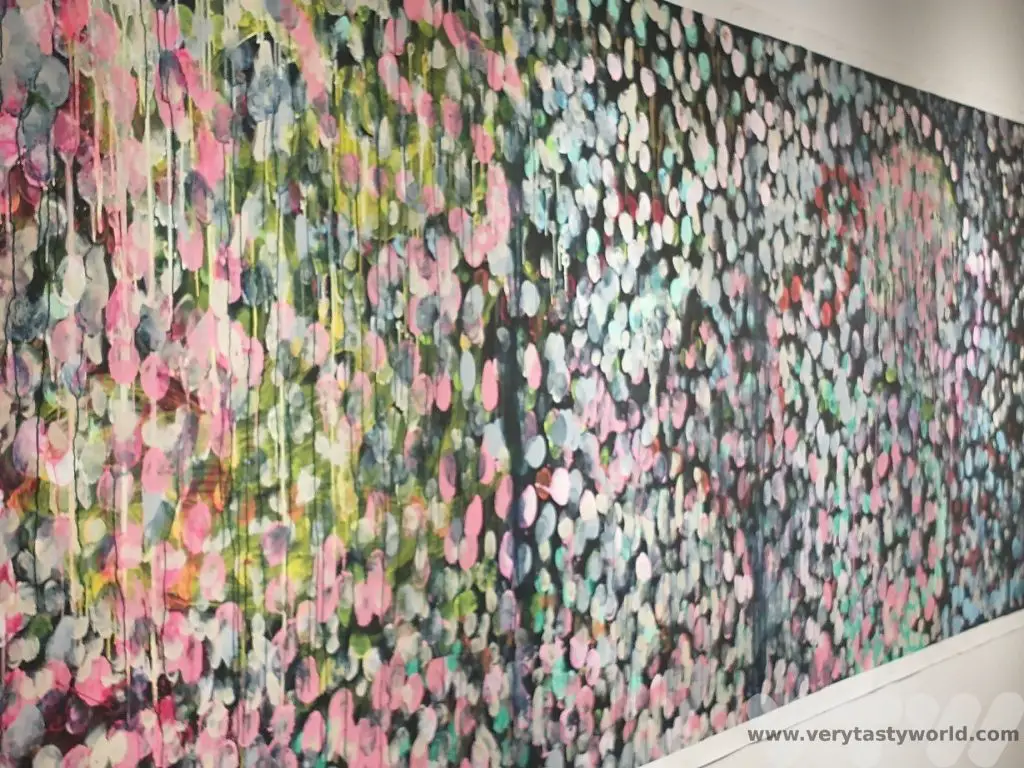

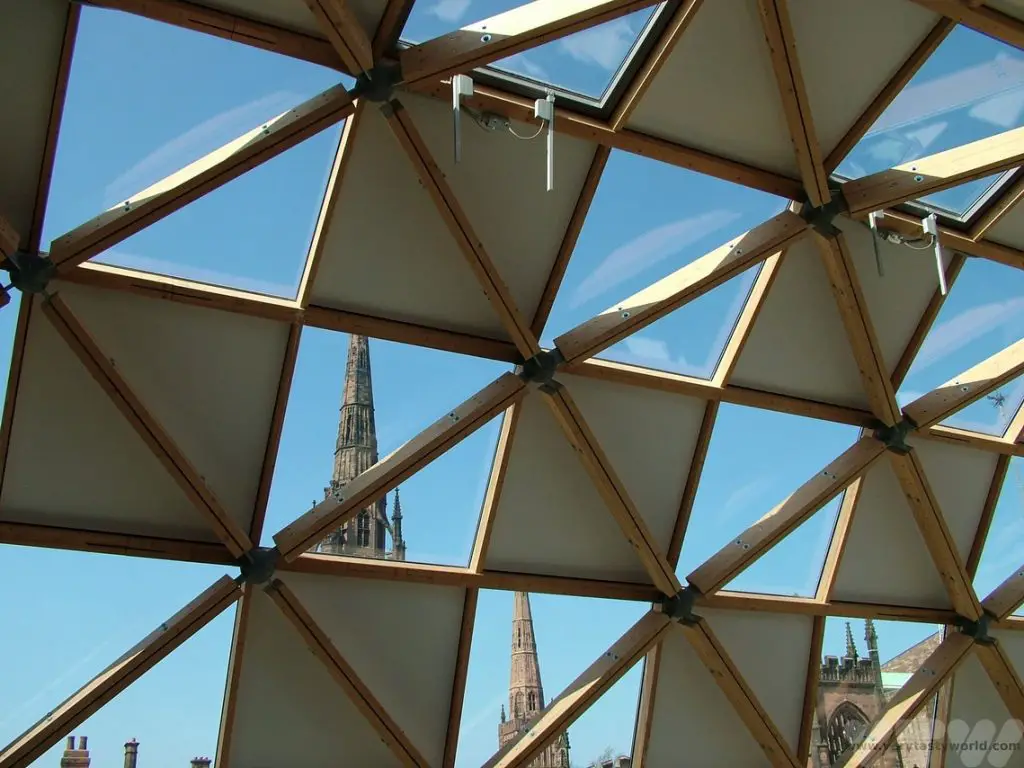
Fargo Village
Located to the east of the city, around a 15 minute walk from the city centre on Far Gosford Street, this is the Coventry’s creative quarter. With some quirky shops, great restaurants, venues and an on-site brewhouse it regularly hosts a variety of events.
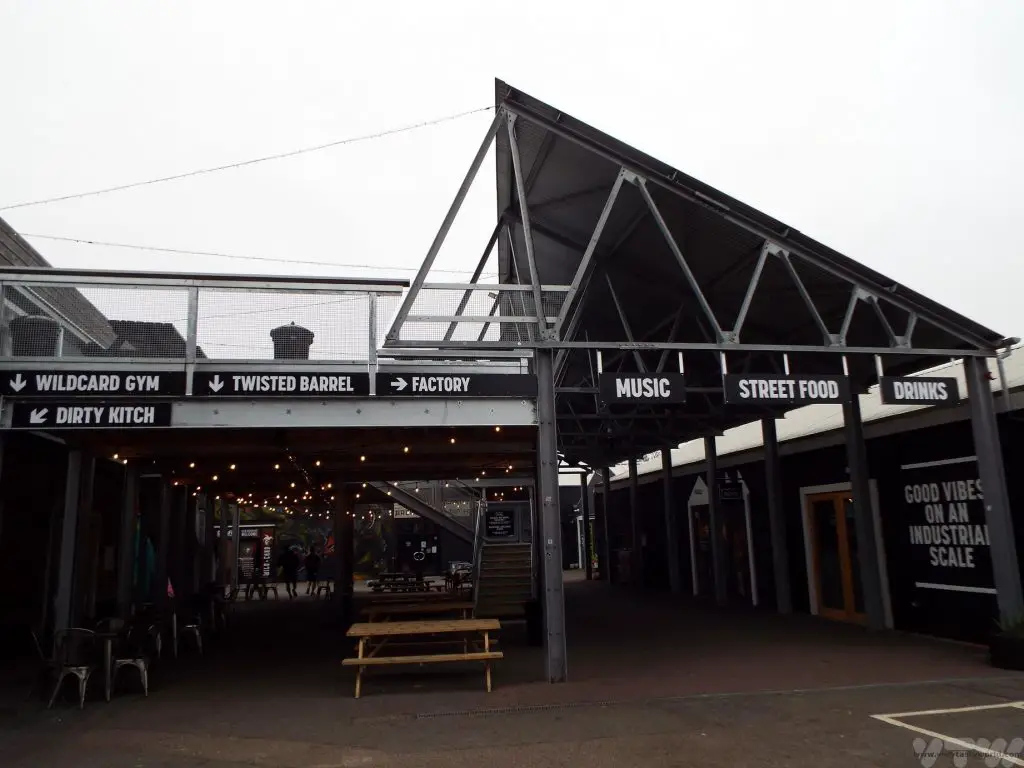
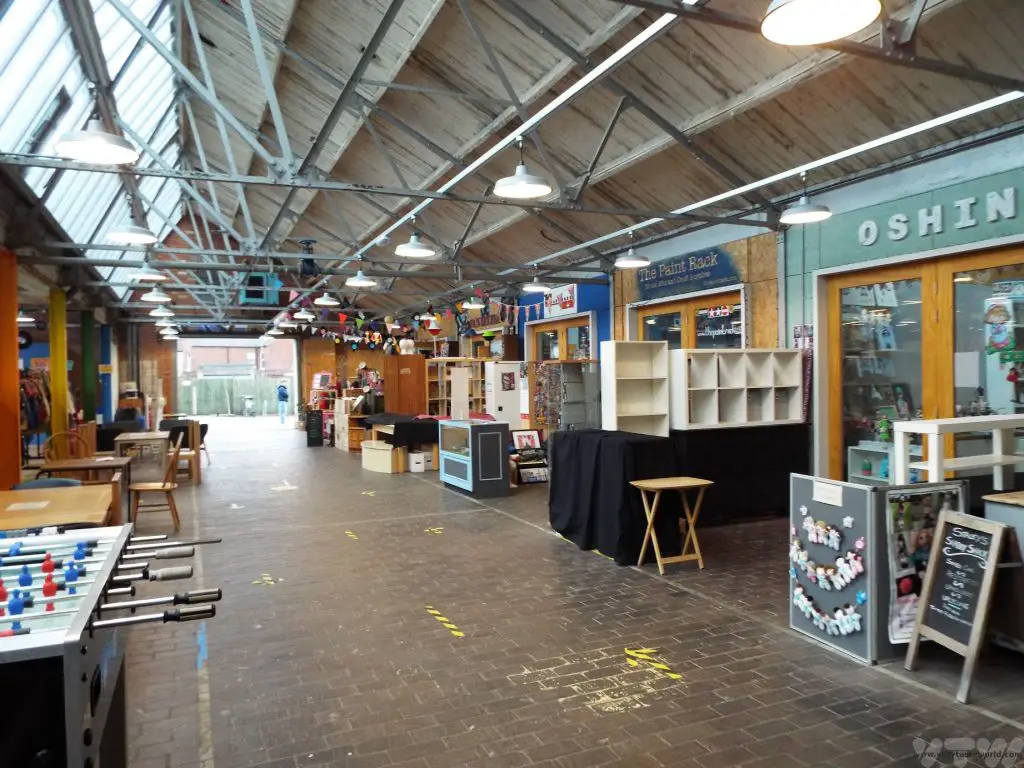
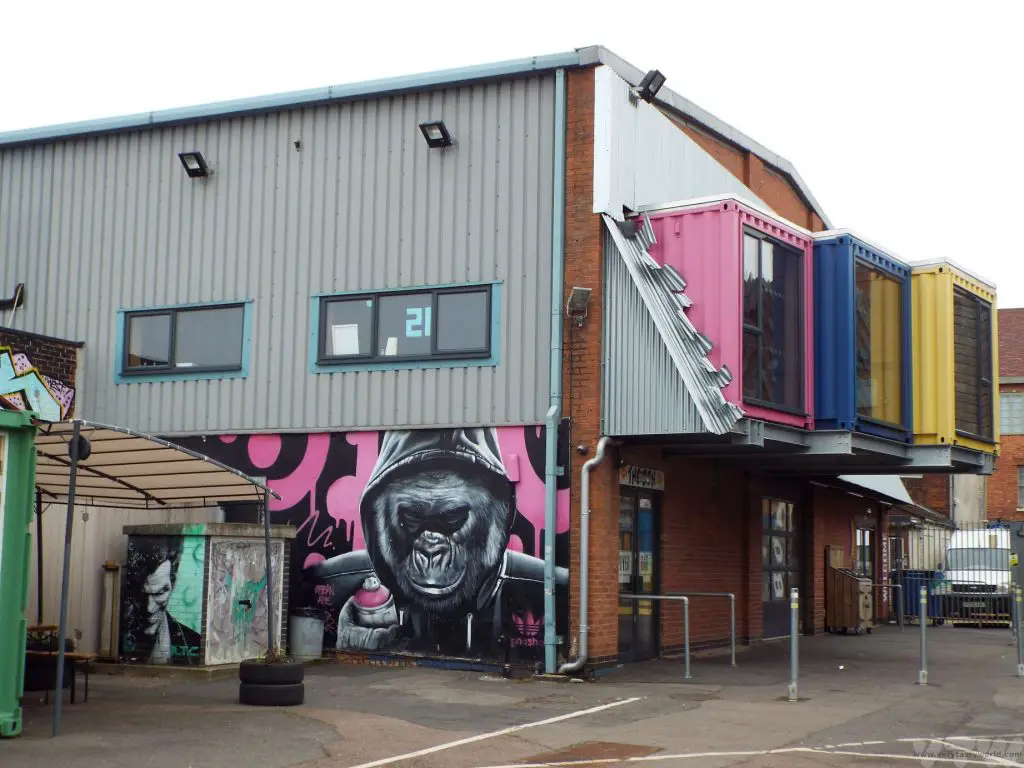
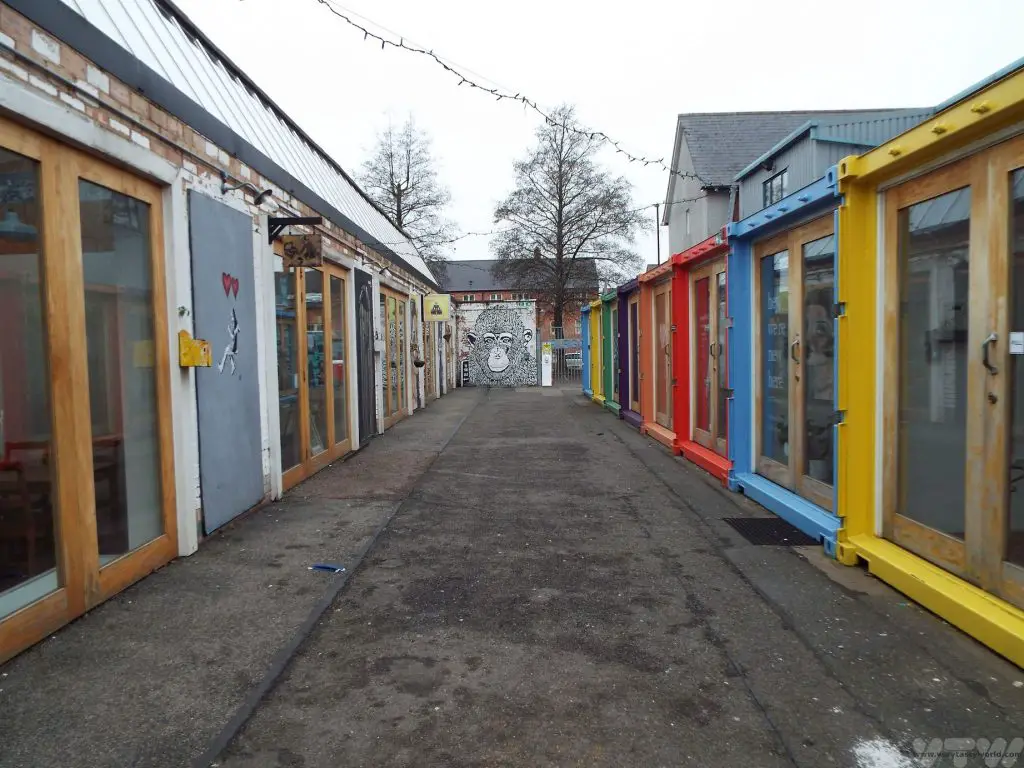
Theatre and Music The Belgrade Theatre and Albany Theatre have a great programme of theatrical productions. There are lots of venues for music gigs, including the tiny but excellent Tin Music and Arts venue in the coal vaults at Coventry’s canal basin. Warwick Arts Centre, located a few kilometres out of town at Warwick University, has a full programme of music, theatre, film and arts events.
Coventry Biennial This festival of art is held every two years. What’s great about it is that it uses multiple venues around the city and also in some of the surrounding towns.
Litten Tree Building (until late 20223). This is a pop-up art venue in a disused space above a pub. (Just enter the Litten Tree pub in the Bull Yard, on the way in from the railway station and climb the staircase). It’s totally shabby-chic inside but offers a variety of exhibitions and gigs – just feel free to explore the building discovering fabulous art along the way.
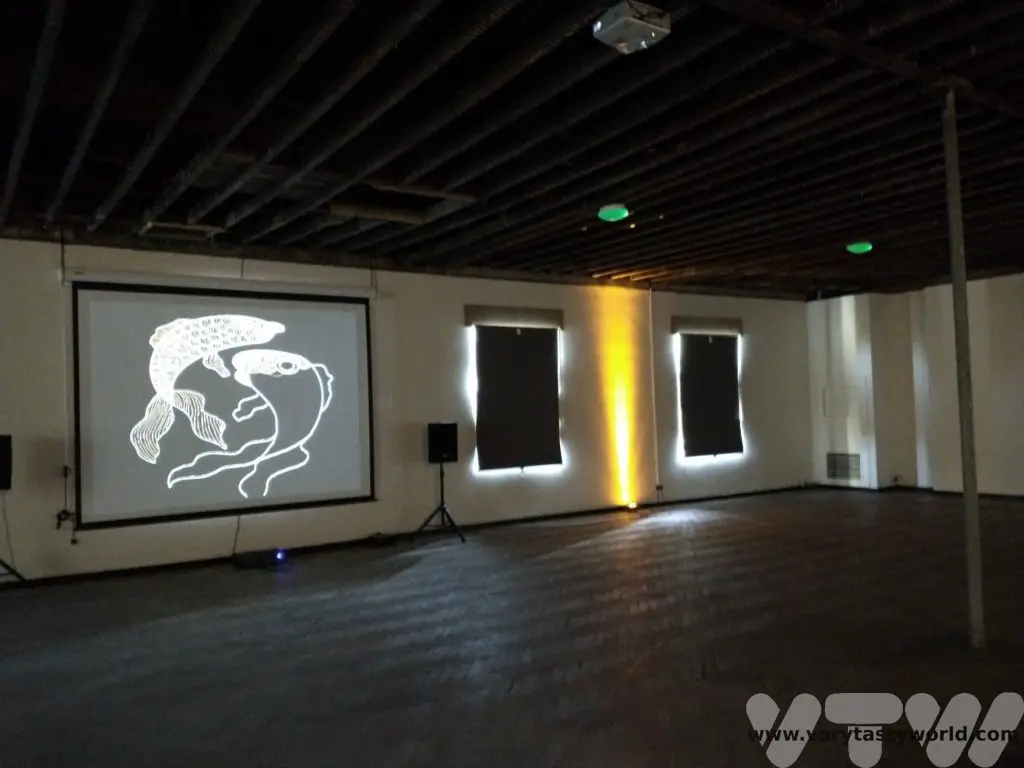

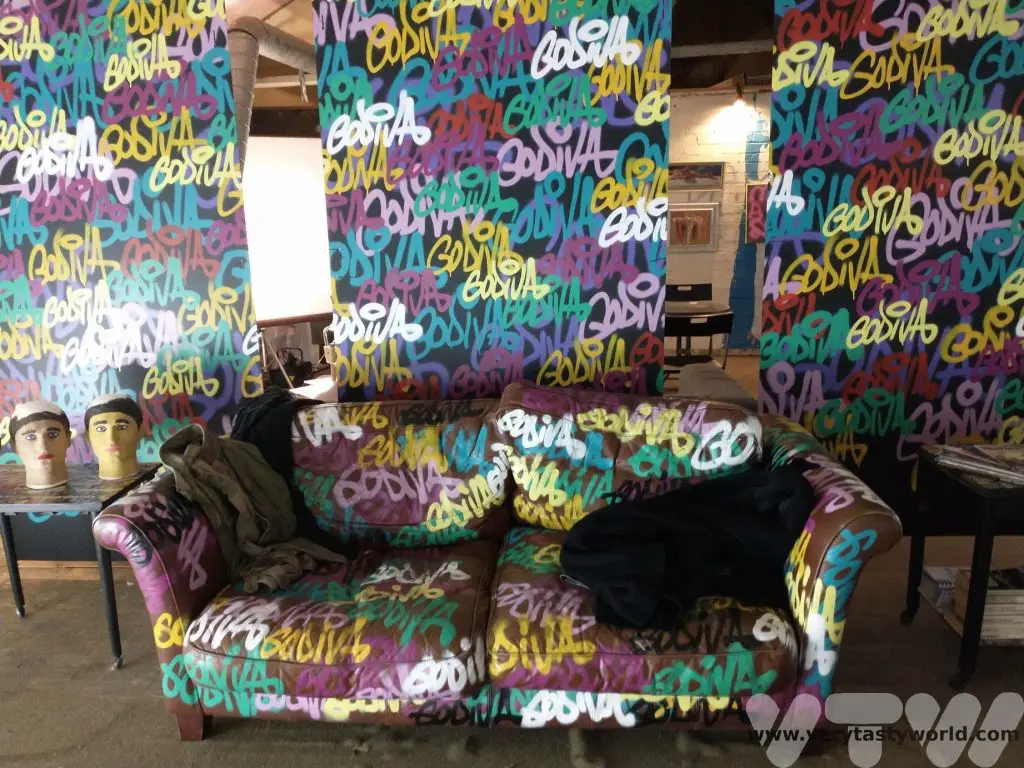
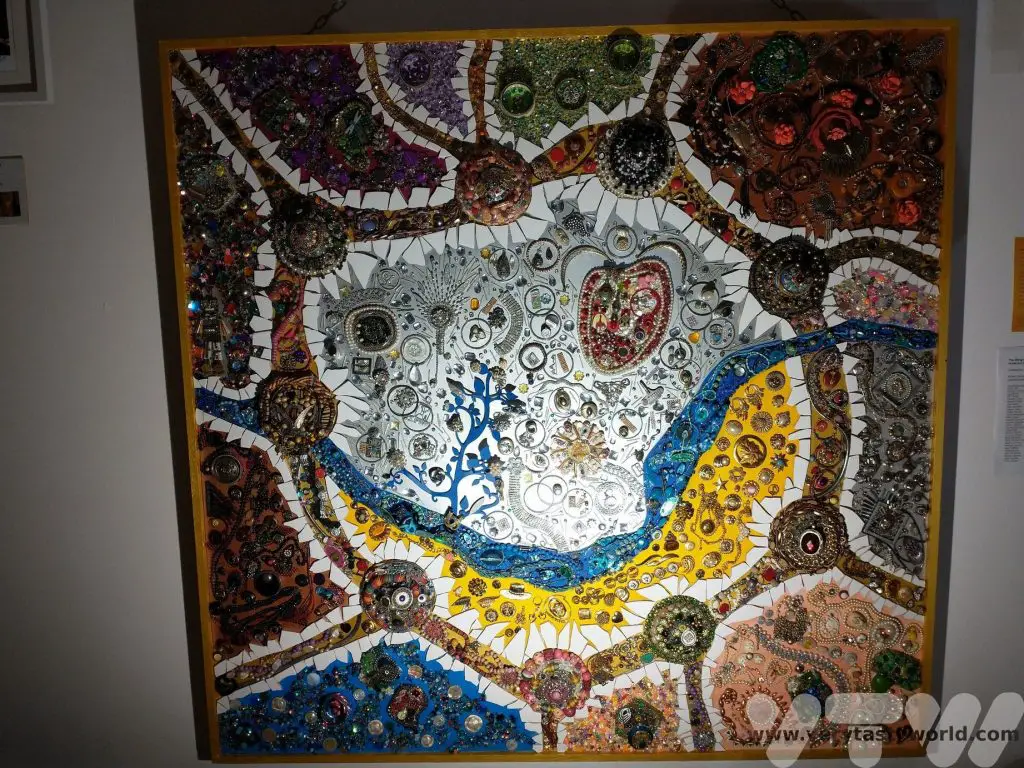
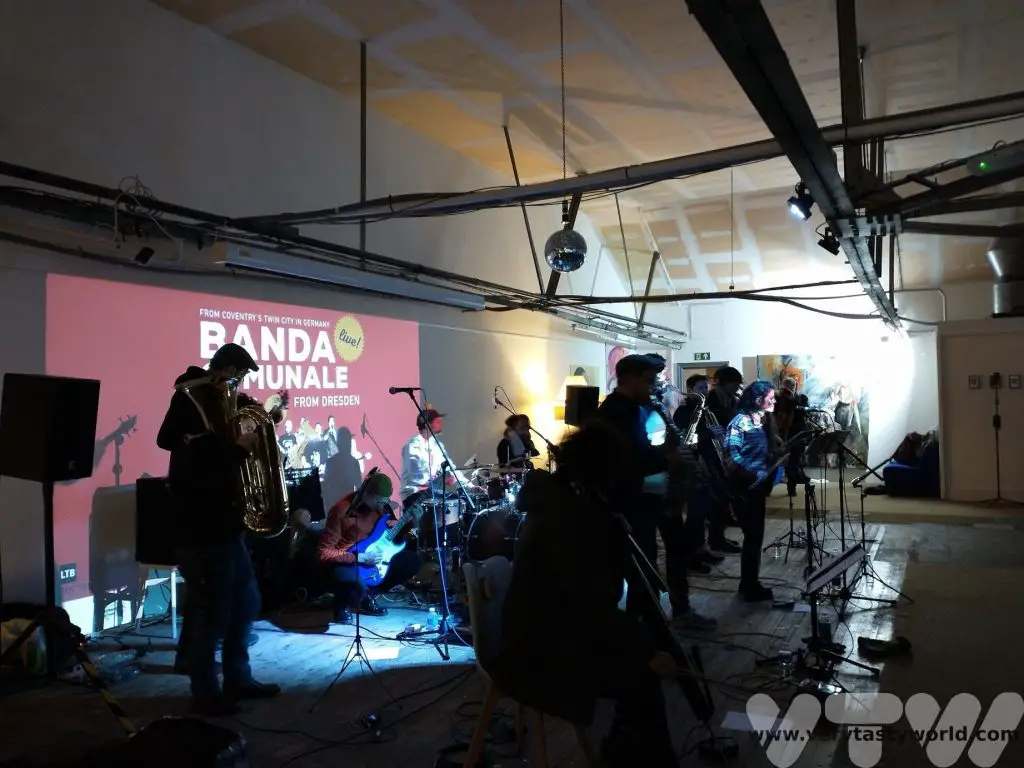
Eating -Where to Eat in Coventry
Coventry has its share of the usual chain restaurants but there are a number of excellent independent restaurants.
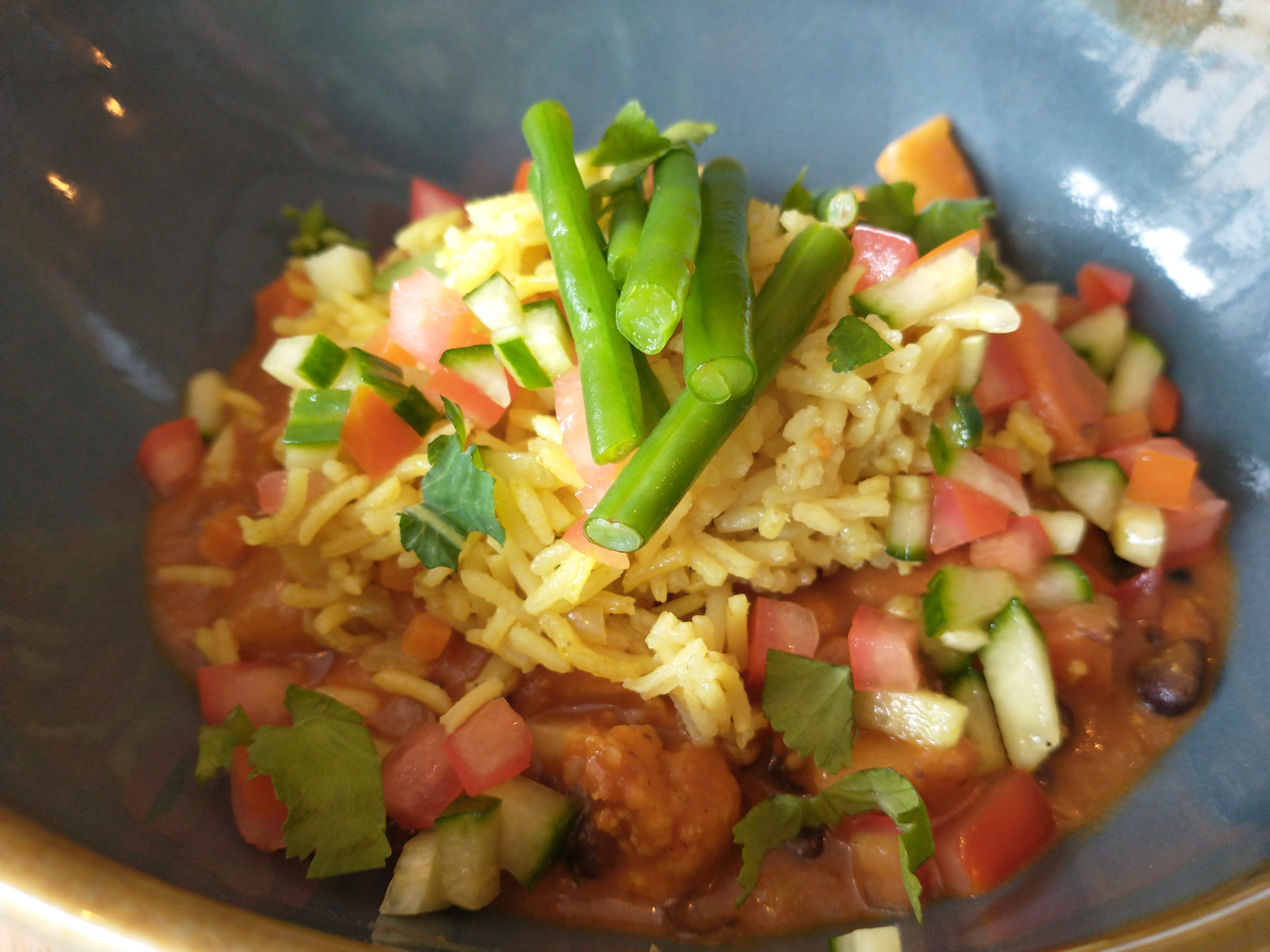
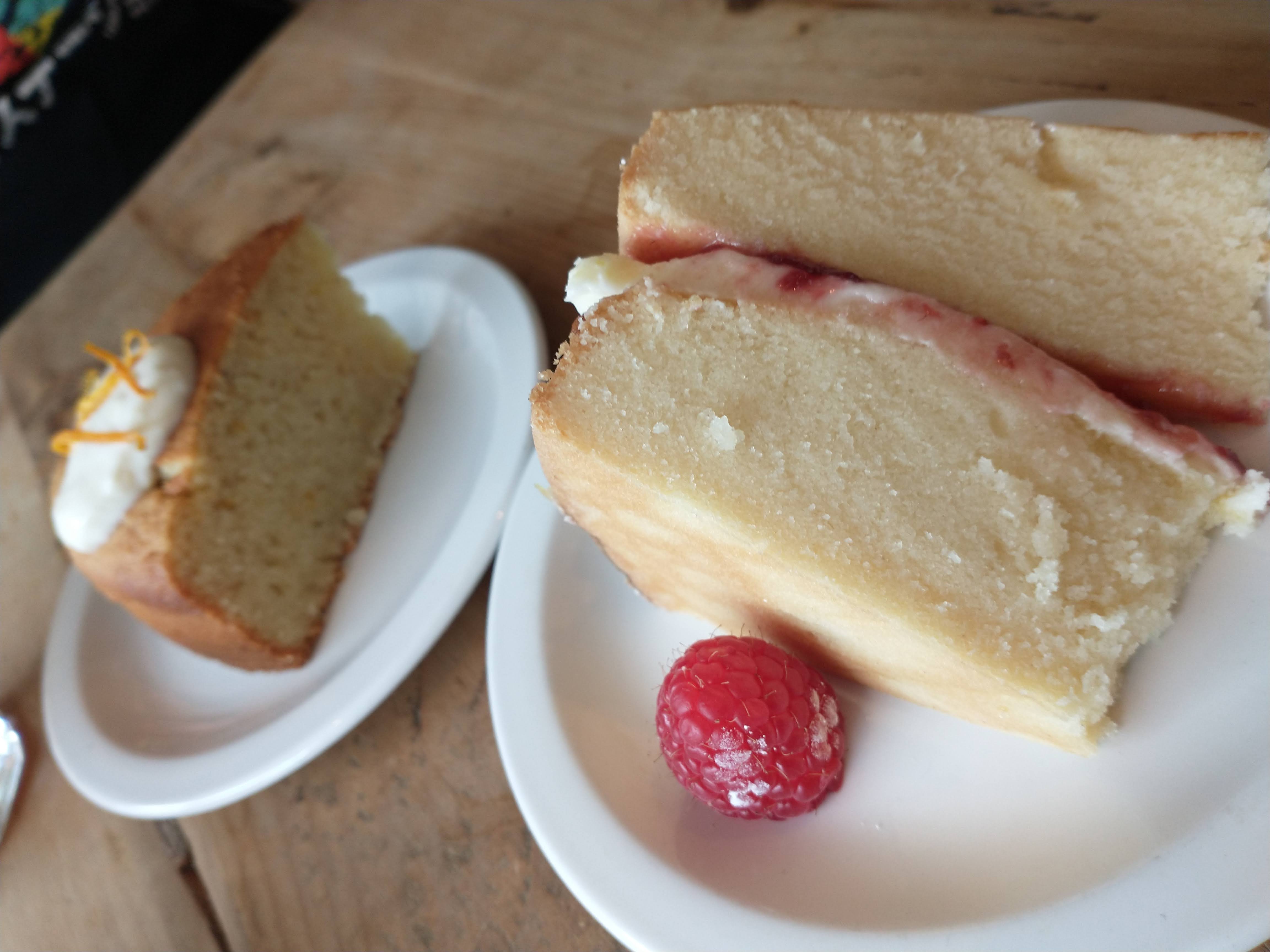
The Pod Café – this is located on Far Gosford street and is one of our favourites. A vegan café it sources local ingredients, 70% of which are grown on its Food Union (a social activism initiative run by the local council) allotment on the other side of the city (and one that we volunteer at, so we may even have helped grow your lunch). The café also runs evening supper clubs with live music. And, naturally, the food is absolutely delicious.
Gourmet Food Kitchen – one of the most difficult restaurants to get a table at for chef Tony’s monumentally delicious gourmet evenings (you have to get lucky when slots on the website are released) this teeny restaurant located in Fargo Village also offers the best cooked breakfast in the land (which you can usually just show up for). Everything is home-made and utterly scrumptious.
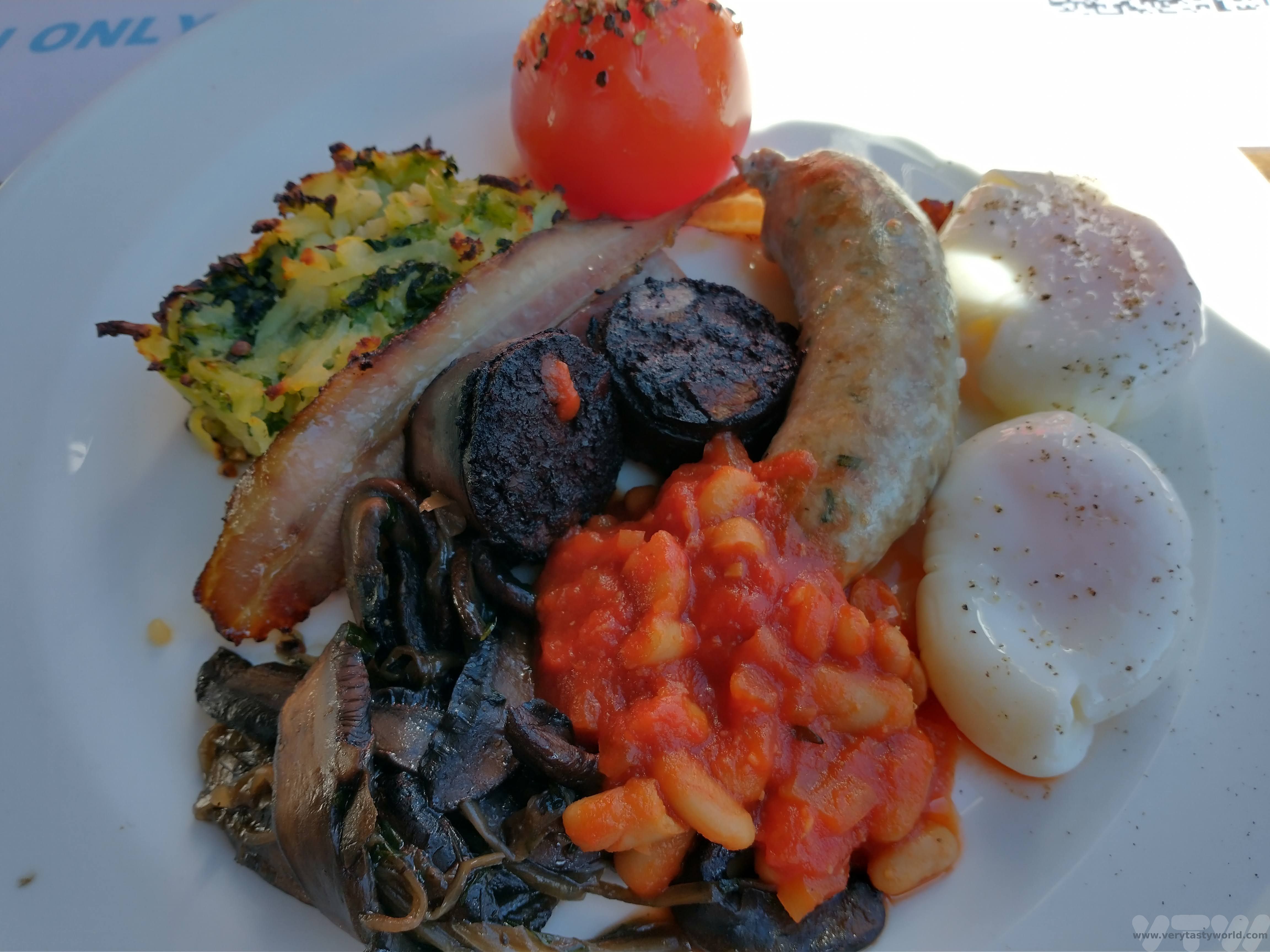
Earlsdon Supper Club (secret location in Earlsdon – you’ll find the location when you book). This is a supper club where you join chef Tobias who cooks you a delicious tasting menu and describes his inspiration behind each dish.
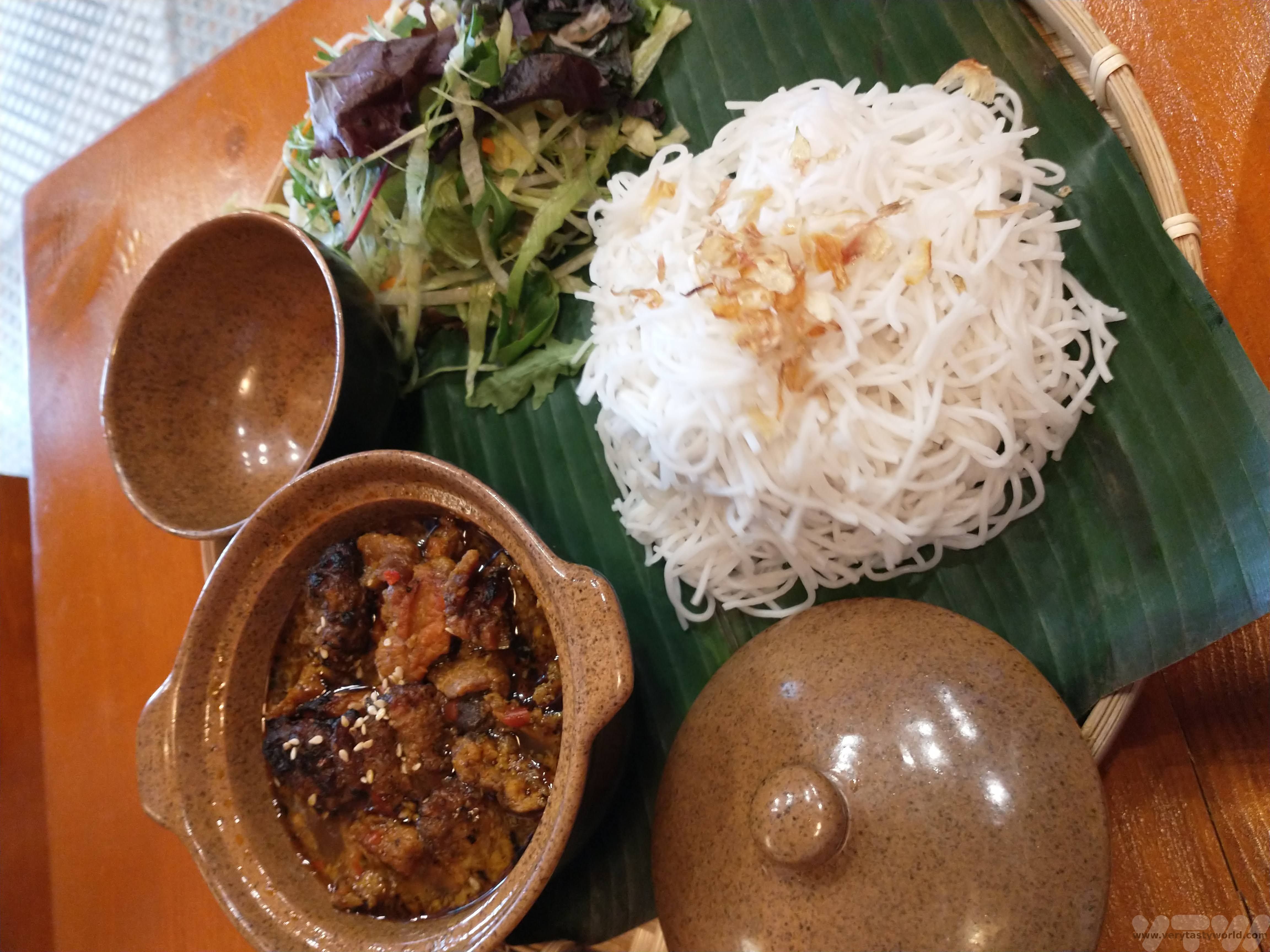
Hello Vietnam (Smithford Street) offers a wonderful array of Vietnamese dishes.
A-Sushi (Hertford Street) – best sushi in Coventry, this Korean restaurant also offers a variety of Japanese and Korean dishes.
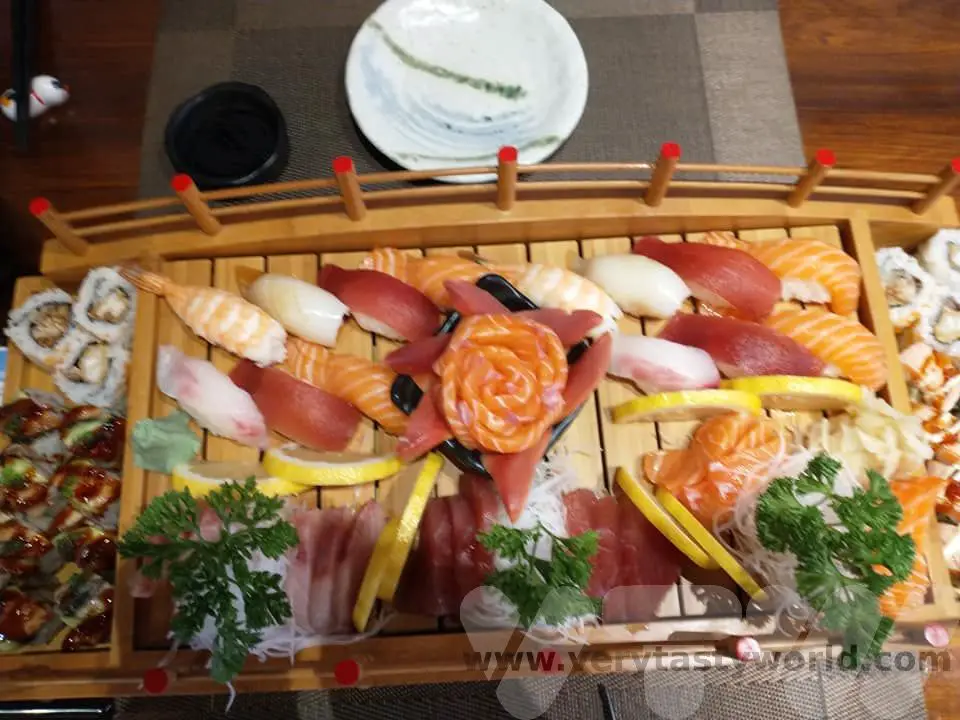
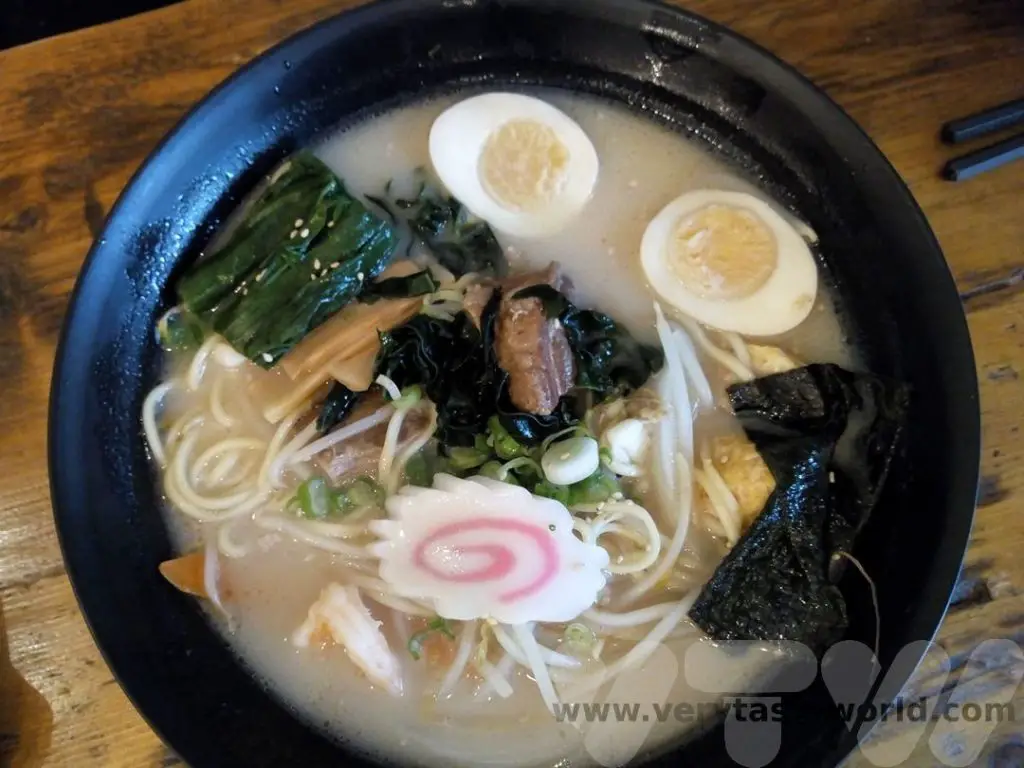
Shin Ramen (Priory Place) is a Japanese restaurant that serves izakaya style food, notably its authentic ramen noodles. The tonkotsu and champon ramen are particularly good.
Jinseong Korean BBQ (Priory Place) – meat eaters can enjoy Korean BBQ where you can cook a variety of meats over a charcoal fire. Their KFC (Korean Fried Chicken) is also delicious.
Pickles (Spon End). There are so many excellent Indian restaurants in Coventry (as there are all over the Midlands) but we’re big fans of Pickles where you get a warm welcome and delicious curries.
Tamils Taste of Asia (Foleshill Road) offers superb and authentic South Indian cuisine. Great if you are hankering after dosas, biryani and idli.
Anatolia (Earlsdon Street) offers amazing Turkish food with great mezze and succulent kebabs.
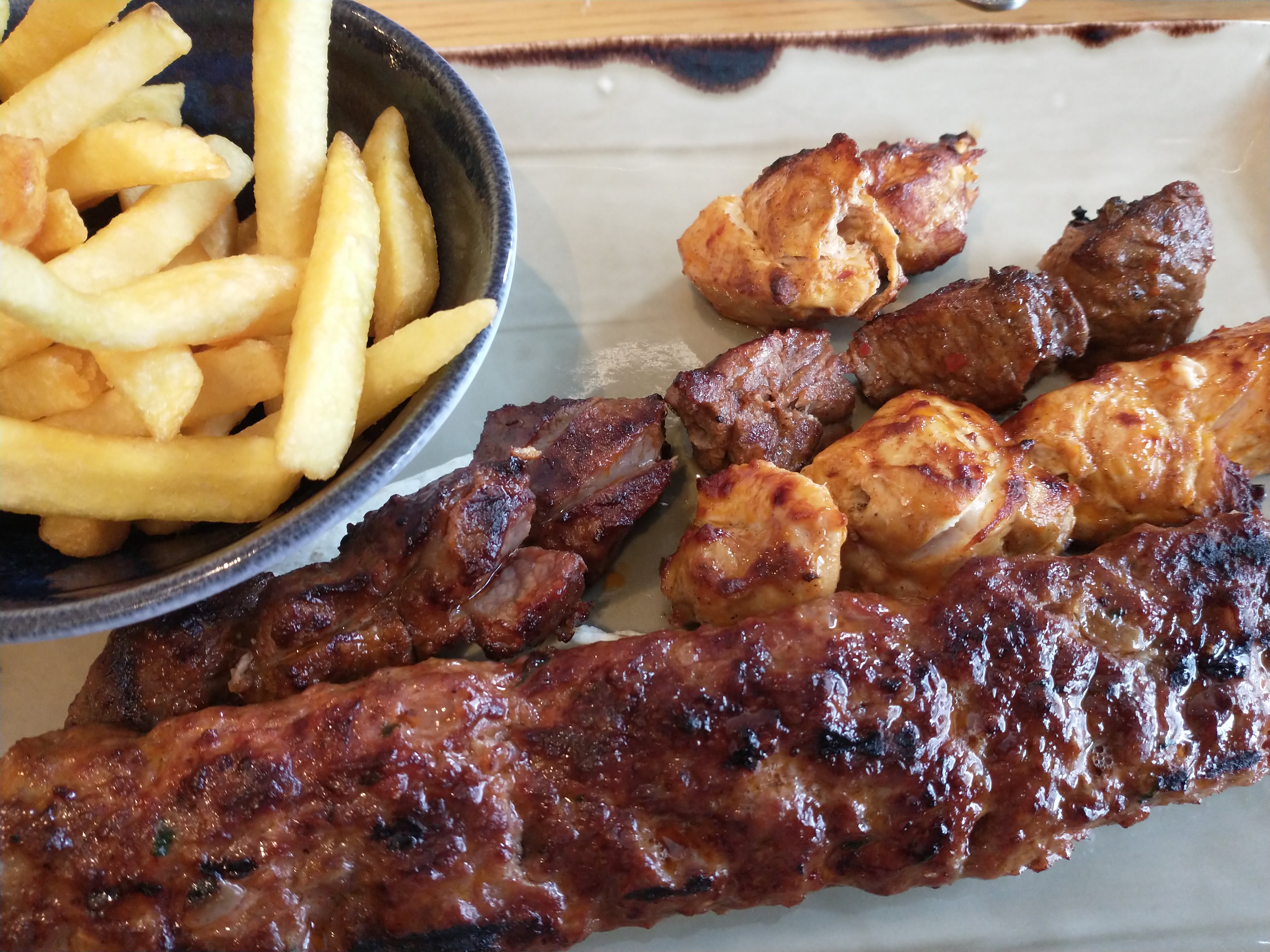
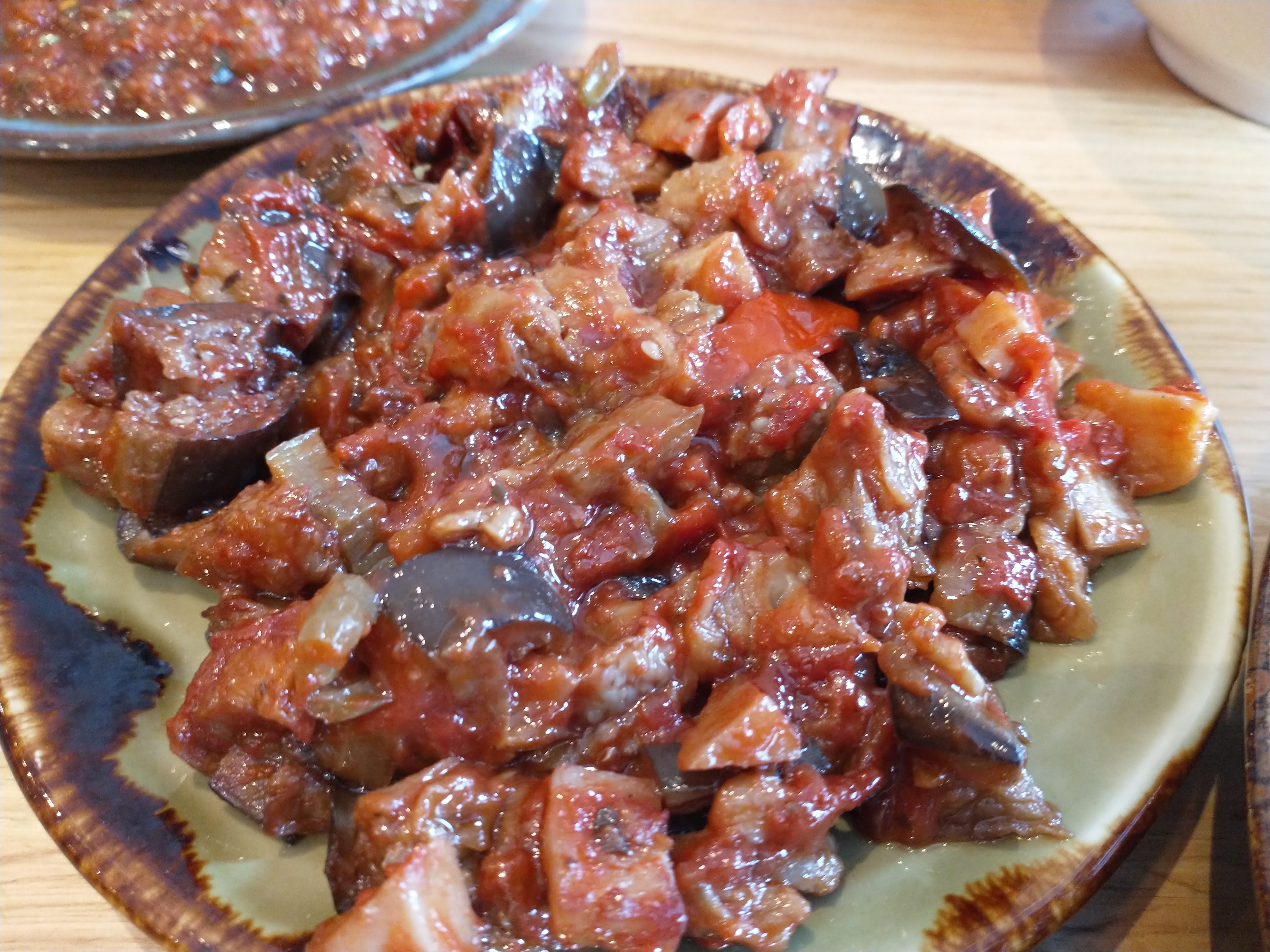
Drinking – Where to Drink in Coventry
Hops D’Amour – is a lovely micropub on Corporation Street serving craft beer, real ale and a variety of ciders. You can be sure of a friendly welcome and that you will have a different and interesting beer or cider experience every time you visit.
Broomfield Tavern – great beers and a huge variety of ciders are to be found in this small pub just outside the city centre, close to the Butts rugby ground. Teddy, the huge St Bernard dog, will offer a warm welcome, even if he sometimes pinches your seat.
Twisted Barrel – a brew-pub located in Fargo village. They offer a great variety of home-brewed and guest beers. They also have a mail order service so you can order their excellent beers online.
The Old Windmill – one of Coventry’s oldest pubs, located on Mediaeval Spon Street, this building has all sorts of nooks and crannies to sit in while enjoying your pint. It offers a great variety of beers and also locally sourced pork pies, ploughman’s platters and cheese boards.
Beer Gonzo (Earlsdon Street) – located in the suburb of Earlsdon this beer shop and tap room offers a wide variety of interesting beers from around the world. They regularly run “meet the brewer” events which result in a fun afternoon or evening enjoying a variety of beers. They too have an online shop.
Dhillons Spire Bar (next to the Bull Yard) is located within and around Christchurch spire, the third of Coventry’s three spires. You can sit in a personal booth (which has a heater when it’s cold) and drink locally brewed beer such as Ghost Town lager or Red Rebel IPA.
Green Spaces in Coventry
While Coventry has a reputation for being a dull concrete city, it actually has a huge number of green spaces, some close to the city centre and some a bit further out.
Lady Herbert’s Garden is located next to Swanswell Gate and the transport museum.
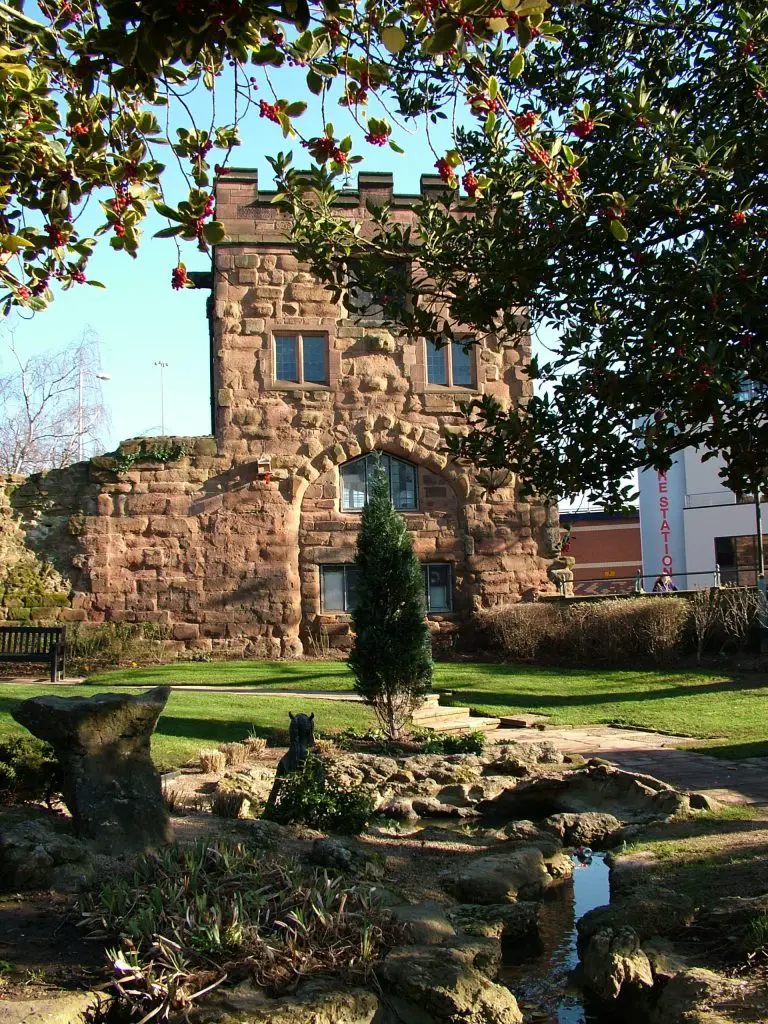
War Memorial Park is the city’s largest and best known park. Established in 1921 following World War I, it is absolutely huge and has tennis courts, football pitches, bowls green, footgolf course, an outdoor fitness trail and a cricket pitch. There are play facilities and skateboarding ramps too. It hosts the popular three day Godiva Festival every year.
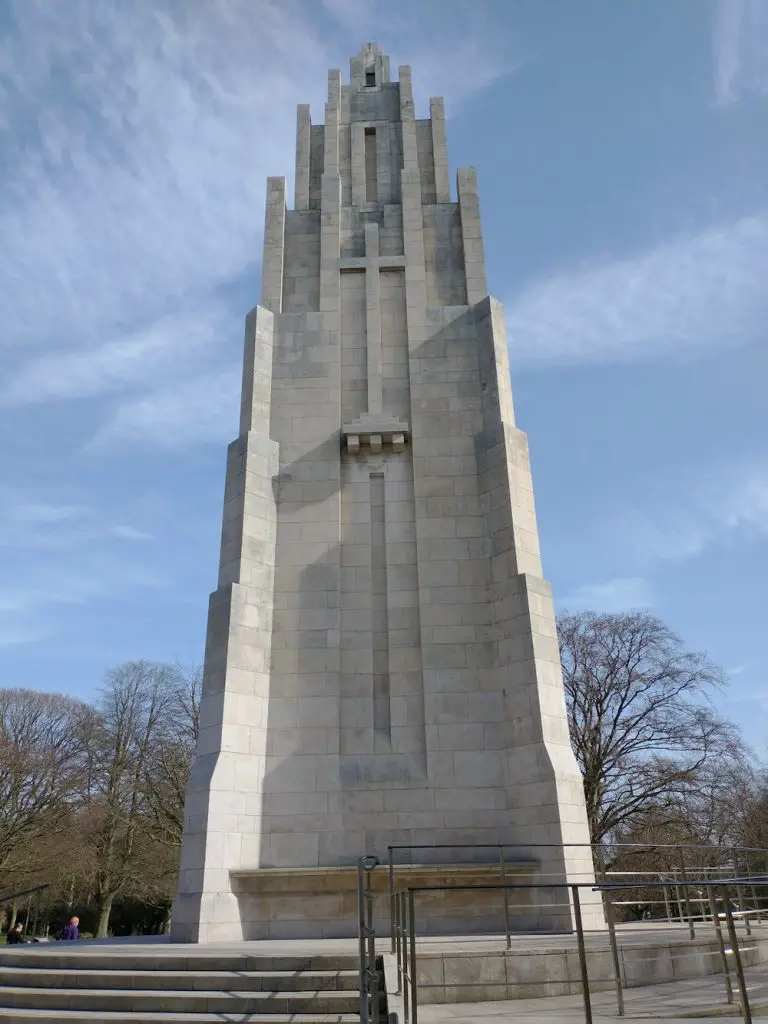
Coundon Wedge – about a mile down the Holyhead road leading out of the city towards the A45 and Birmingham, Coundon Wedge is a delightful slice of actual countryside. Coventry’s lovely little river Sherbourne flows through it.
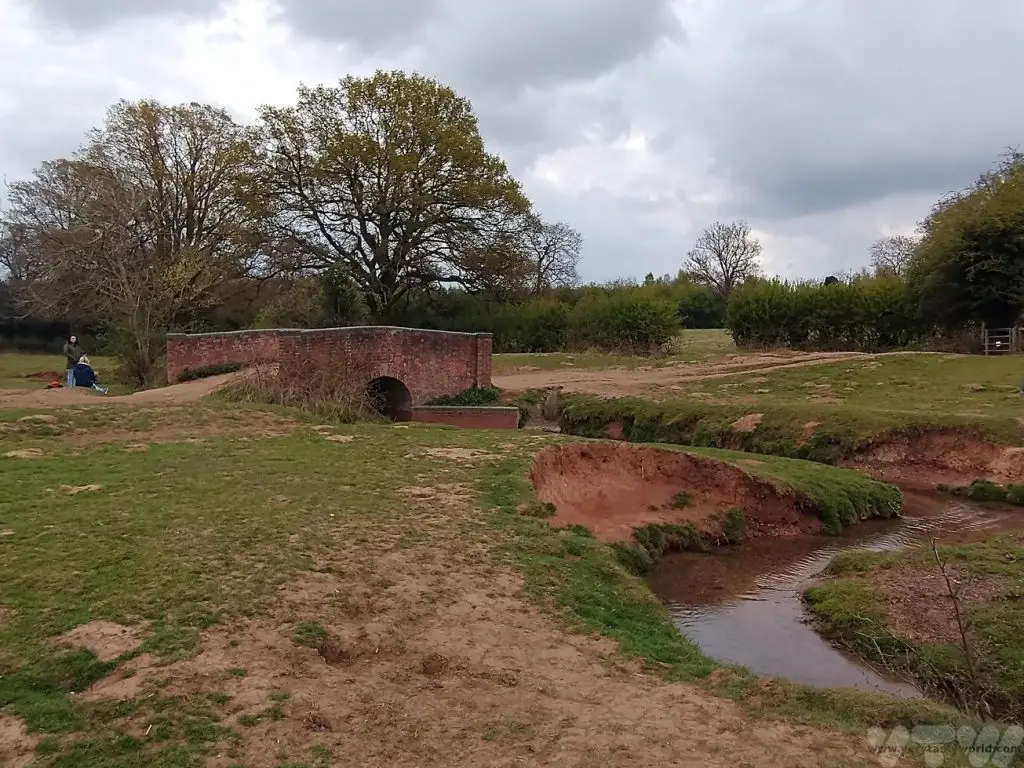
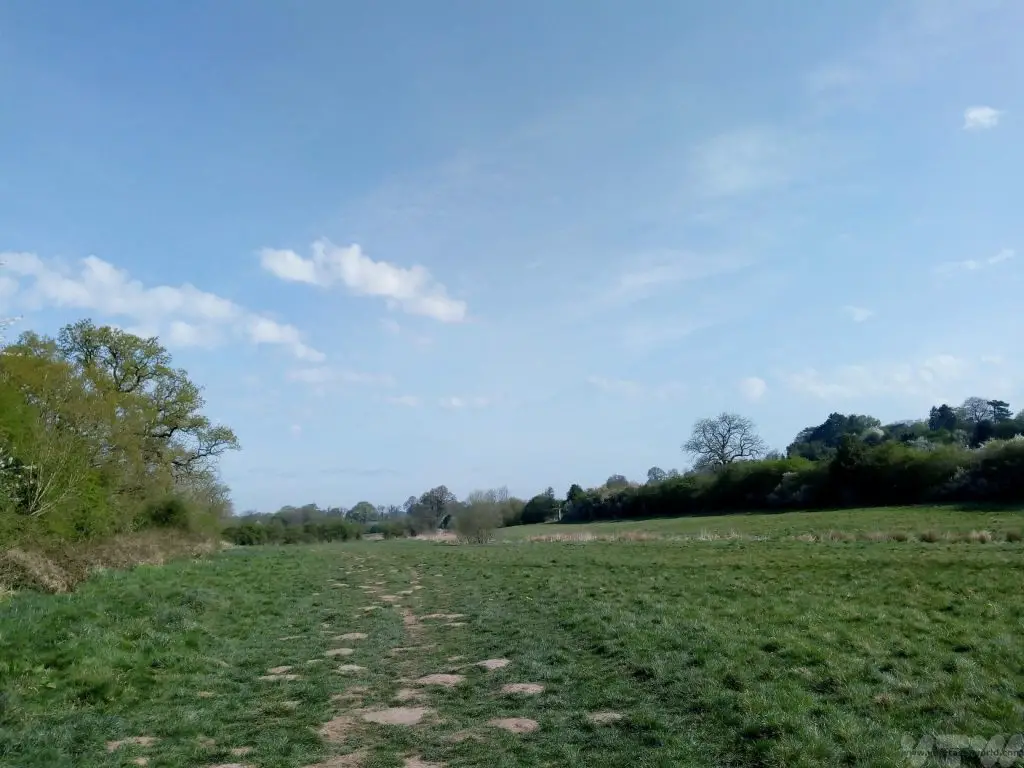
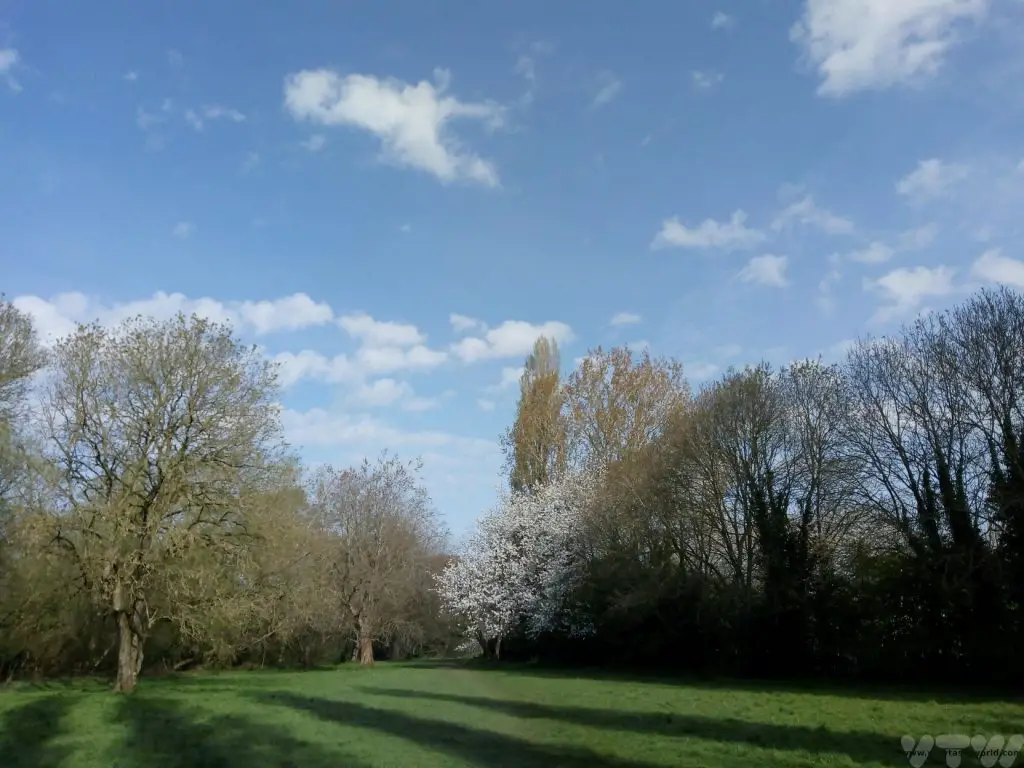
Charterhouse Fields – Opposite the cemetery on the London Road, the Charterhouse of St Anne is a Grade 1 listed building. It was founded in 1381 . It is surrounded by green fields which are located adjacent to the river Sherbourne after it has emerged from flowing under the city.
Coombe Abbey – a bit further out of the city on the way to Brinklow this is a former 12th century abbey that has been converted to a hotel set in around 500 acres of parkland.
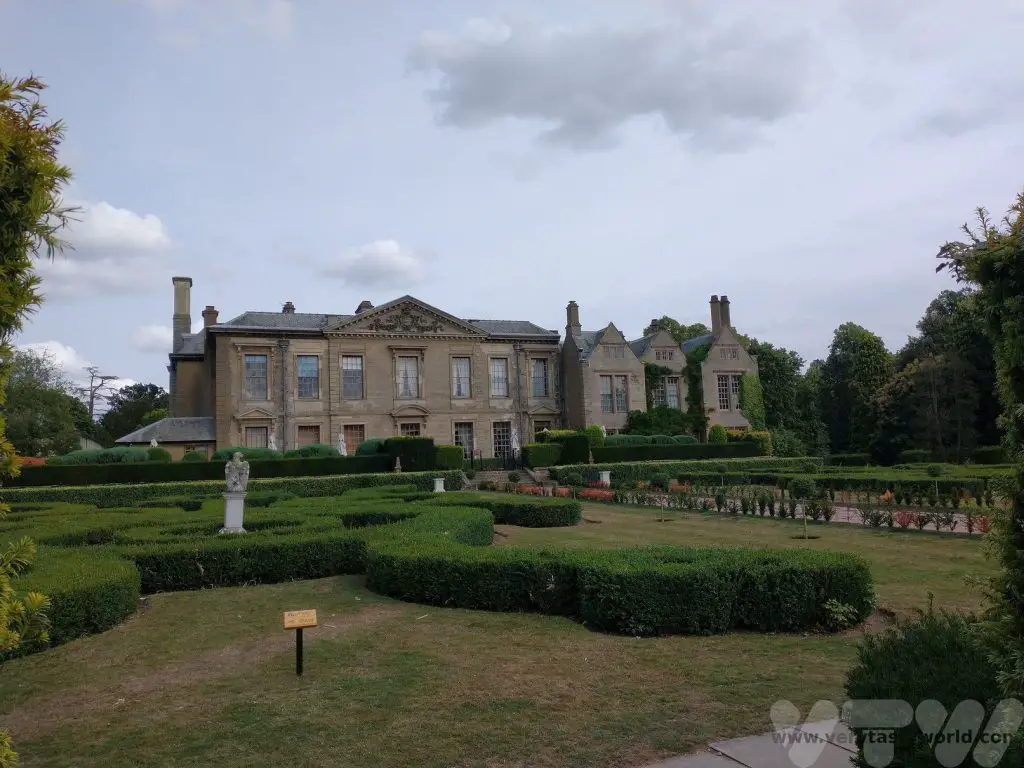
The park is lovely to walk around – with woods and a lakeside to explore and they have also recently opened up a Go Ape venue. The hotel itself offers popular afternoon teas and bawdy mediaeval banquets (the banquets are available for pre-booked groups only).
Shopping in Coventry
Coventry hosts all the major retailers that you would expect from a city. As foodies living in a multi-cultural city, we love that there are all sorts of supermarkets or mini-marts from Asia, Eastern Europe, the Caribbean and Africa. And we are pretty sure that you can buy anything at Coventry market. Located inside a circular building (it took us about 5 years to work out how to leave it at the exit we wanted and we still get a bit lost on occasion) there are stalls for fresh food at great prices and pretty much anything else you might want.
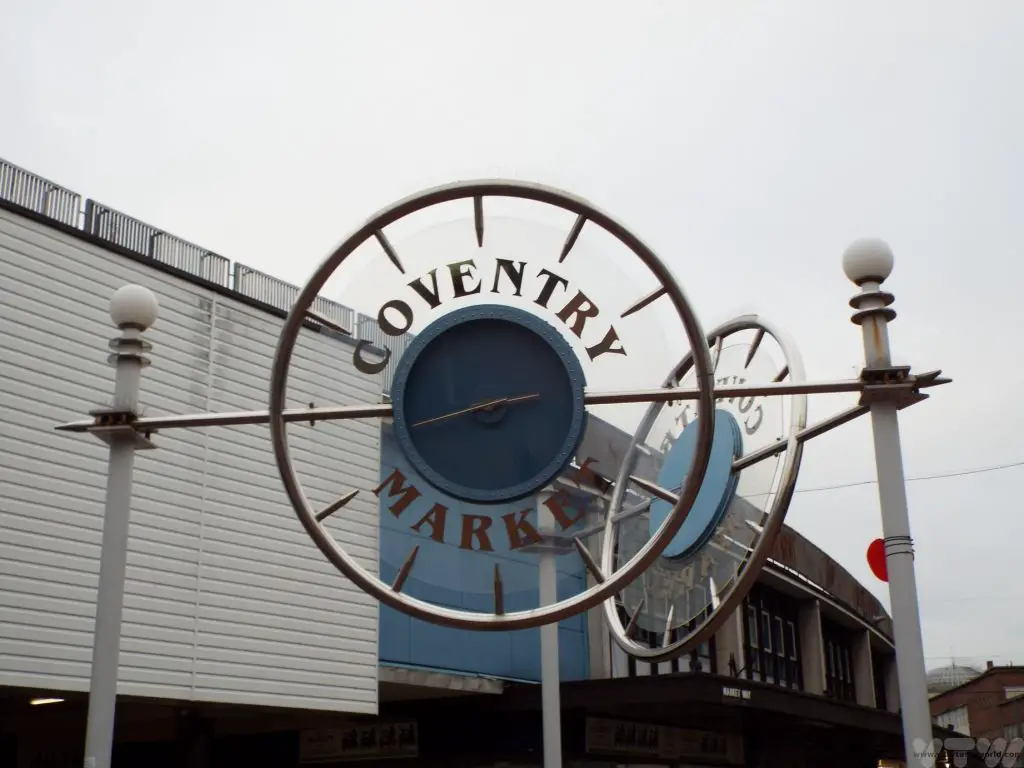
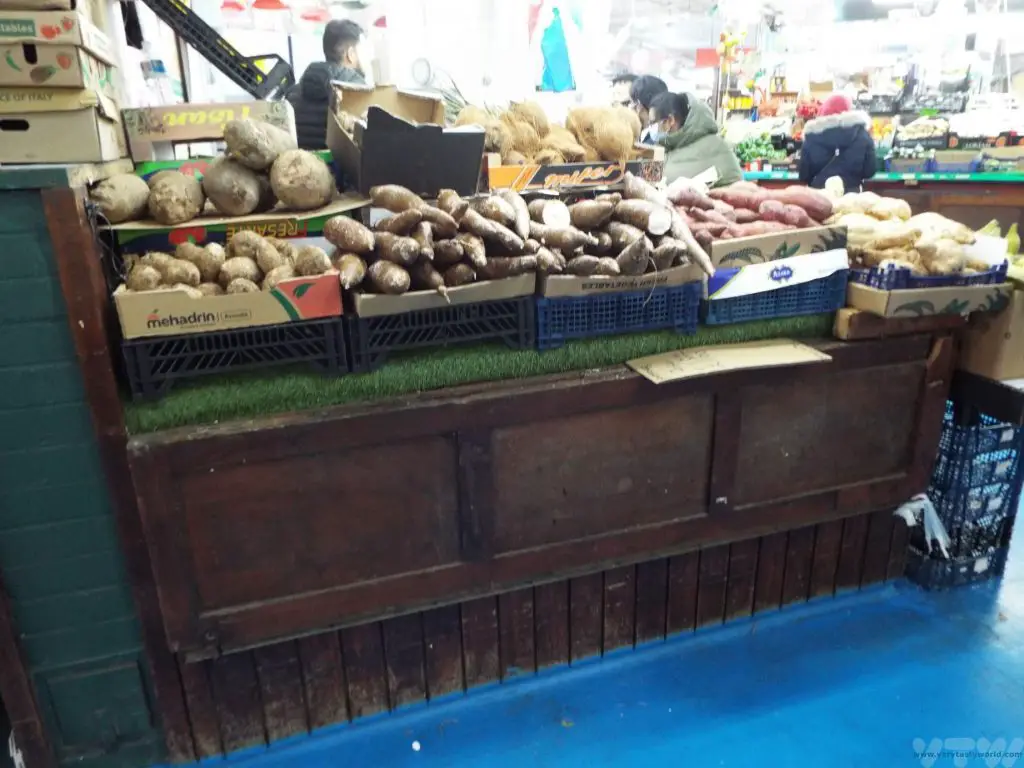
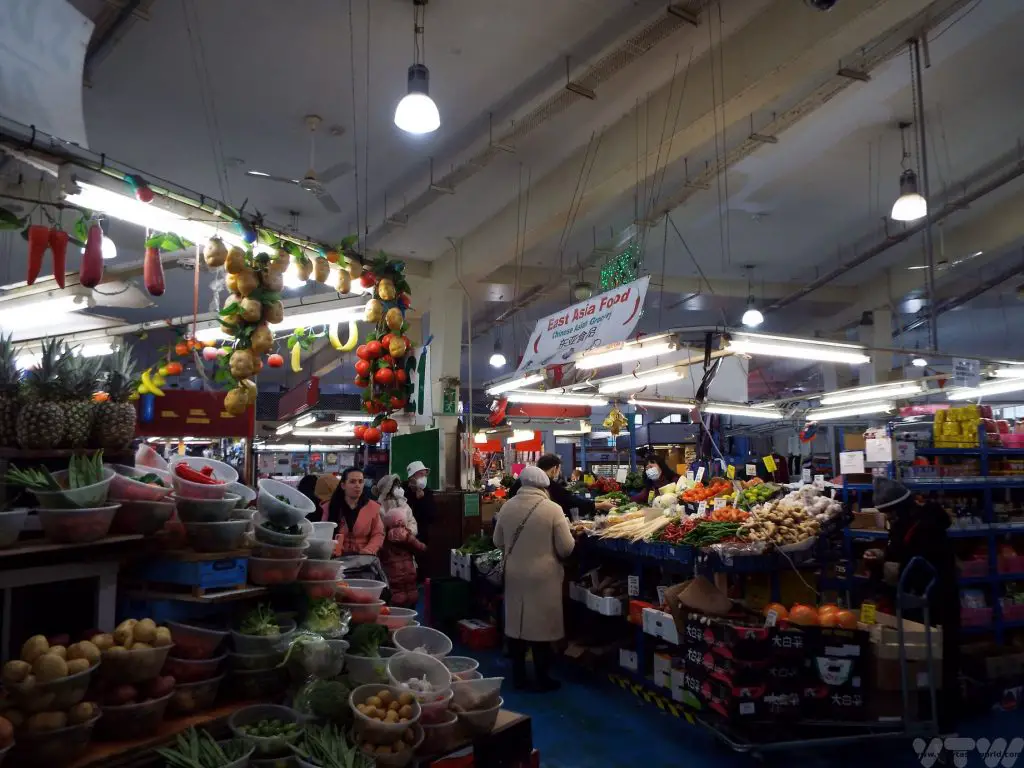
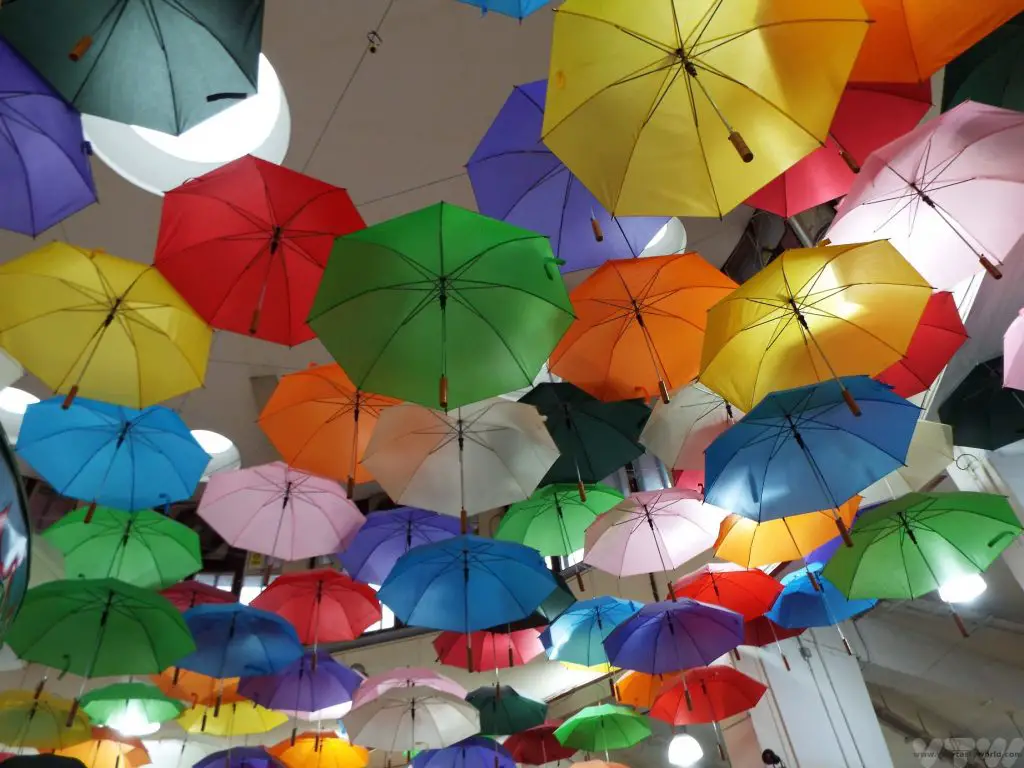
The Best – Or Worst – Road in the World?
Talking of circular things, Coventry’s ring road is one of the world’s smaller ring roads. Indeed it’s so tiny that you can circumnavigate the entire city in less than two minutes. Because the ring road is so teeny cars both enter and leave on the same section of junction, which is usually quite a short distance. This means that it’s something of a challenge for novices to drive on. In fact, we know several people who will drive several miles out of their way to avoid using it. (If you want to avoid it there is a Park and Ride service at War Memorial Park.) But it does work and is hugely convenient. There is a convention: Once on the ring road move to the outer lane unless you are planning to leave at the next exit. When planning to leave at the next junction, move across to the exit lane and exit. If you are about to exit and a car ahead of you is on the junction and planning to enter, slow down and let them enter. Conversely, if you are planning to exit and the car planning to enter is behind you, they should give way. And the same etiquette applies if you are joining the ring road. If you miss your junction you can just go round again – it won’t take long.
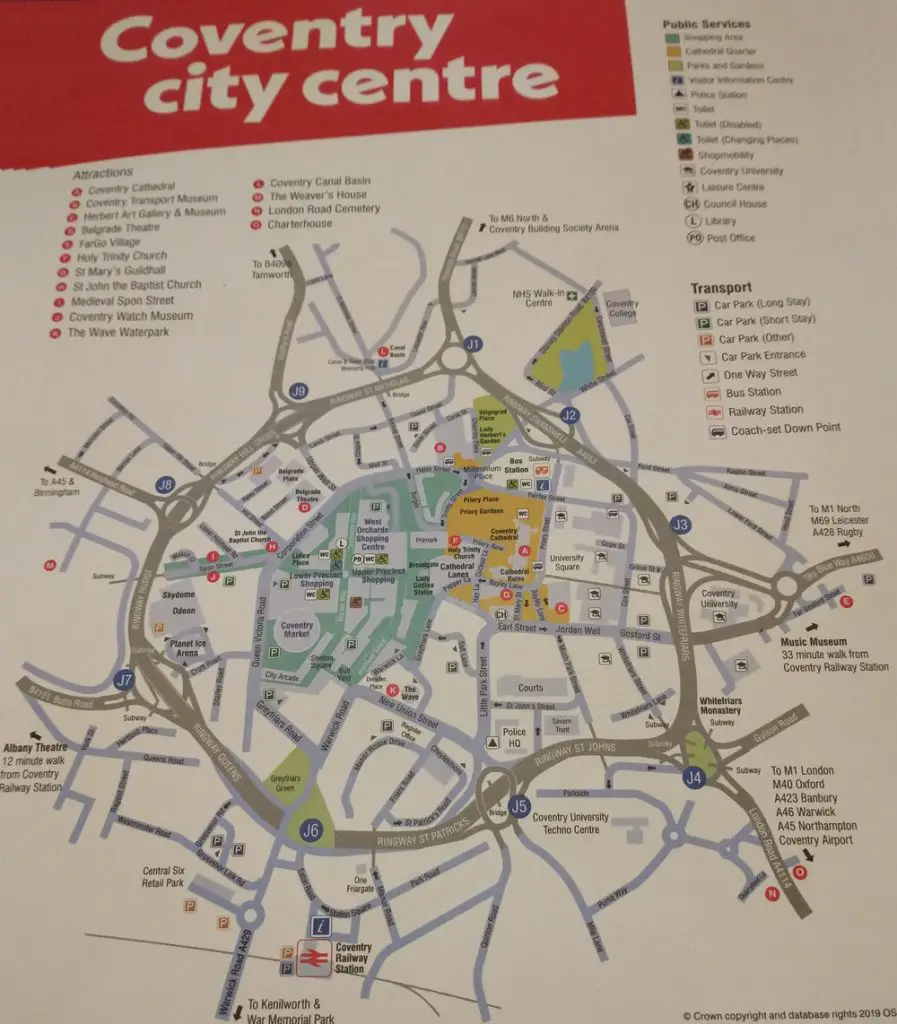



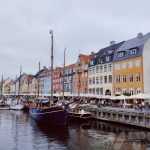
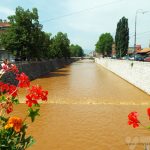

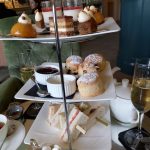


Interesting article as I knew nothing about Coventry besides its name. I particularly enjoyed all the history of the city. It’s always fun learning the meanings behind commonly used phrases too!
Thank you. Coventry is quite a small city but it does have a lot going for it. Yes, it’s always interesting to find the origins of phrases!
Great article. Adored the history intro – I never knew “being sent to Coventry” was derived from here. I had jeard of lady Godiva but never knrew about Peeping Tom – delightful, a name we use colloquially now. True blue and cofa tree also are names I never knew were from Coventry. I love these name associations and references as it gives a place a sense of history and meaning.
I went to Coventry many years ago but only to see the famous new Cathedral and bombed out old one. There is clearly a lot more here than I imagined. The Transport Museum would be high on my list – love cars especially. This has encouraged me to get back there and see more of my own country as it’s only 1.5 hours away from me. I’ll also know where to stop to eat and drink from your excellent reviews of eateries.
Thanks so much! It’s amazing how many colloquialisms were derived in Coventry. We can thoroughly recommend the Transport Museum – we’re not that into cars and we absolutely love it. Let us know if you’re likely to head up to the city – we’d be delighted to show you around!
Wow, thank you for such detailed history! I knew so little before, but now I feel like I have a good sense of the place – even though Ibhaven’t visited in person.
The photos are great, gorgeous architecture, and I love that you fit it some music history too! This is just great!
Thank you. Coventry has such an interesting history and there are so many places to see – especially if you know where to find them! The Music Museum is just delightful – well worth a visit!
Love all the history. Had no idea about most of this including that this was where lady Godiva made her famous ride.
Thank you! Yes, Coventry has a long and fascinating history. We also have a modern Lady Godiva who makes an appearance at local events.
Wow I had no idea that Conventry has such a rich history. I love the story of Lady Godiva! And I can never get enough of medieval houses and city walls 🙂
Thank you so much. Yes, Coventry’s history is fascinating. You do have to look for the old buildings but they are definitely there!
This is a great guide to Coventry! I know nothing about it but learned a lot from your article. The churches are incredible and I never realised there were so many Medieval buildings. Cool that it was the city of culture too!
Thank you! I’m really glad. The Three Spires are quite iconic – you can see them from miles away. We’ve really enjoyed all the City of Culture activities.
I’ve never heard of Coventry but it looks like a fascinating place to visit with so much history! I’ve always like the Lady Godiva story and didn’t realize it happened here or that’s the origin of a peeping Tom! It’s sad that so many buildings were destroyed but I’m glad they have been able to keep and restore some.
Thank you! Coventry has a really interesting history. The Lady Godiva and Peeping Tom story is Coventry’s best known legend. There is a Peeping Tom sculpture in the city centre but you have to look for it!
Great informative guide love all the history behind it. Would certainly love to do the music and car museums and the food looks good to. Who knew there would be so much to do in Coventry
Thank you very much. Both museums are definitely worth visiting – interesting and informative. Coventry has changed so much – and for the better – over the years.
I loved reading about the history of Coventry, how fascinating. I must plan a road trip “up north” when we return to the UK as I haven’t been here. The architecture is beautiful and so good that part of the city wall is still standing. Going to bookmark this! Thank you
Thanks so much, Wendy. The mediaeval architecture is lovely – but you do have to look for it! You can actually stay in the Swanswell city wall gate these days as it has been converted to holiday accommodation.
What an incredibly rich history and how amazing they got out of the ghost town slump while creating their own music style. Interesting connection with cars. All Germans of my generation know Coventry because of the bombing, I’ve visited it when I was a kid. It’s lovely how it is a young town today and well done there on the City of Culture status. I’m not at all surprised that you found some great eateries. That Korean-Japanese place would be the top of our list.
Thanks so much, Stefan. Coventry has a fascinating history and has changed dramatically over the years. The city is twinned with Dresden and there are lots of friendship collaborations between both cities – with art exhibitions as well as music and cultural exchanges. The Korean-Japanese restaurant is well worth a visit!
I love all this history and there really is so much to see. St. Michael’s Cathedral is stunning! I will now add this to my list 🙂
Thank you so much. Coventry has a great history and lots of interesting places to visit.
[…] Sent To Coventry […]
[…] Sent To Coventry […]
What a great article about one of my favourite cities. I really enjoyed the history lesson which always helps me fall in love with a place. You have pointed out a couple of places I need to see on my next visit.
The music museum is so much fun for children (and seniors) of all ages. I spent several hours there on multiple occassions!
Lyn | http://www.ramblynjazz.com
Thank you! I’m so glad you have visited – and like – Coventry! The music museum is great fun. Yes, a couple of attractions have opened up in the last couple of years – Charterhouse and St Mary’s Guildhall are mediaeval buildings which have recently been fully refurbished and are really interesting. They have so much history.
Well I never know Coventry had so much history. I’ve only been once when I was back in school looking at universities to attend and Coventry was on my list. Anywhere that has Doctor Who connections needs to be visited though. And I also had no idea about the Lady Godiva connection. The old buildings remind me a bit of my hometown which also has a lot of history. I will definitely look at visiting Coventry on a future visit to the UK
I’m really glad to learn you have visited Coventry! The Delia Derbyshire music connection is interesting – we once heard an arrangement of the Dr Who theme tune played inside Coventry Cathedral and it was great! Lady Godiva is a great legend. We’d be delighted to welcome you to Coventry on a future visit to the UK!
Thank you for introducing me to Coventry as I was totally unfamiliar with the city.
From what I have read it seems to be a city with lots of activities to do. The one that caught my attention the most was undoubtedly the transport museum 🙂 it must have a fantastic collection!
The gastronomic offers besides being diversified seem quite appealing!
Thank you. Yes, Coventry has lots of things to see and do. The transport museum is really brilliant – we’re not that interested in cars and we find it fascinating. We visit quite regularly. The older cars are particularly interesting.
I think every travel blogger should be ‘sent to the Coventry’ not to do labors but to learn about this fascinating city steep in history sans the peeping toms lol. As I have never been to the UK myself, it’s always a wonderful feeling to be able to read posts like this one. I wonder what Lady Godiva would think? Lots of things to do and immersed oneself into. So I am spying on that lovely Vietnamese and Japanese dish..might be my first thing to do when visiting Coventry soon #flyingbaguette
Jan – https://flyingbaguette.com/
Thank you! Yes, every travel blogger should be sent to Coventry. We reckon Lady Godiva would be delighted!
I would have never thought to visit Coventry but now you have shone a light on what there is to do which is great! The city clearly has an interesting history and culture. Shopping and a nice break in one of the green parks would be a nice way to spend time there. Looks like Coventry is a foodie city too, and as Sushi is my favourite I’m going for that all day!
Coventry is surprising in that there are lots of things to see and do. It has a lot of green spaces. And because it’s such a multi-cultural city, the food scene is great!
Lady Godiva’s husband refused to reduce the tax burden unless she agreed to ride through the city naked? And the city built a statue to commemorate a peeping tome?? I have some questions/concerns! Despite that, Coventry looks quite charming. I like the Weaver’s House museum, Fargo Village, and the variety of food available.
Hee! The naked ride was more about Lady Godiva calling Leofric’s bluff – he didn’t think she’d do it. I should put up a photo of the Peeping Tom – he really is very creepy indeed. Joking apart, Coventry’s a lovely city. The Weaver’s House is fascinating and a fantastic part of the city’s heritage.
What a fascinating history of Coventry, I did not know most of that I think I knew only about the bombing during World War II. St Mary’s Guildhall looks like an interesting and beautiful place to visit. I love visiting places like The Weaver’s House- I feel like it gives a better look at life in the area instead of the famous houses or mansions!
Thank you! Yes, Coventry is most famous for the bombing but also has a lot of history to explore. We love the weaver’s house. Yes, stately homes can get a bit samey, this is fascinating!
That’s very true, often Coventry is just a passing through on the way to Birmingham, thanks for sharing your local insights to the city and highlighting some of the interesting bits that are defo worth getting off the train. Is the phrase “to send someone to Coventry” still in use btw?
I’ve also checked for “cofa” in my etymological dictionary. I couldn’t find “cofa” but “coffer” (sadly no connection to coffee), which originates from Middle English/French and means “chest”, an association for stored valuables in the sense of financial reserves is also close. So maybe there are some treasures guarded by Coventry?
Carolin | Solo Travel Story
Thank you. Yes, Coventry is often overlooked but we reckon it’s most definitely worth a visit. The phrase “to send someone to Coventry” was definitely used when we were kids, less so now. The cofa thing is really interesting – no one really knows what it is! Interesting association with coffers – we’re not sure about any guarded treasures, unless there’s something someone hasn’t told us about!